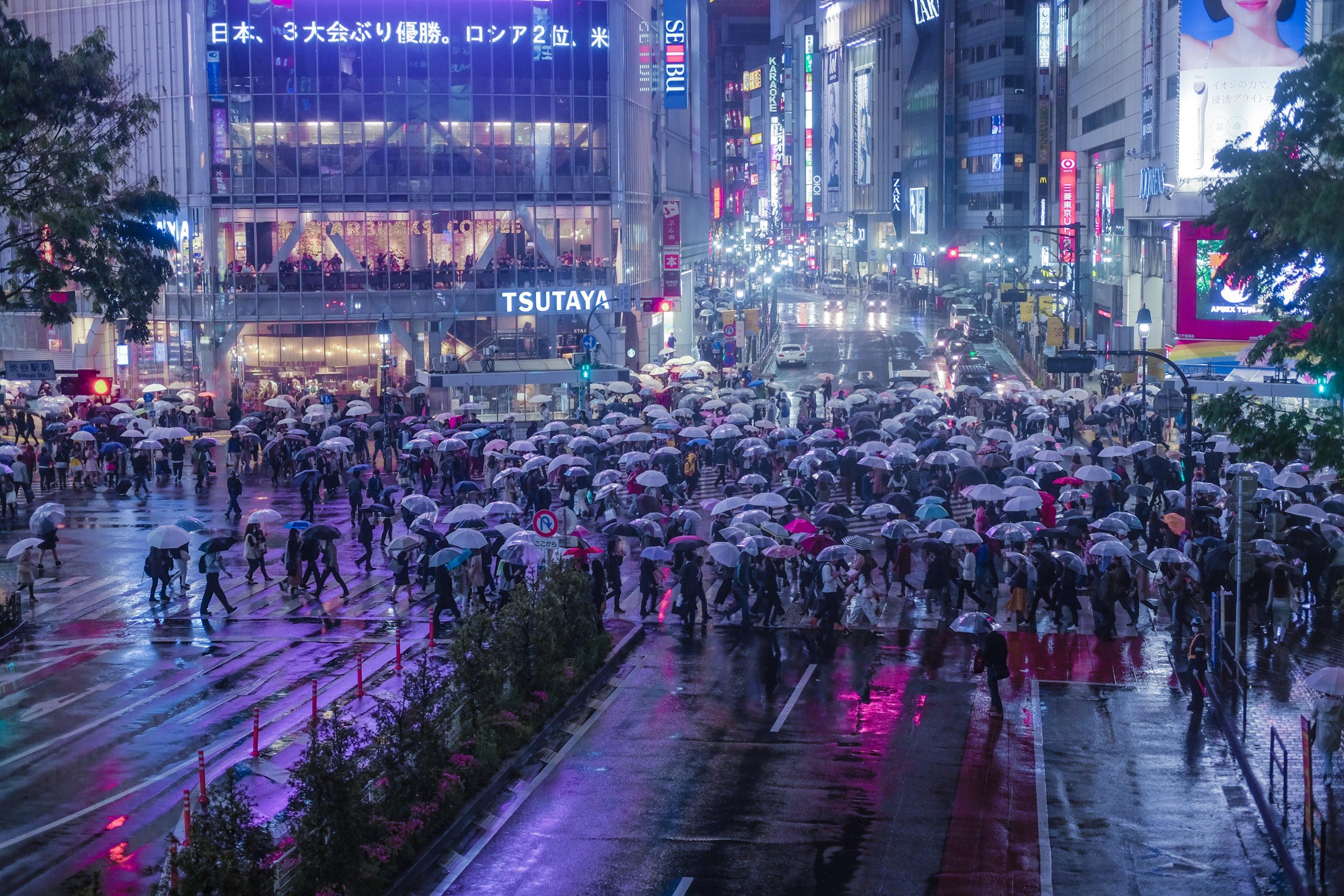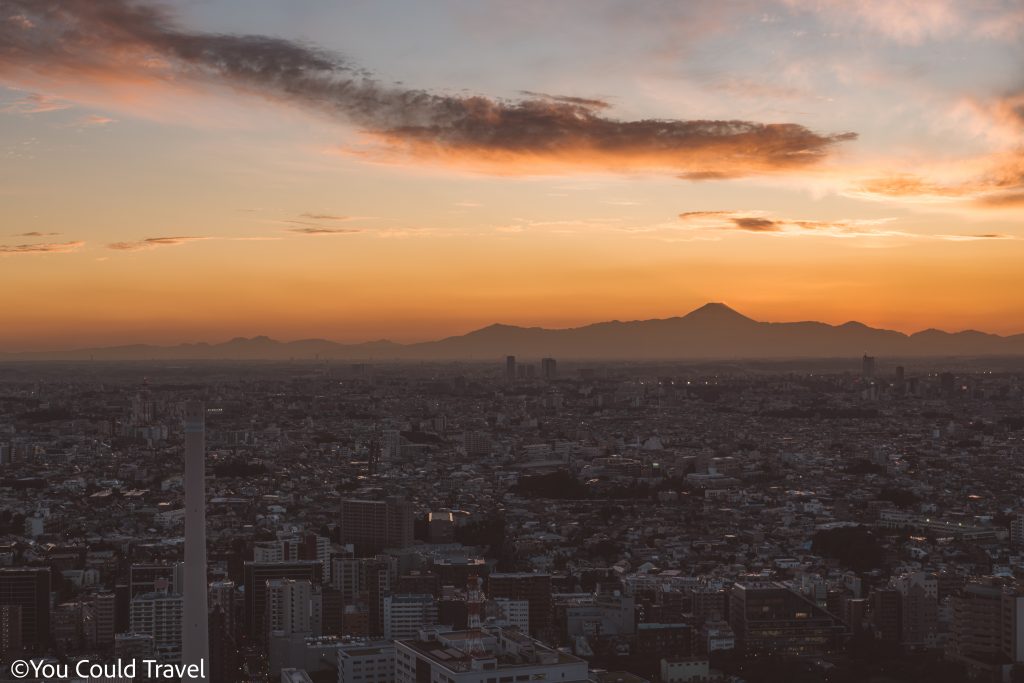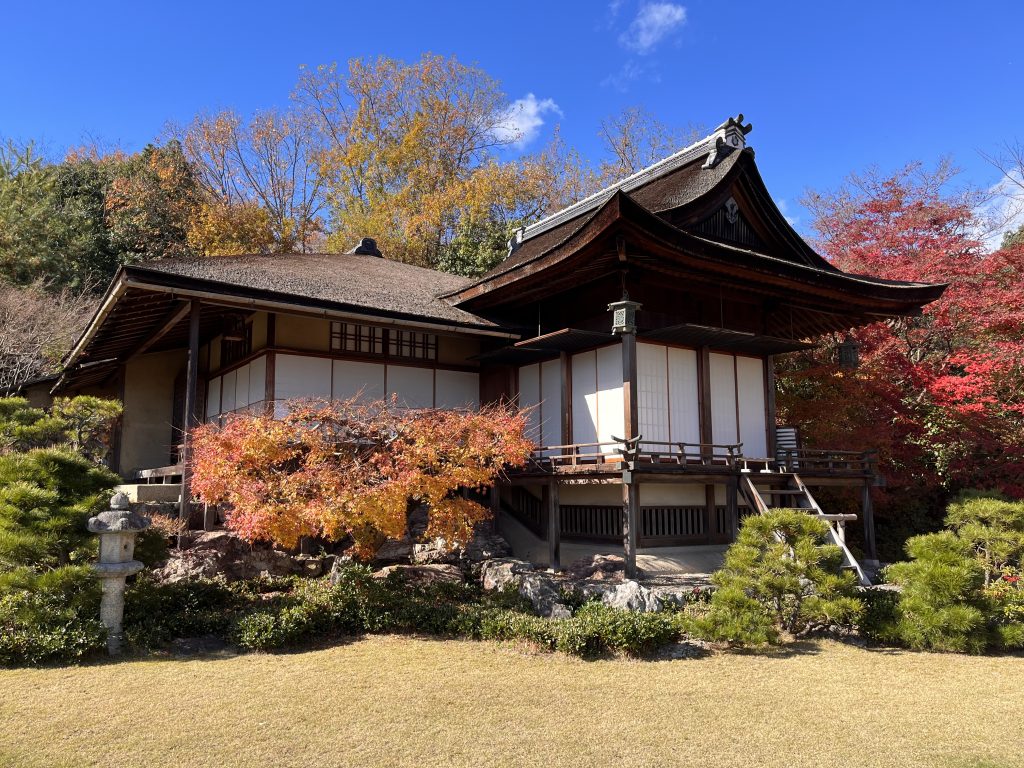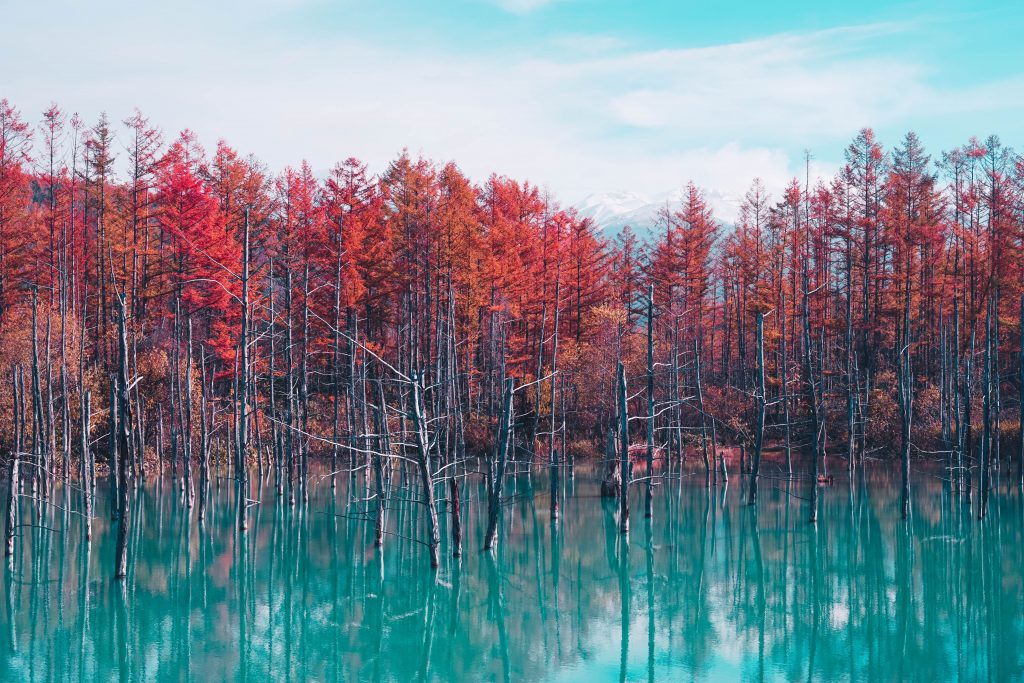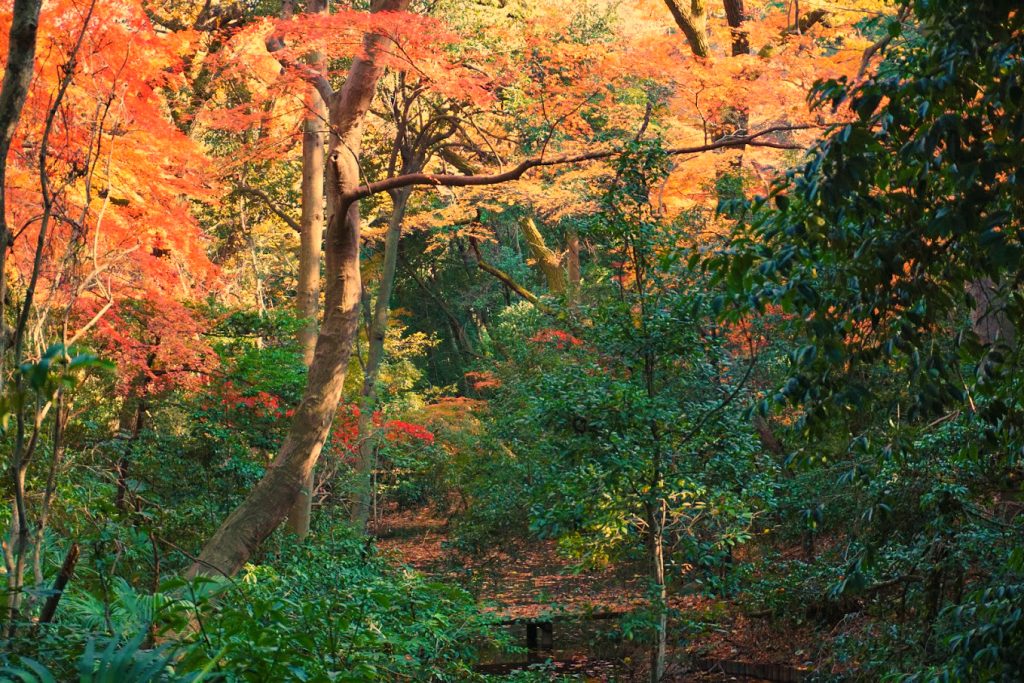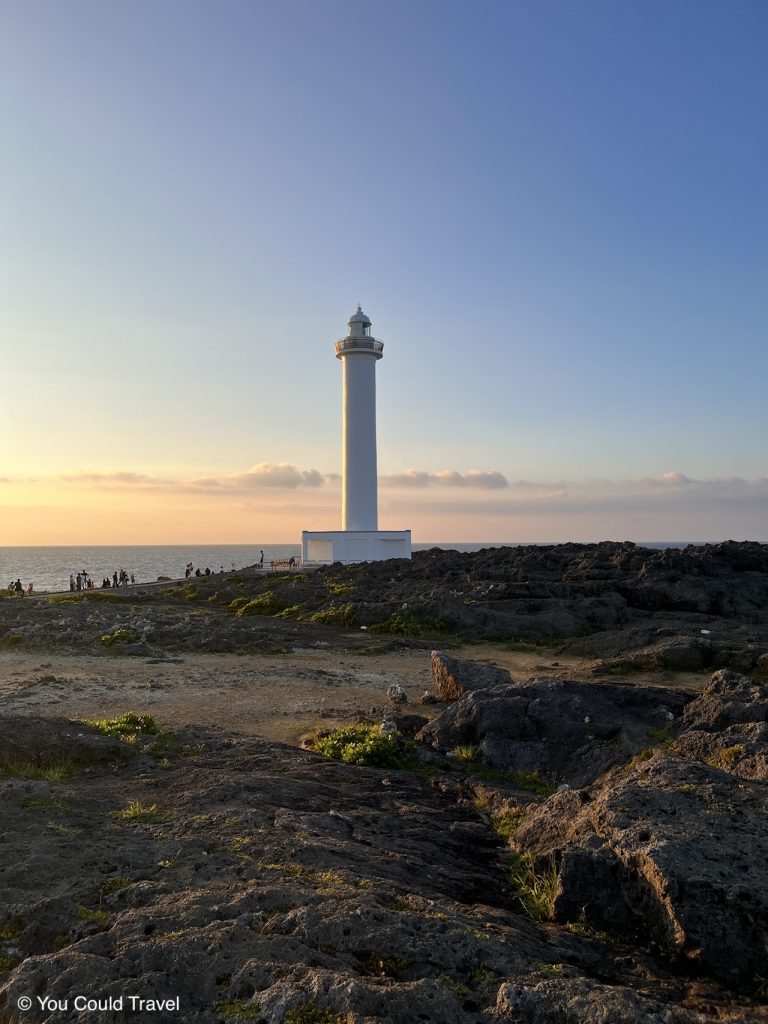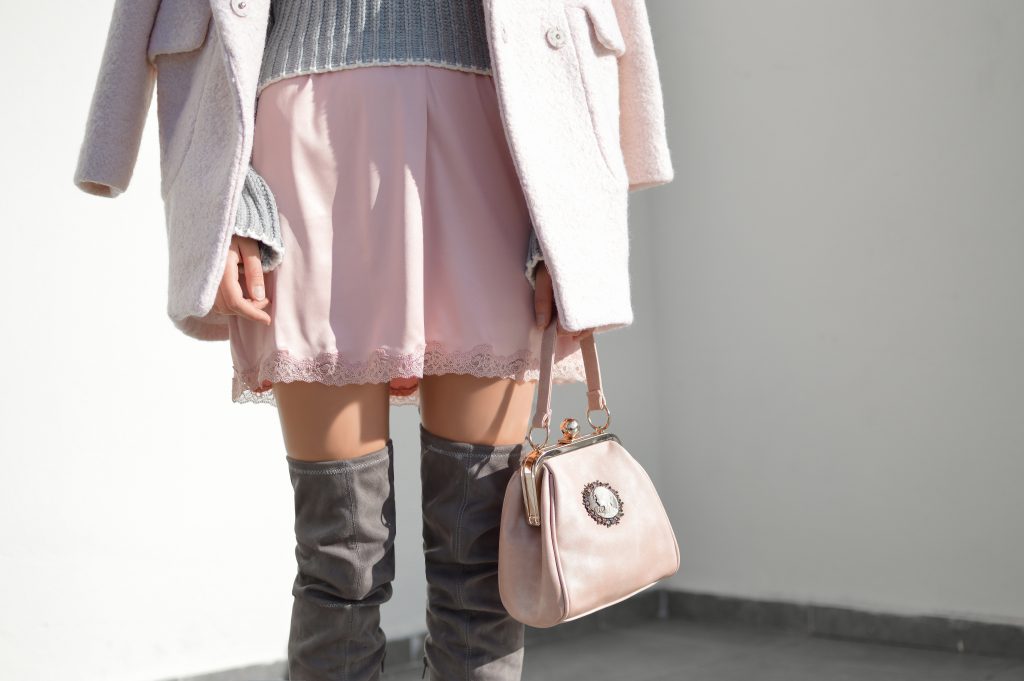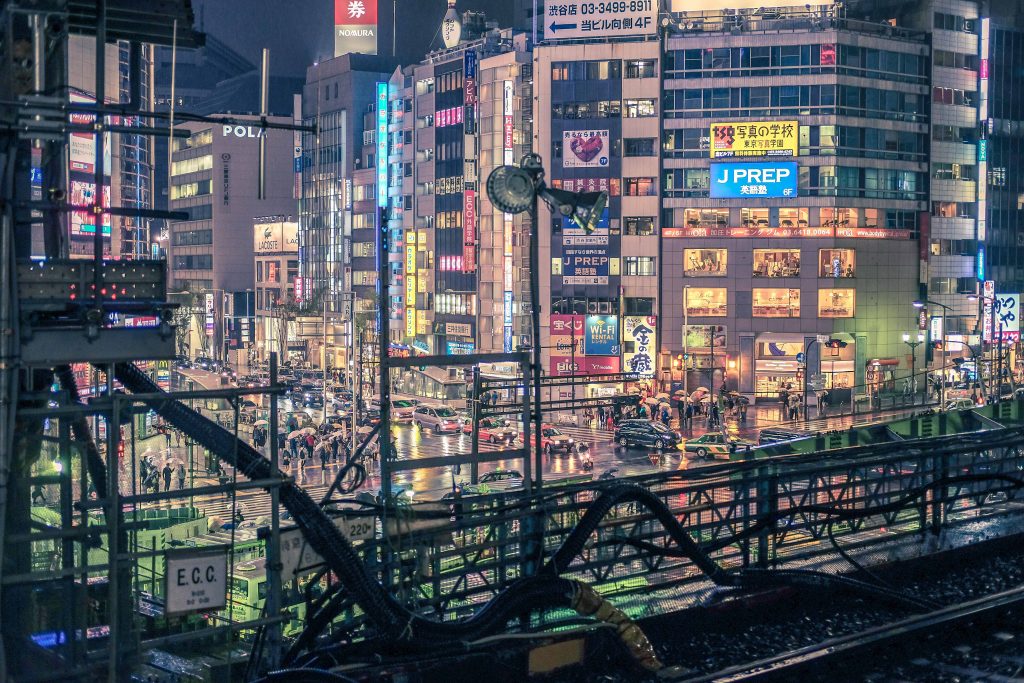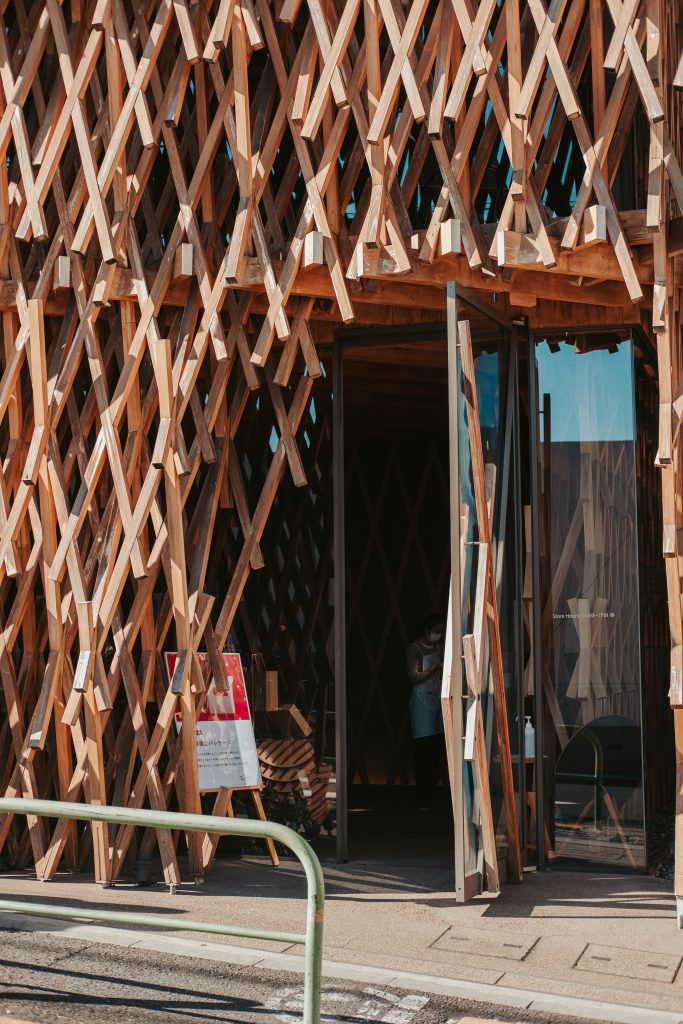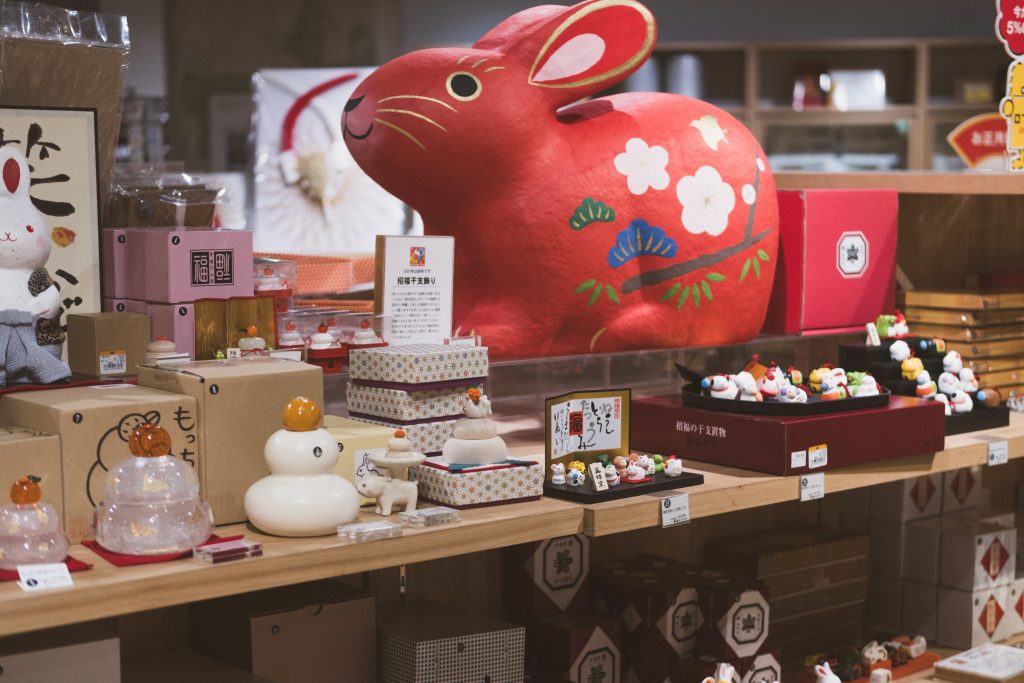Japan is an island country in East Asia. Japan spans an archipelago of 6852 islands. Its five main islands are called Honshu (home to Tokyo and Kyoto), Hokkaido, Shikoku, Kyushu, and Okinawa. Japan’s capital city is Tokyo, the most populous metropolitan area in the world.
Japan’s history is colourful and exciting, and there is evidence that it started in the Upper Paleolithic (30,000BC). Japan is a fascinating country that has seen the rise and fall of emperors, shōguns (military dictators), feudal lords while being ruled by samurai.
Table of Contents
- Japan Travel Guides
- Things to know about Japan
- Visa
- Safety in Japan
- Best time to visit Japan
- How to get around
- Japan itineraries
- Things to do in Japan
- Bathe in an onsen
- Go on a pub crawl in Tokyo
- Dress in a kimono
- See the Snow Monkeys in Nagano
- See a game of Sumo
- Go skiing in Japan
- Visit Akihabara
- Take the Shinkansen
- Have a karaoke session
- Eat street food
- See the cherry blossom season
- Places to see in Japan
- Fushimi Inari Shrine
- Mount Fuji
- Arashiyama Bamboo forest
- Miyajima Island
- Nikko
- Yoshino
- Hokkaido
- Okinawa
- Kamikochi
- Kumano Kodo
- What to pack for Japan
- Where to stay in Japan
- Japanese cuisine
- Shopping and Souvenirs
Japan is mountainous and forested, with its highest point Mount Fuji, at 3,776 meters (12,385 feet). Japan is part of the Ring of Fire, a region around much of the rim of the Pacific Ocean where many natural disasters such as volcanic eruptions and earthquakes occur.
Most Japanese people practise a blend of Shintoism and Buddhism. The native religion of Japan is Shinto, a polytheistic faith with a focus on celebrating the natural world. It’s not uncommon to find Buddhist temples and Shinto shrines at the same site.
Visiting Japan means immersing yourself in ancient and rich Japanese culture that spans thousands of years and evolved to become one of the most advanced and modern countries in the world.
Japan Travel Guides
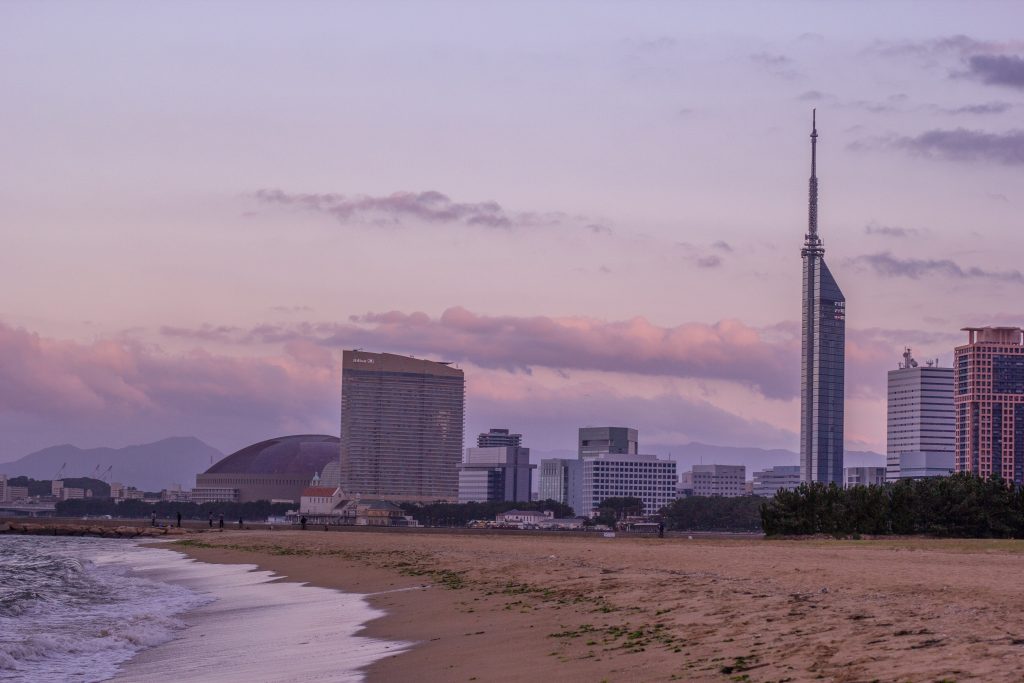
Travel Guide to Fukuoka

Travel Guide to Hakone
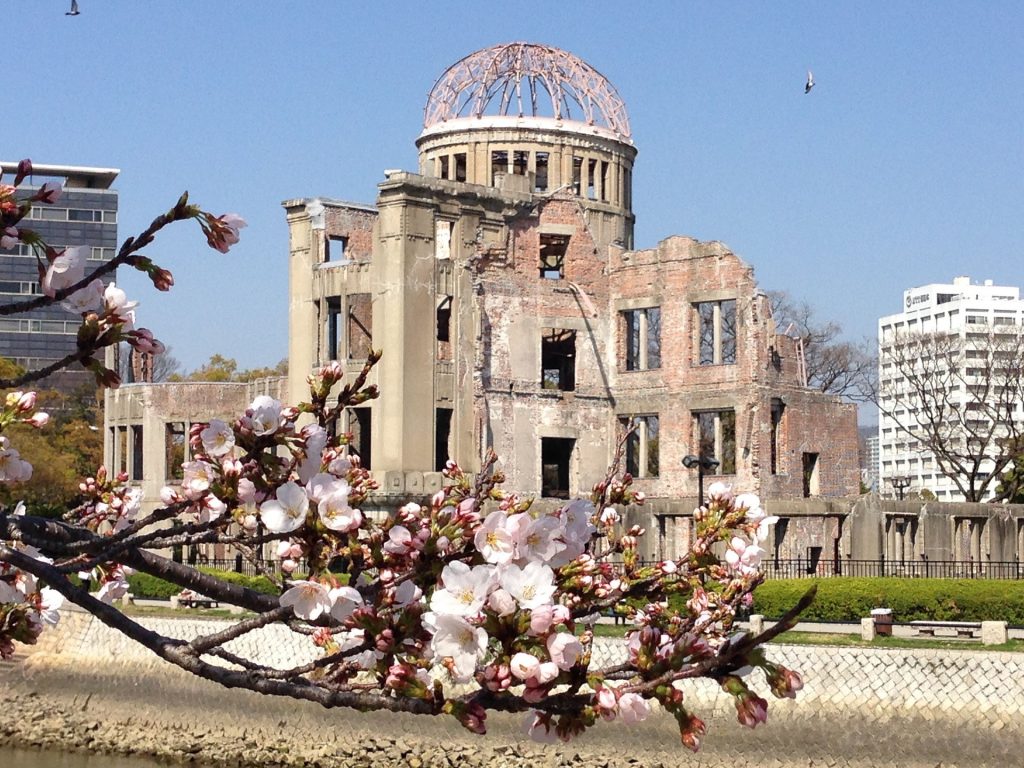
Travel Guide to Hiroshima

Travel Guide to Hokkaido
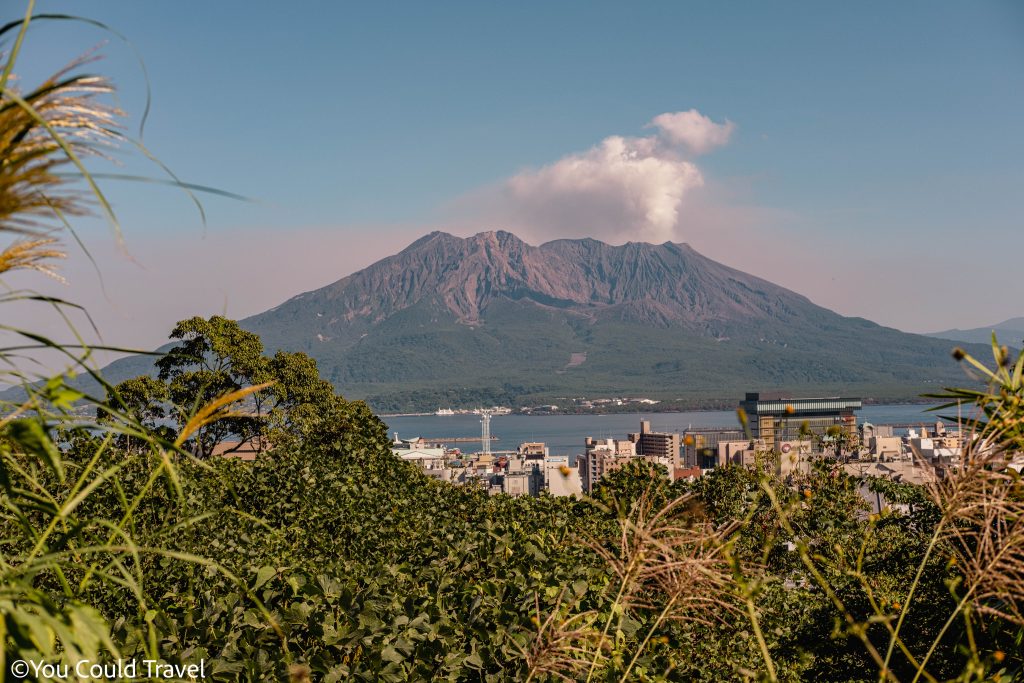
Travel Guide to Kagoshima
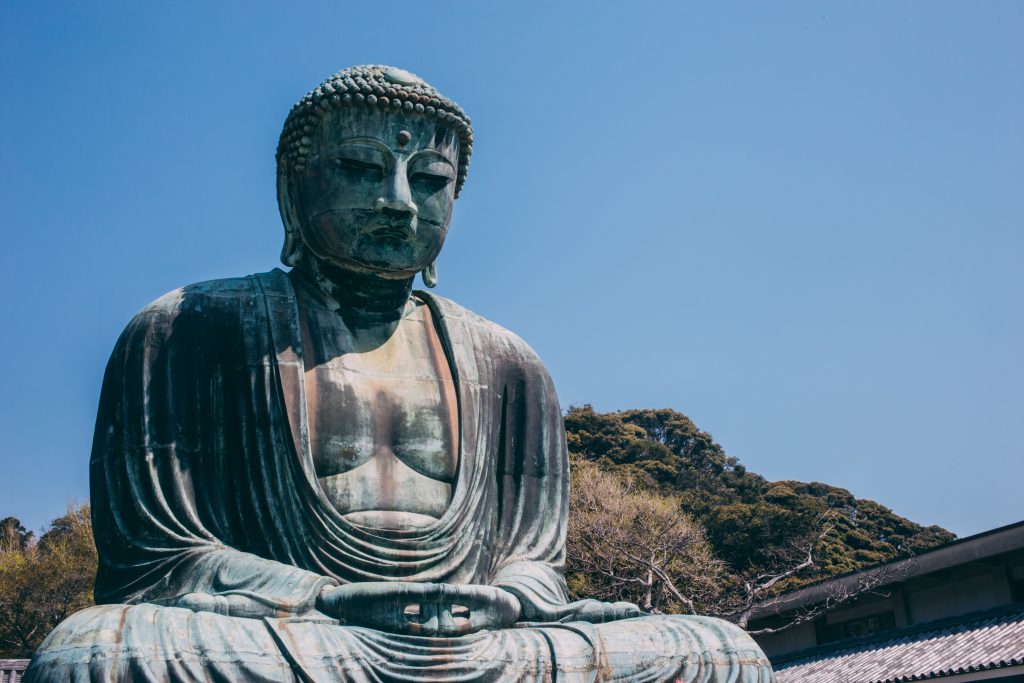
Travel Guide to Kamakura
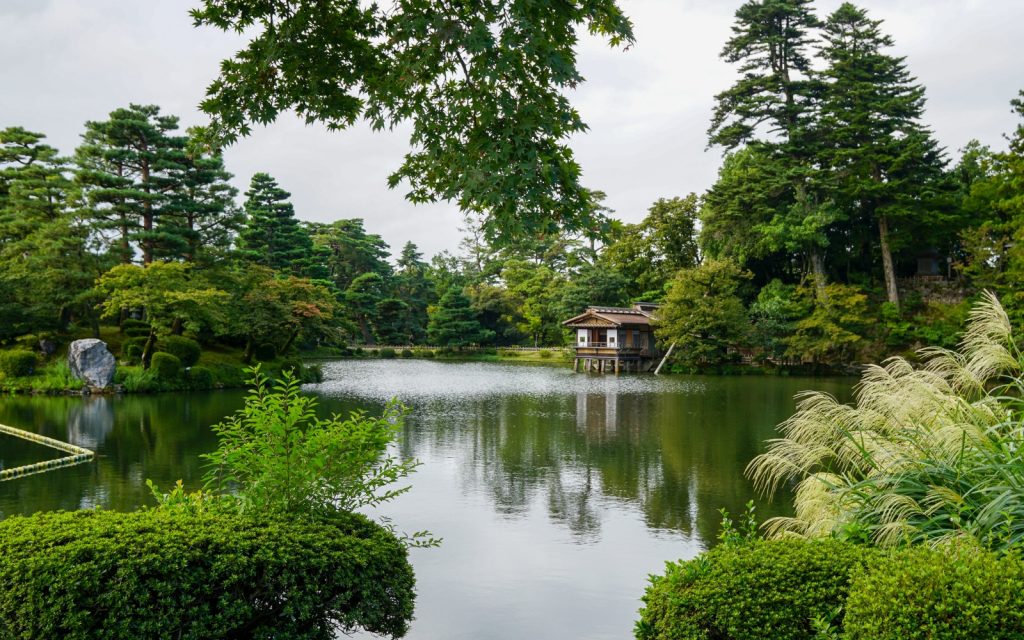
Travel Guide to Kanazawa
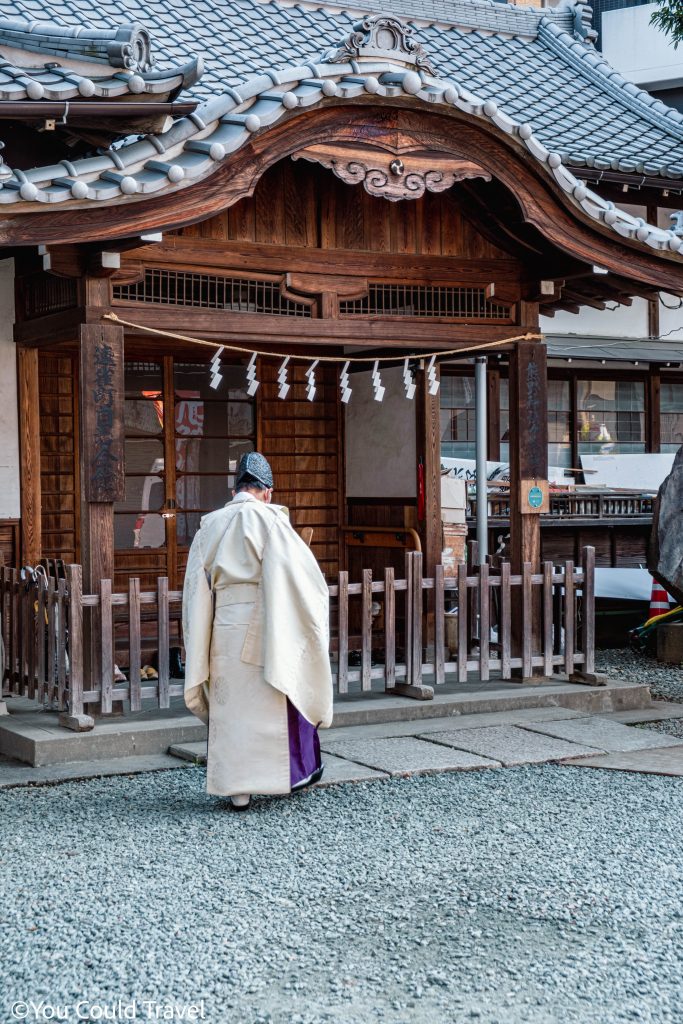
Travel Guide to Kawagoe

Travel Guide to Kobe
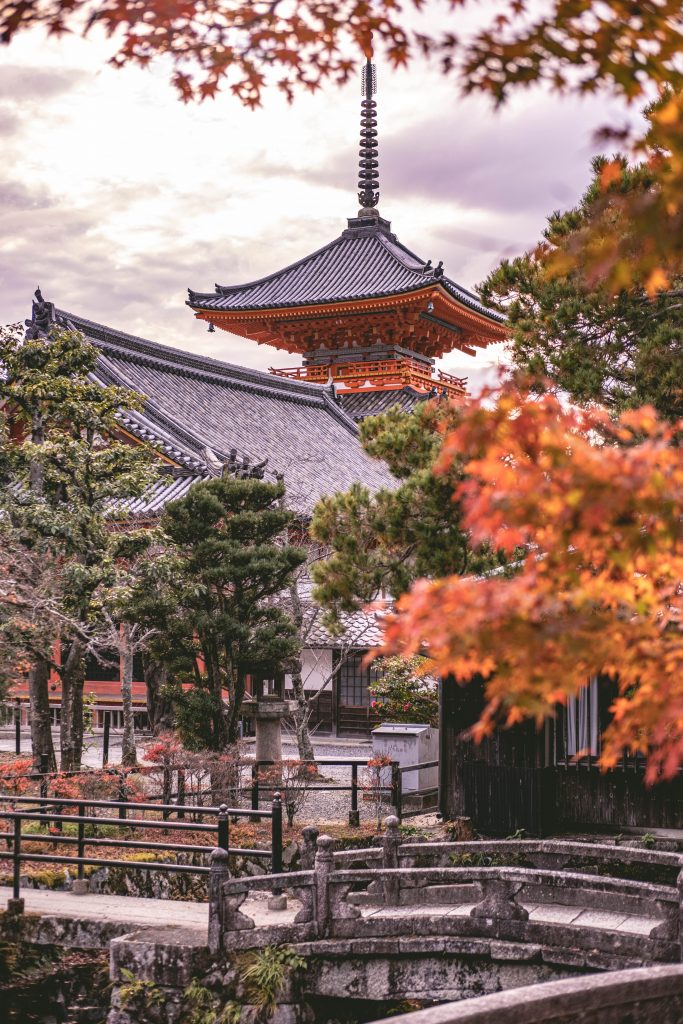
Travel Guide to Kyoto

Travel Guide to Mount Fuji
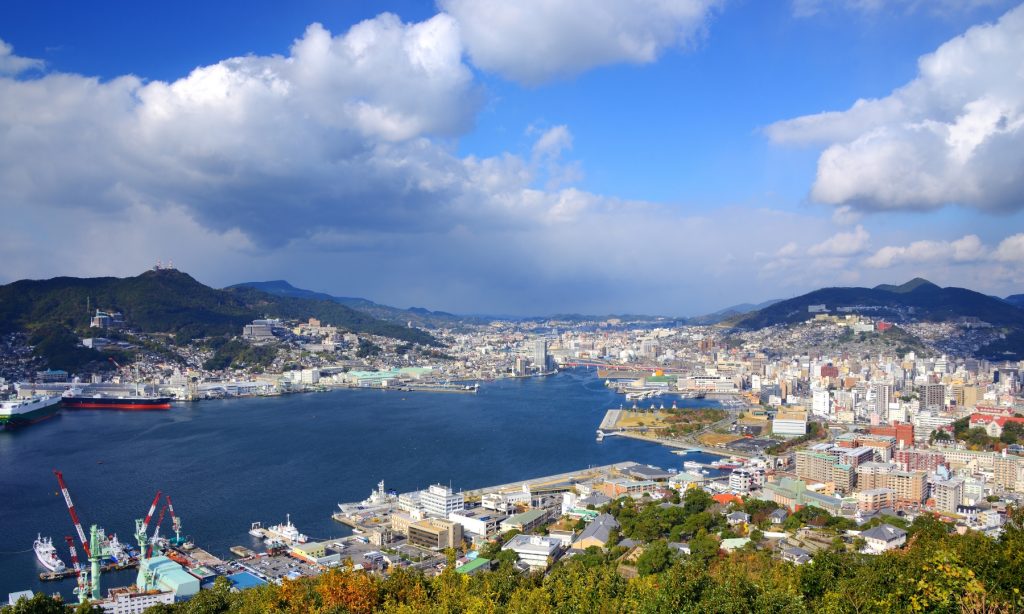
Travel Guide to Nagasaki

Travel Guide to Nagoya
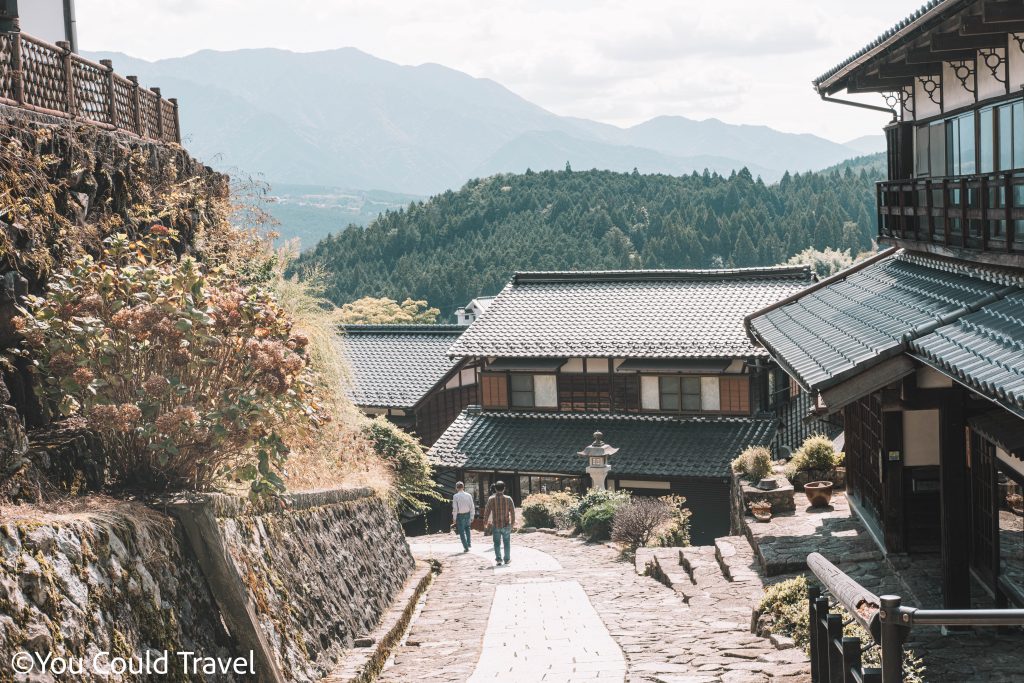
Travel Guide to Nakasendo
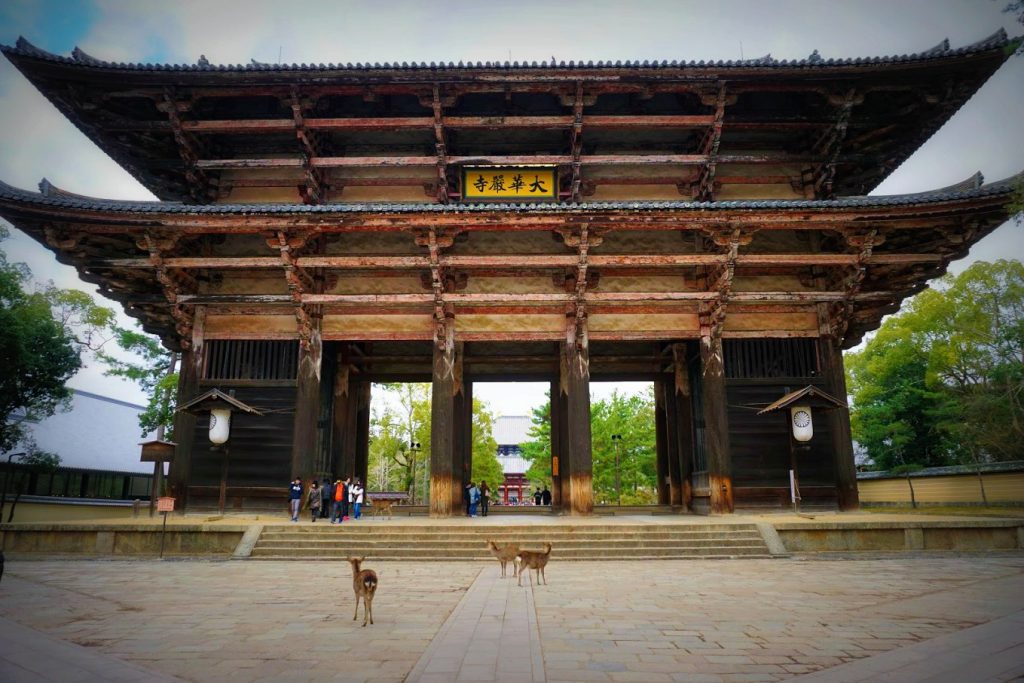
Travel Guide to Nara

Travel Guide to Nikko
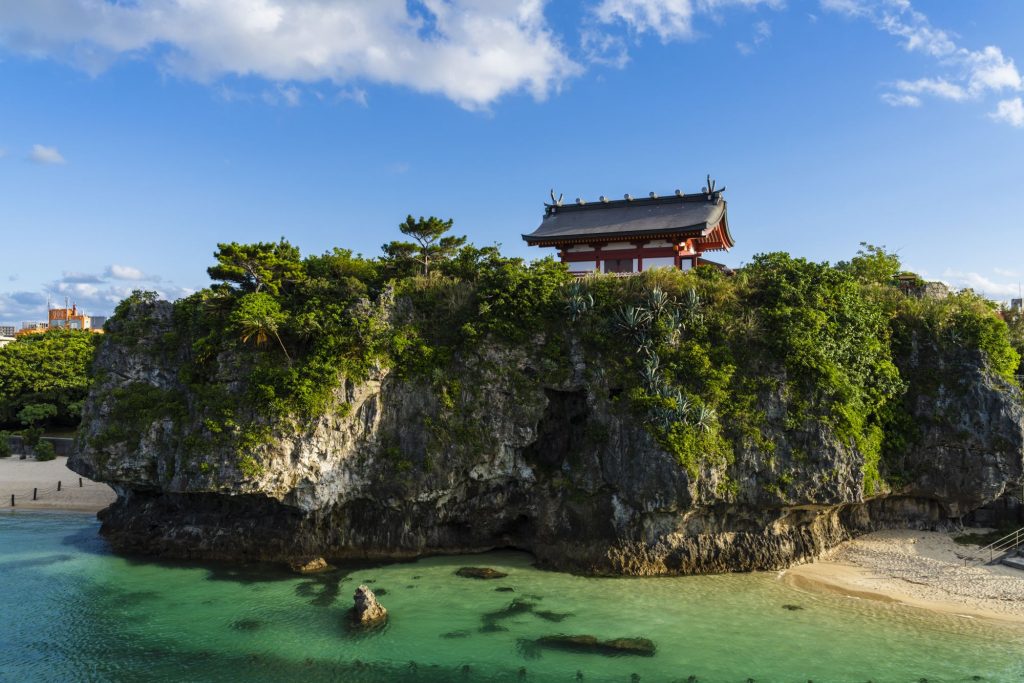
Travel Guide to Okinawa
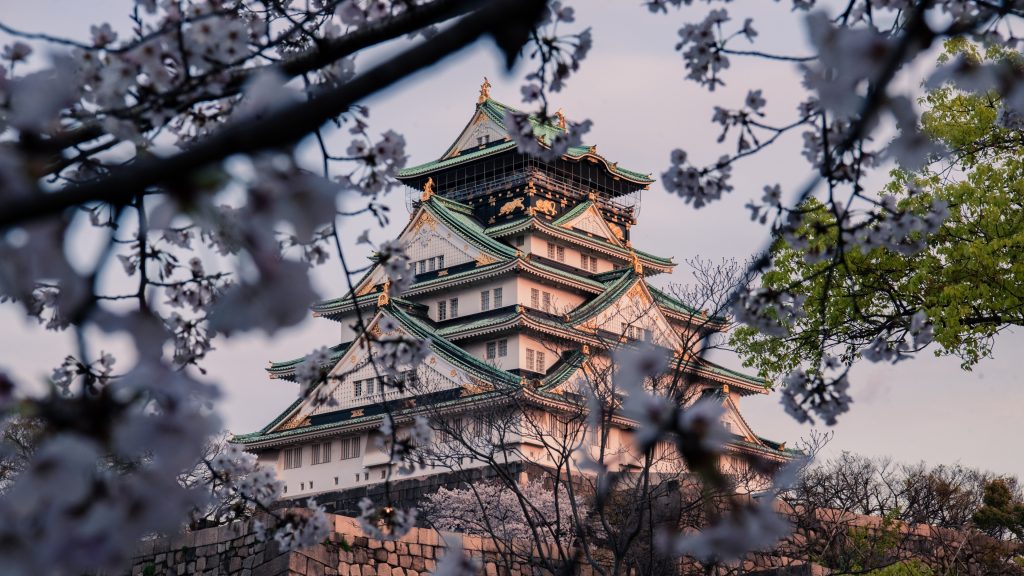
Travel Guide to Osaka

Travel Guide to Takayama

Travel Guide to Tokyo
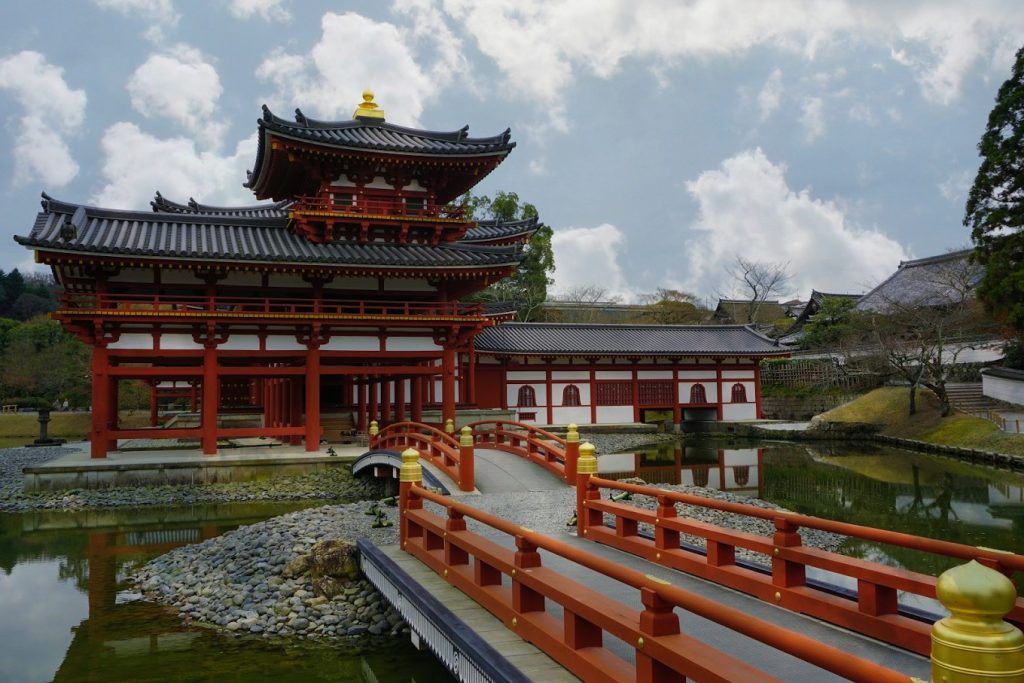
Travel Guide to Uji

Travel Guide to Yokohama
Things to know about Japan

So Desu Ne Meaning
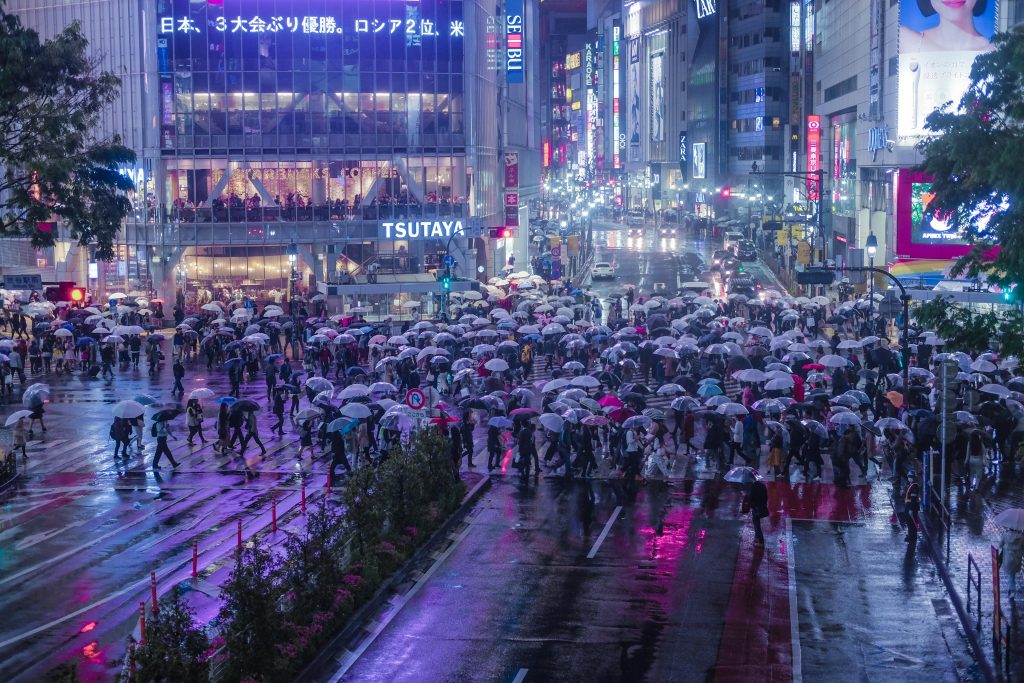
Japan to Launch Digital Nomad Visas in March 2024
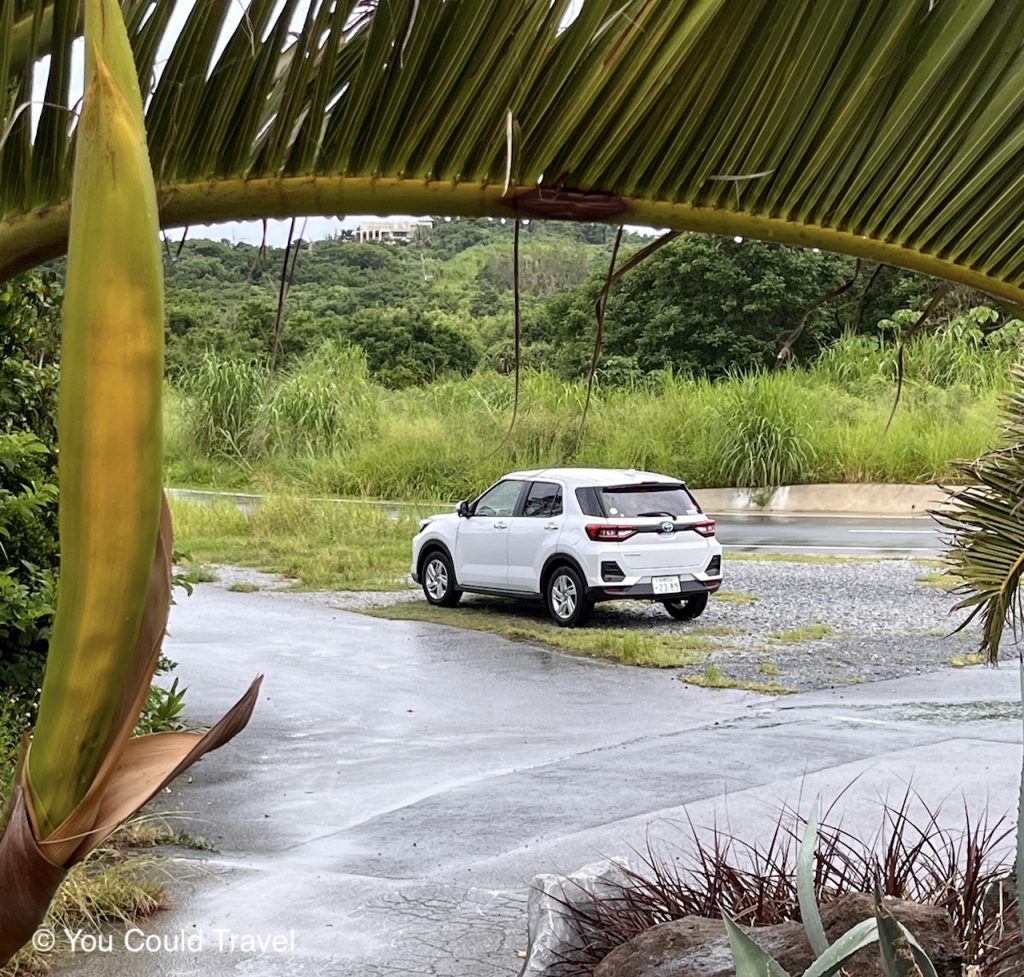
Renting a car in Okinawa

Introduction to Japan Cinematography
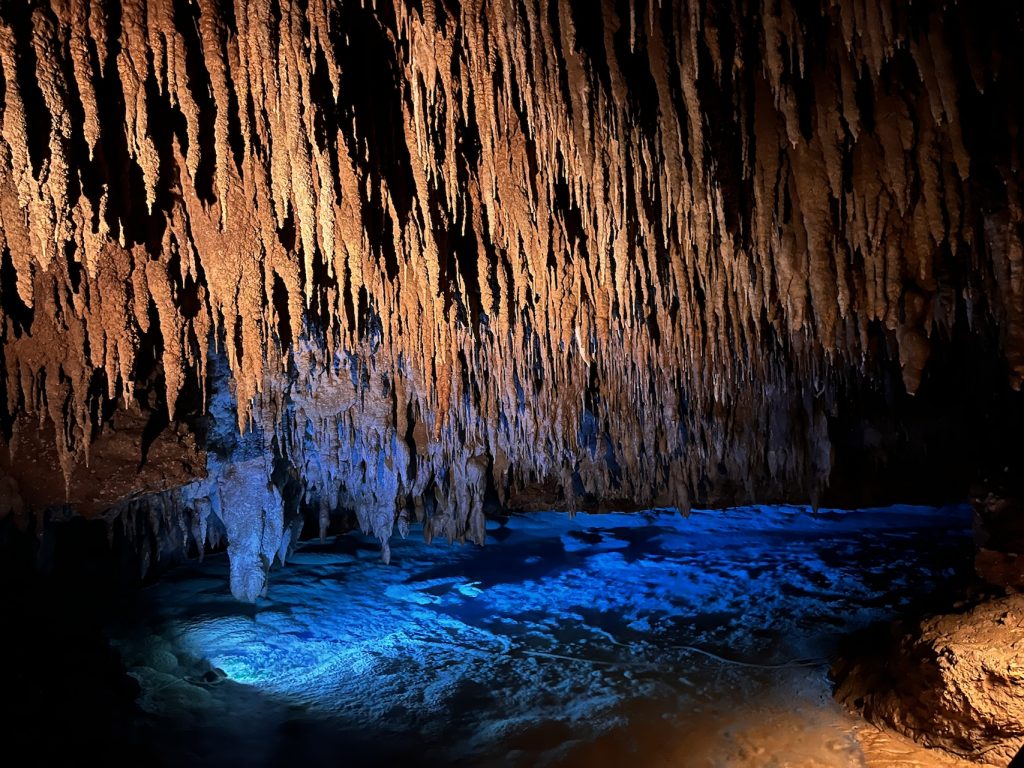
Discovering Gyokusendo cave
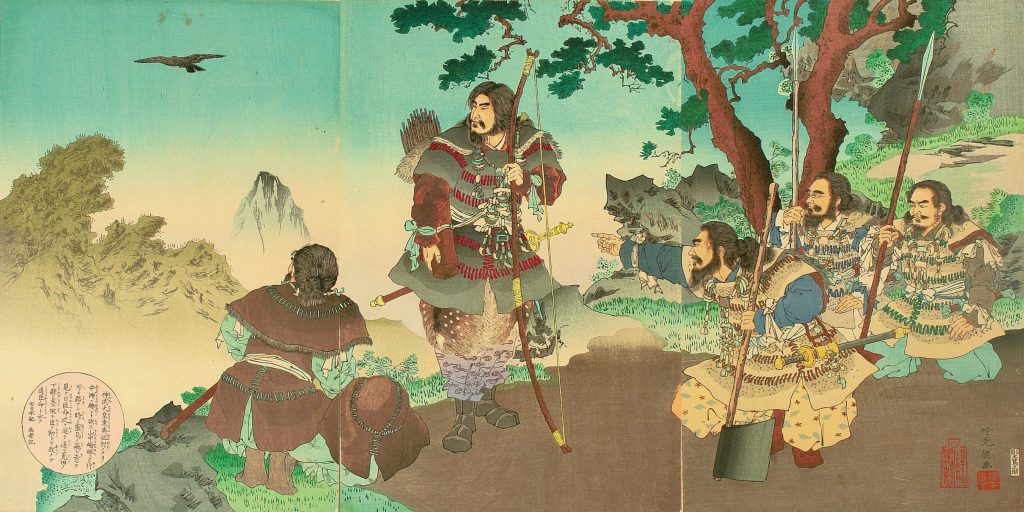
8 Beautiful Japanese Legends
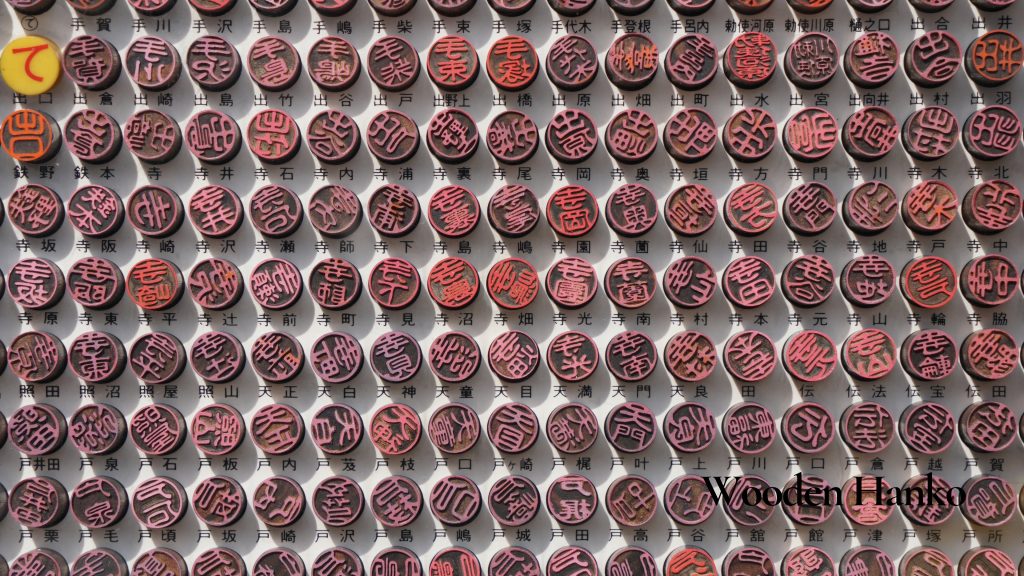
Hanko – Japanese Signature Stamp

Kyoto vs Osaka: Which is better?

Beautiful Japanese Words

Best Travel Apps for Japan
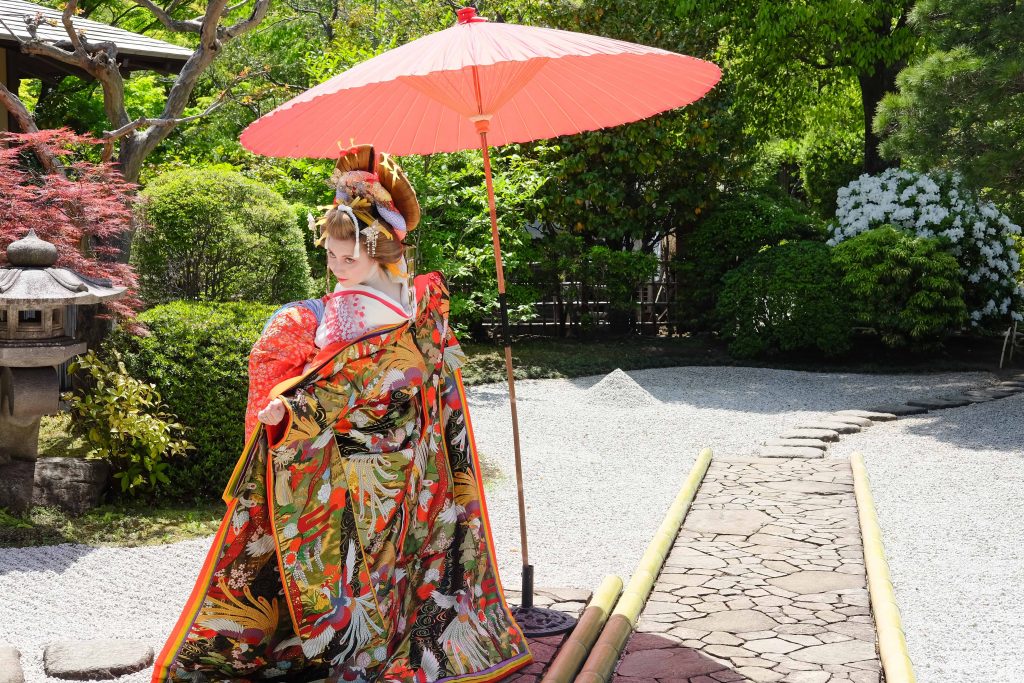
Oiran vs Geisha – Key differences

Visiting Japan with tattoos

Useful Japanese Phrases for Tourists
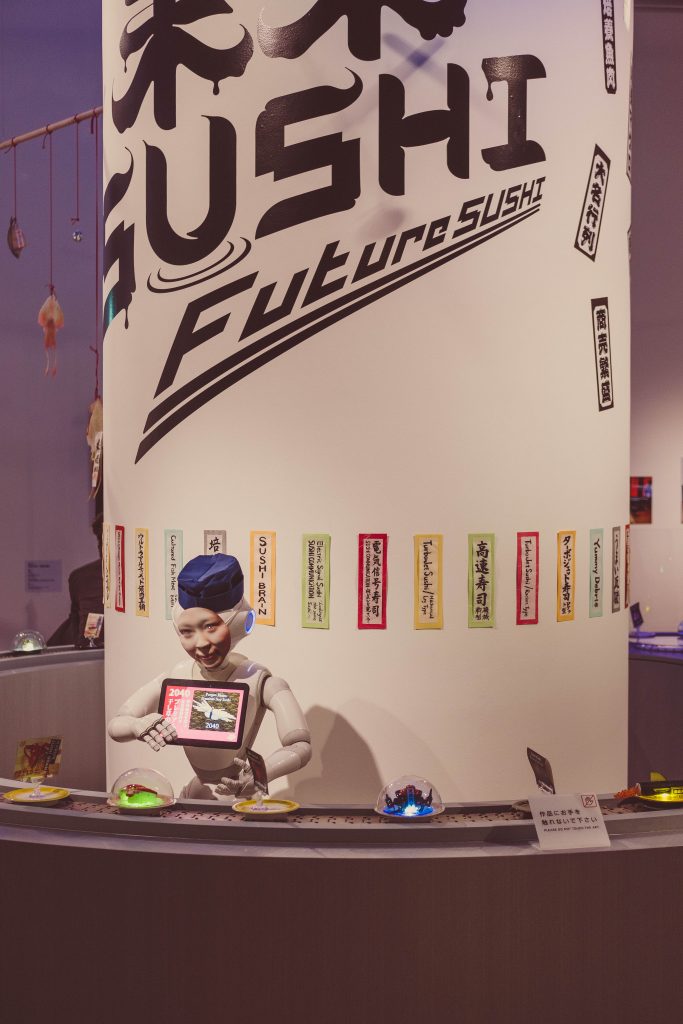
What is Japan famous for?

Autumn leaves (Koyo) in Japan
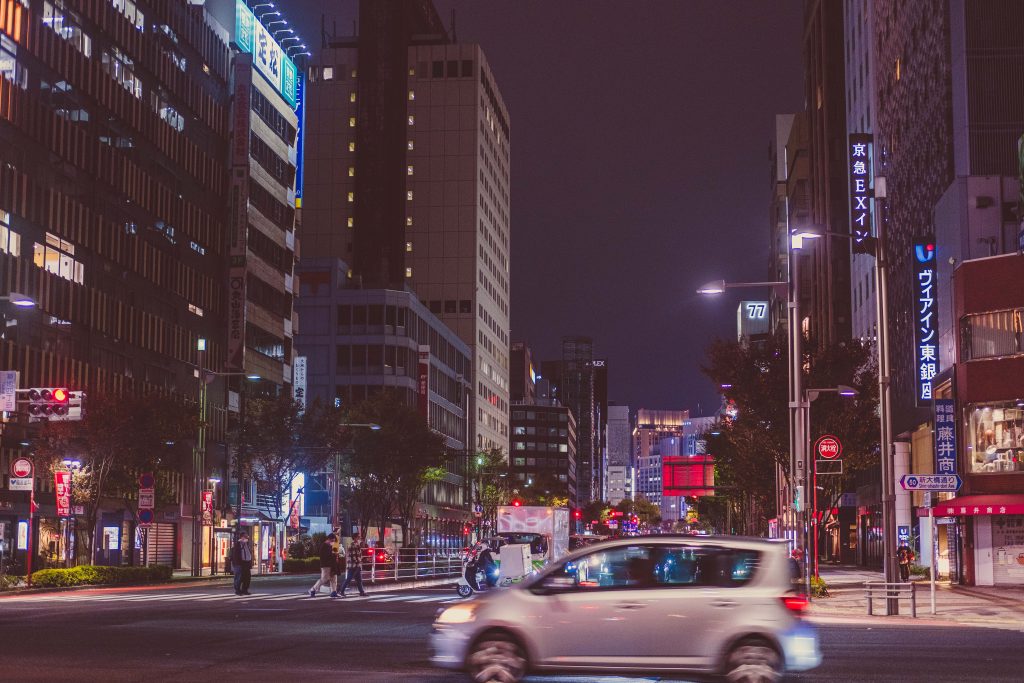
How to rent a car in Japan

Why visit Japan
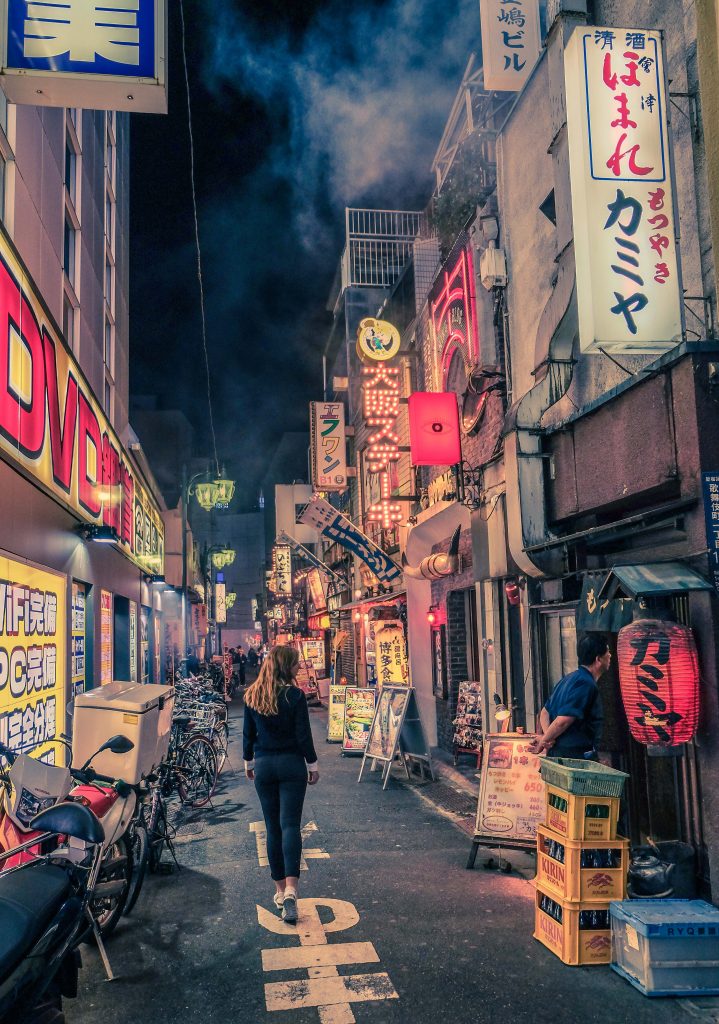
Is Japan Expensive?

Kawaii Shop
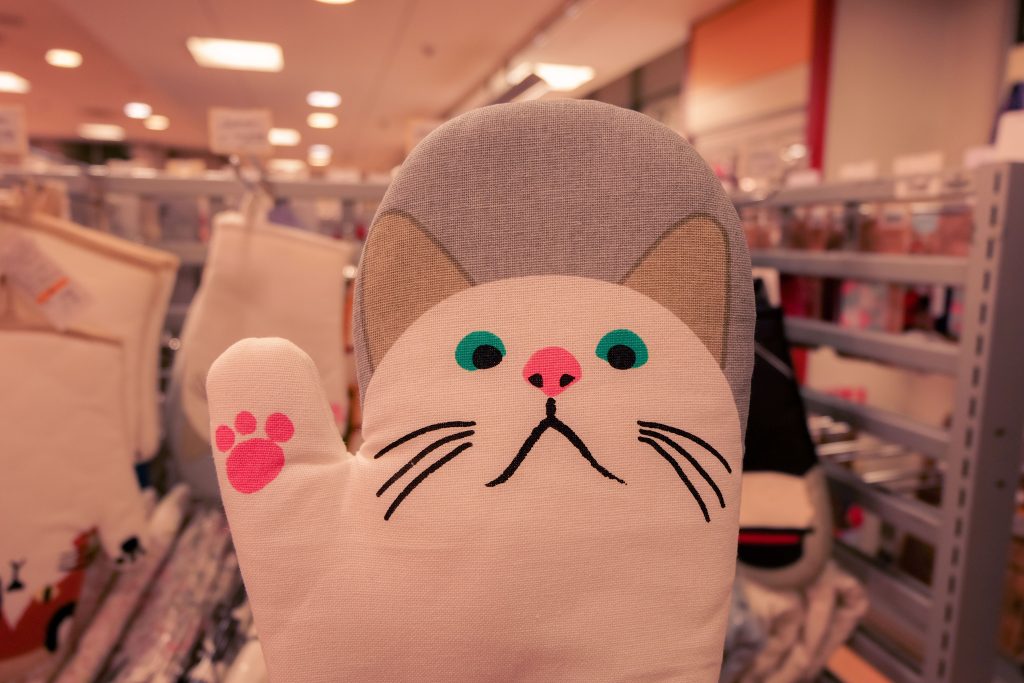
Understanding Japanese Kawaii
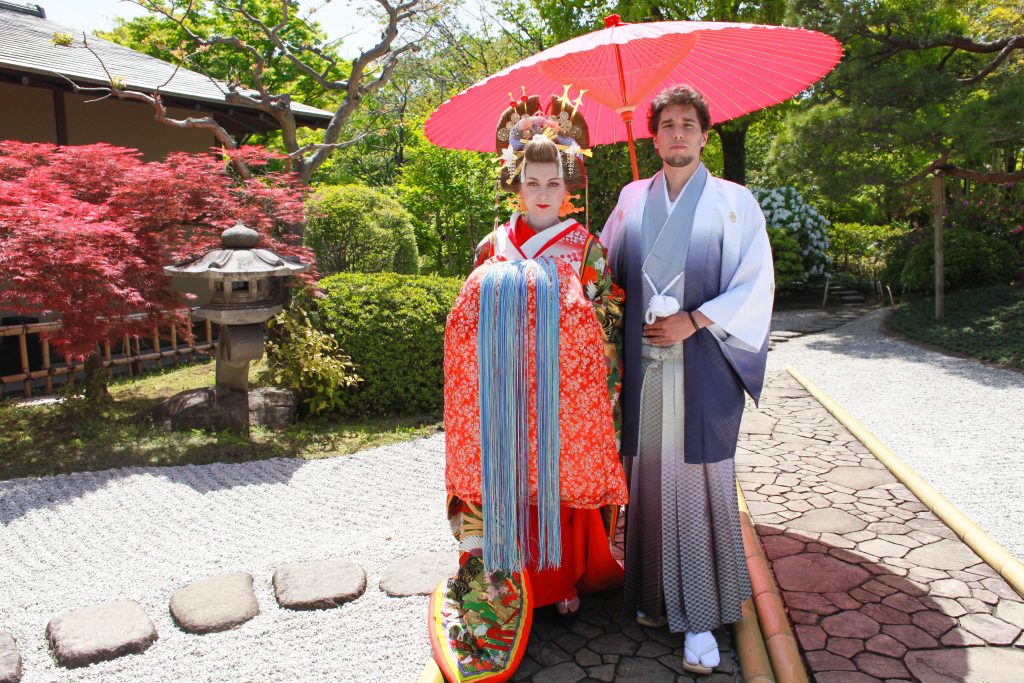
Wearing a traditional Japanese Kimono

Tokyo Adult Guide: 18+ activities in Japan

Japan Cherry Blossom Guide
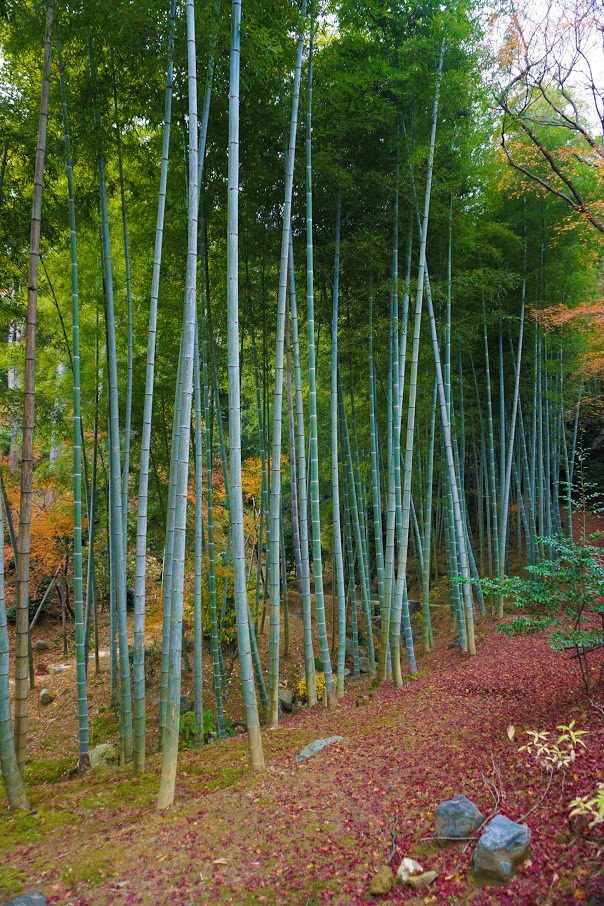
Kyoto – a perfect combination of ancient and modern Japan
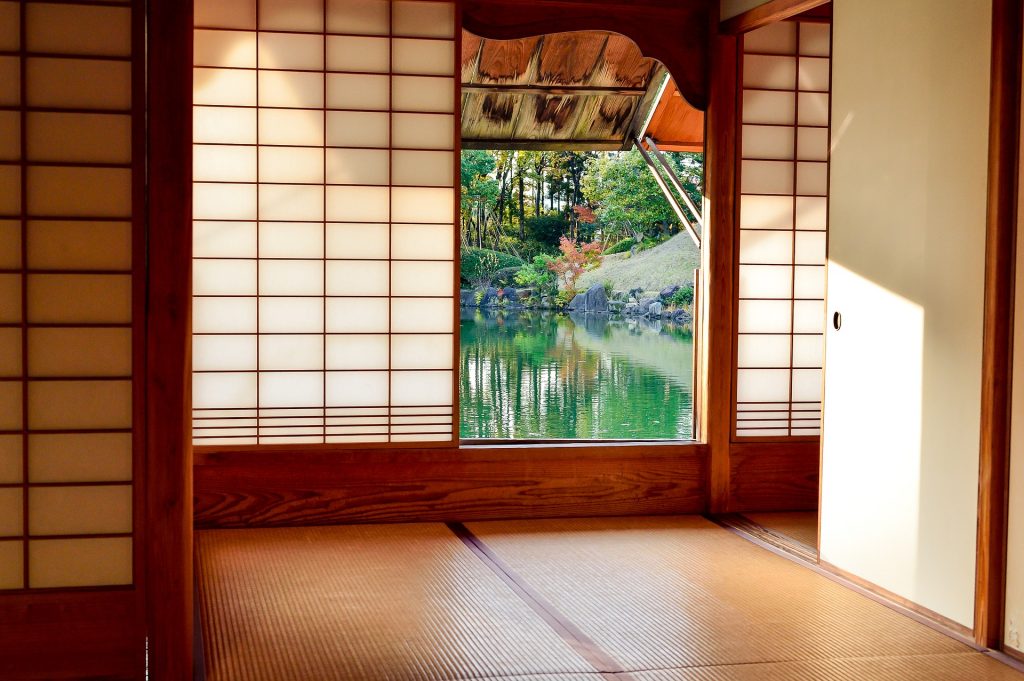
How to onsen in Japan
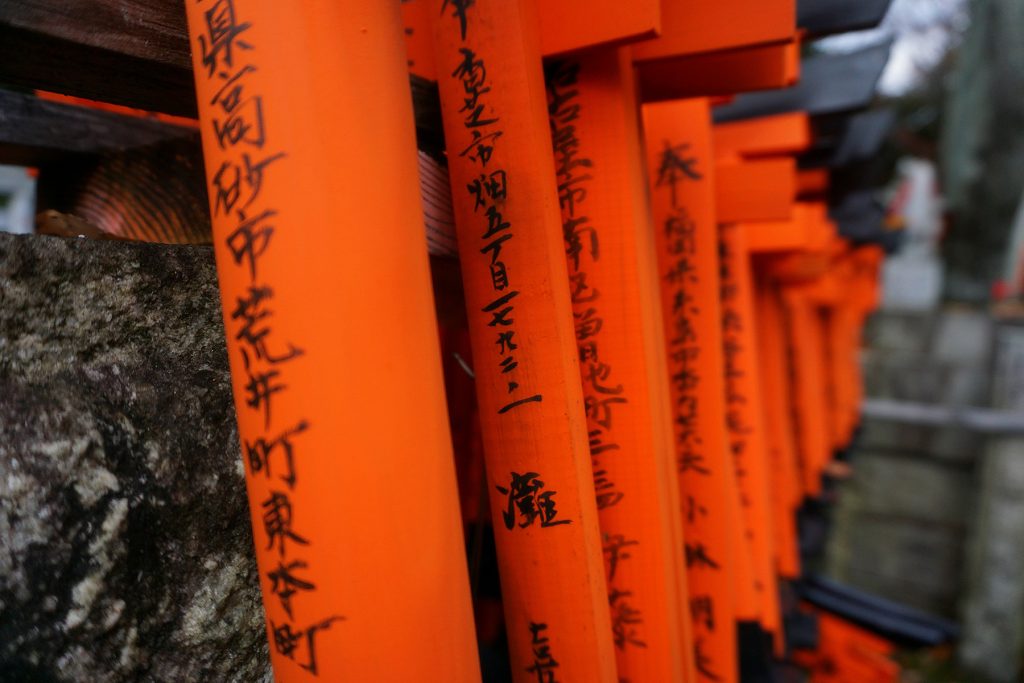
Photography guide to Fushimi Inari Taisha
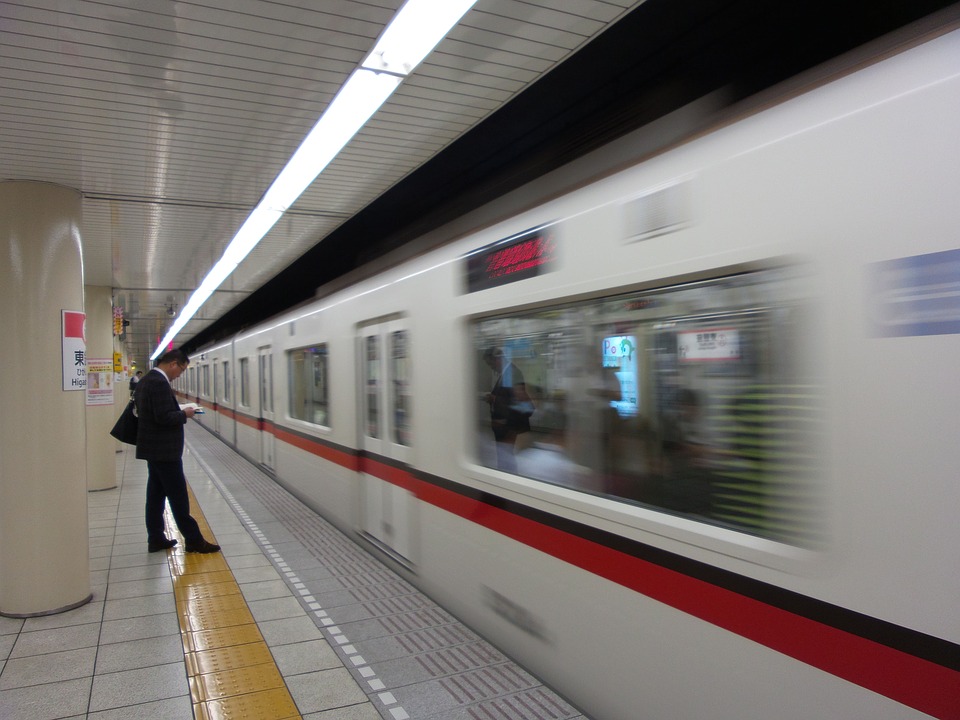
Guide to the Tokyo Subway Map
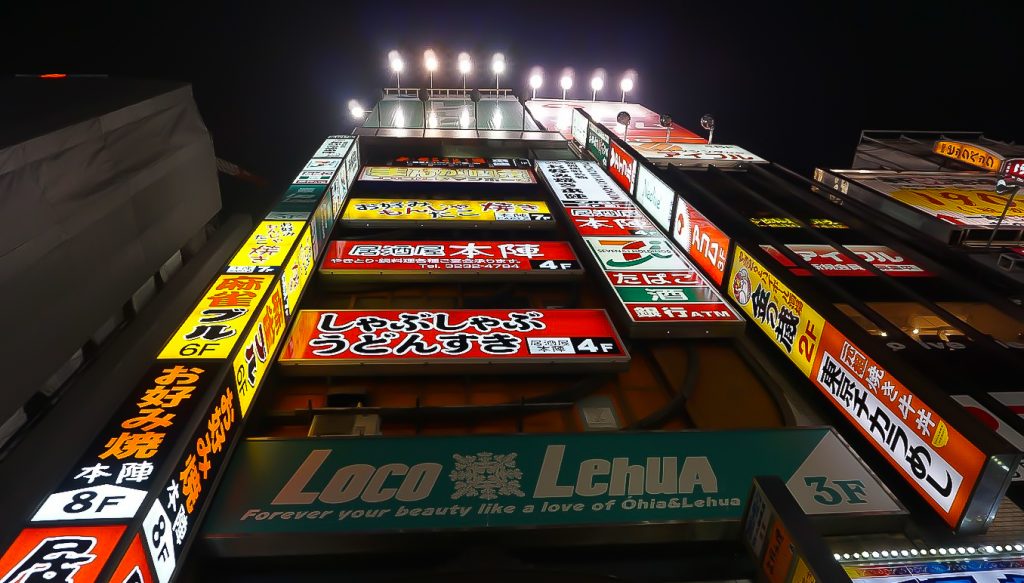
Strange Shinjuku
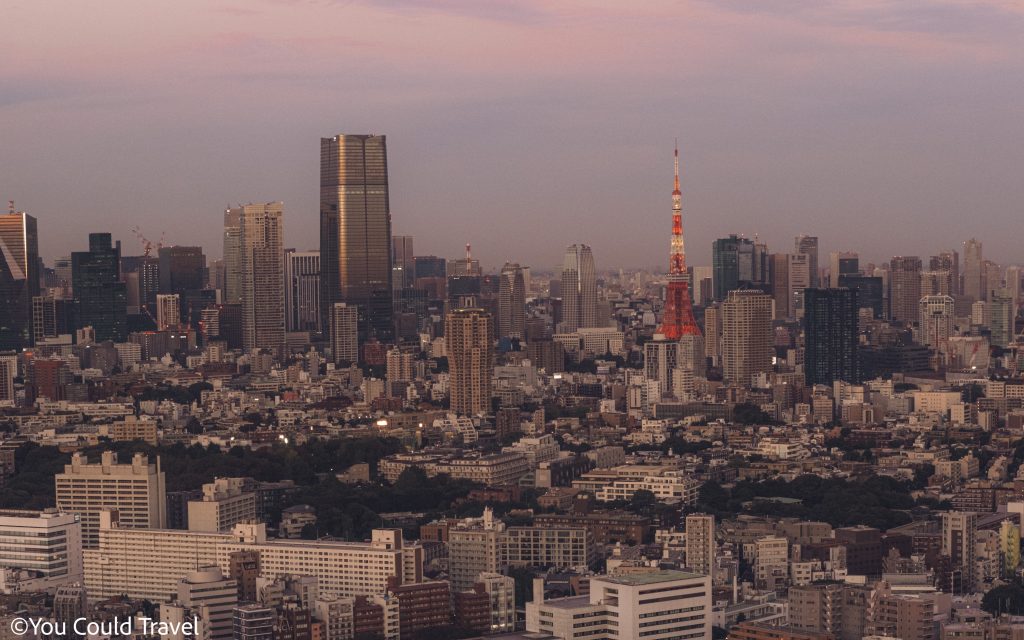
Things to know before a Japan trip
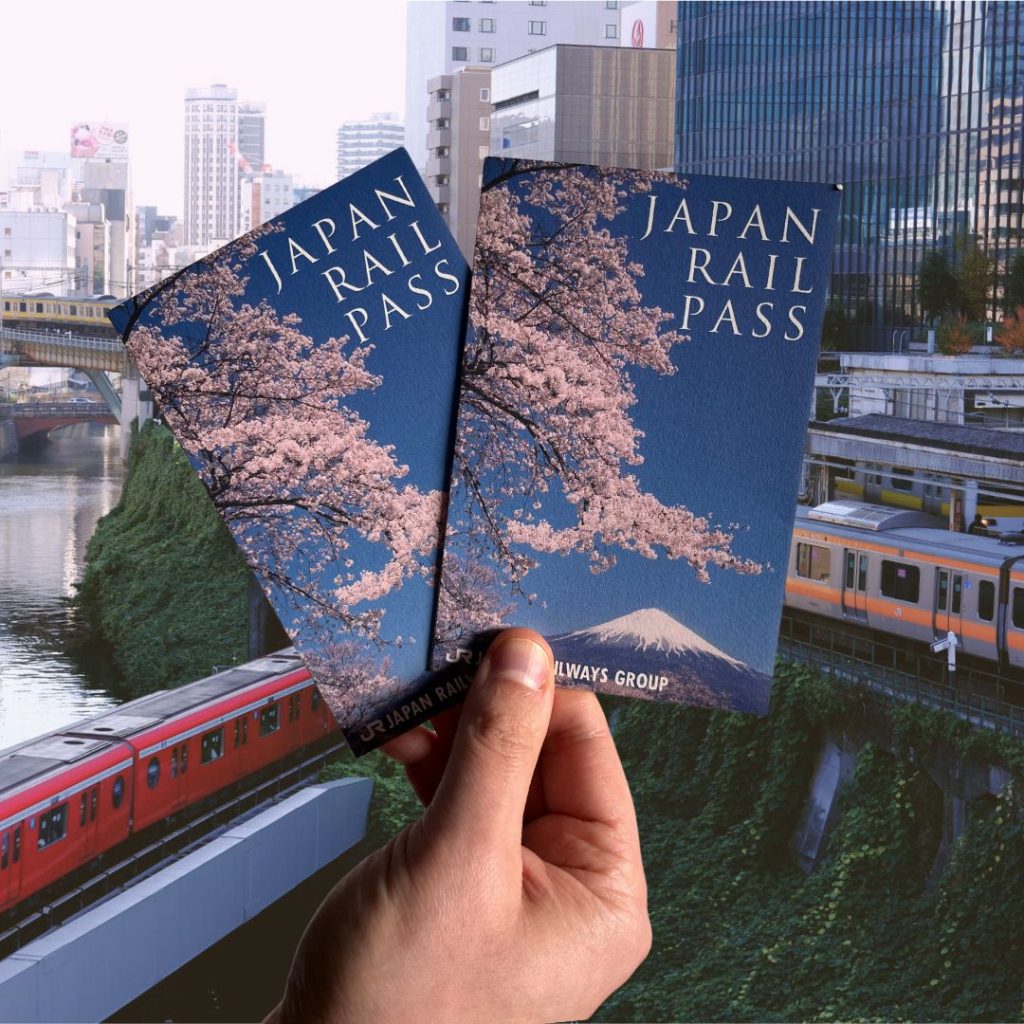
Japan Rail Pass Guide
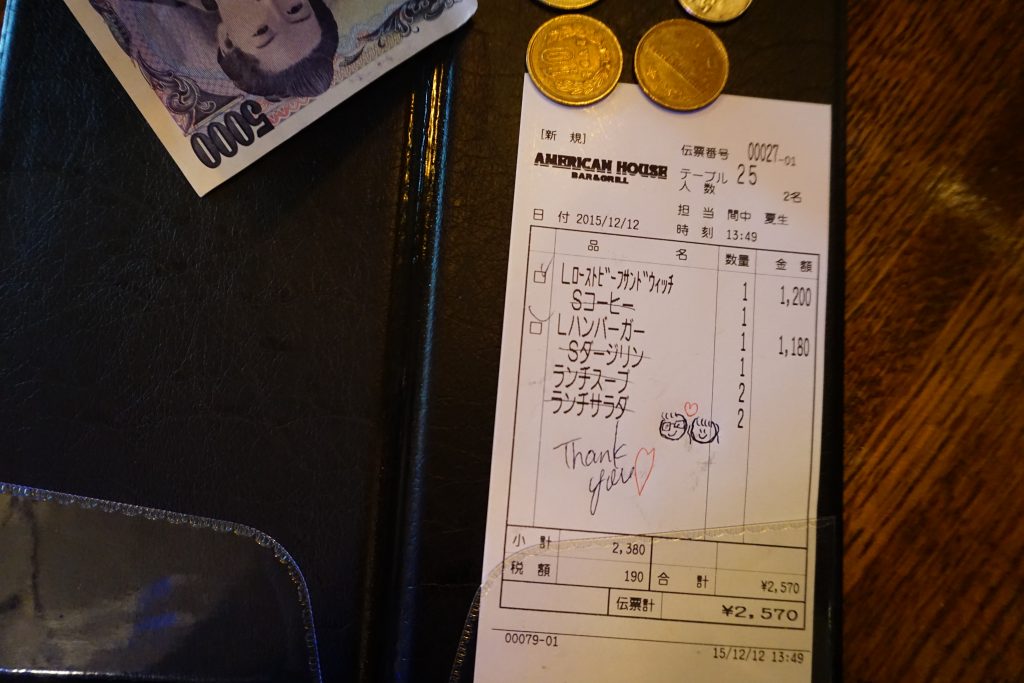
hings nobody told you about visiting Japan

About Japanese Religion

How to behave in Japan
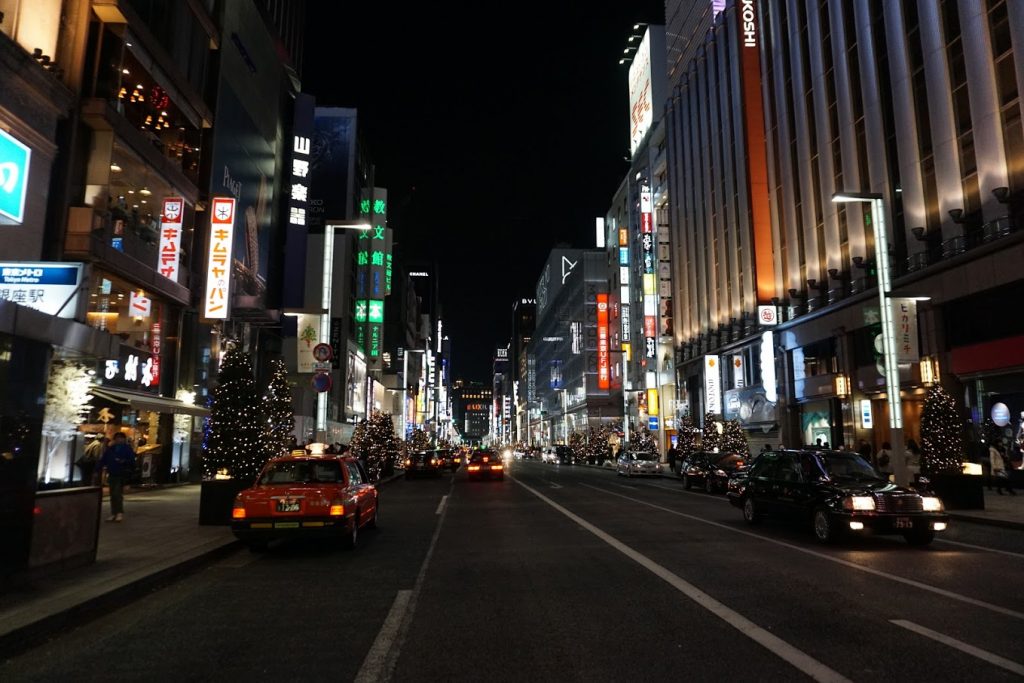
Why is Tokyo so unique
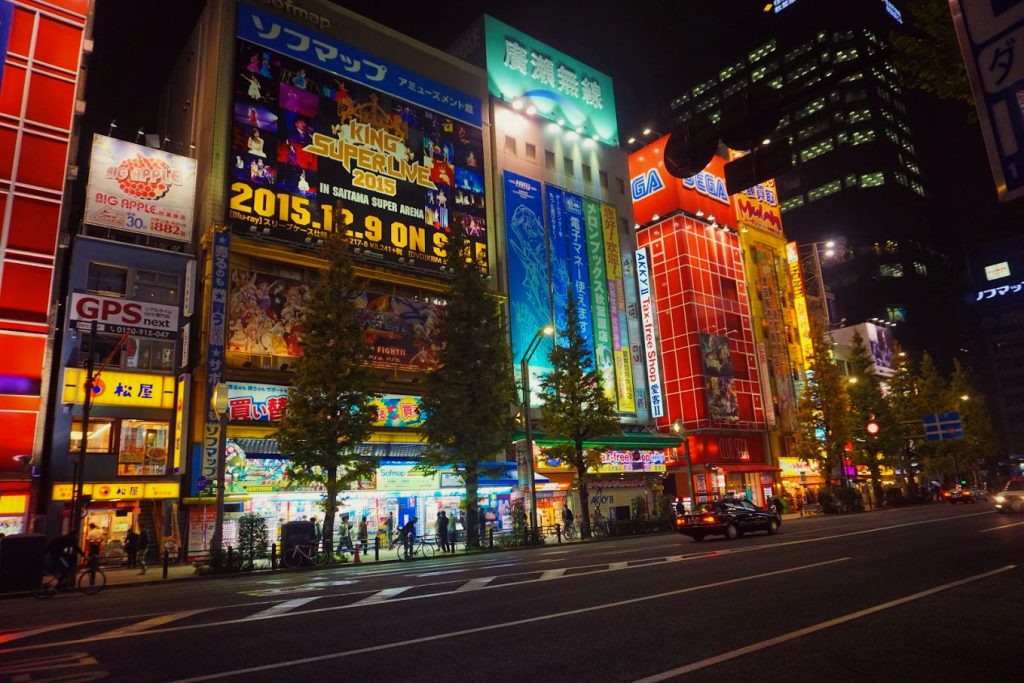
Strange Akihabara

How To Behave in a Japanese Restaurant
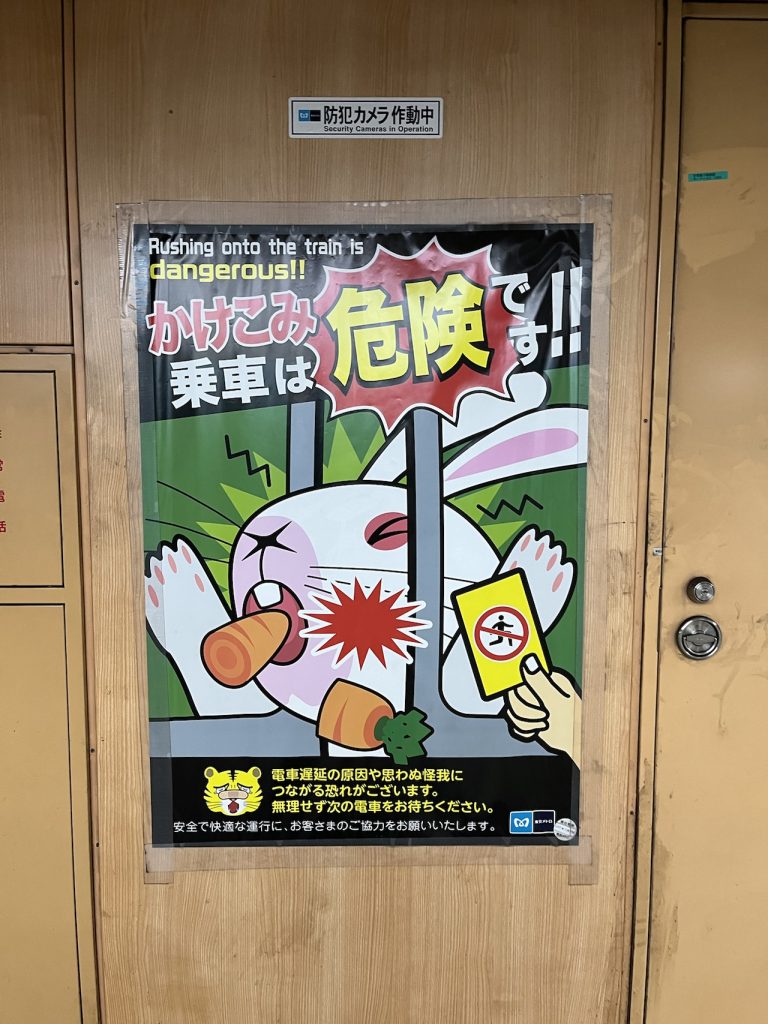
Weird Things in Japan

Planning a trip to Japan
Japanese writing – Japan uses three writing systems, kanji, hiragana, and katakana. In Japanese, Japan is pronounced Nippon. It’s written using kanji 日本. The characters mean “sun origin” which is very likely the source of the Western byname “Land of the Rising Sun”
Currency – The official currency in Japan is the Japanese yen (Symbol: ¥, 円, 圓)
Language – The official language in Japan is Japanese. You will see it written in a mixture of kanji, hiragana, katakana. You’ll also come across Romaji, which is Japanese is written out in the Roman alphabet.
ATMs – ATM’s are available in the cities and cards are widely accepted. However, Japan is very cash focused, and it’s best for you to have cash, especially when paying in smaller restaurants and establishments. Your American Express will not be accepted in many places. A way around it is to purchase a SUICA or PASMO card and top it up. You can then use this card to pay in various places. The withdrawal limit on many ATMs is 100,000 yen. For cards with magnetic stripes or for American Express cards, the limit is 30,000 yen.
Plugs & Sockets – In Japan the power plugs and sockets are of type A and B. The standard voltage is 100 V and the standard frequency is 50 / 60 Hz.
Safety – Japan is one of the safest countries in the world, with a very low crime rate. You’ll often find unaccompanied belongings in cafés, bars or in front of shops. This is very common in Japan. One of our main safety tips is to avoid going around Kabukicho, alone, at night.
Climate – Japan has four distinct seasons with a climate ranging from subarctic in the north to subtropical in the south. Northern Japan has warm summers and cold winters with heavy snow. Eastern Japan has hot and humid summers and cold winters with very heavy snow. Western Japan has very hot and humid summers and moderately cold winters. Okinawa and Amami have a subtropical oceanic climate. This means hot and humid summers and mild winters.
Driving – In Japan, cars drive on the left side of the world. Foreign visitors need an international driving licence, passport, and home country driving licence. To save money, train travel is recommended for navigating Japan, as it’s home to fast bullet trains. One of the best money-saving tips is to purchase a Japan Rail Pass to explore Japan, for a more in-depth, amazing trip.
Tipping – Tipping is not required, nor encouraged. Familiarise yourself with the Japanese culture and get this book before visiting Japan.
Drinking water – It’s safe to drink water from the tap in Japan.
Smoking – You can only smoke in designated smoking areas but some indoor establishments allow smoking. You can also book a smoking room in your hotel.
In an emergency – For emergency services, call 119. For the police, call 110, for the coast guard, call 118.
Customs and Manners – The moment you enter Japan, you will notice that people behave differently than the way you might be used to. Japan has strict manners and etiquette that every local follows. Local life might seem different to you, but that’s part of your Japan trip charm. The Japanese are quite proud of their unique cultural heritage and is deeply ingrained in how the country runs. Familiarise yourself with the essential customs and manners in Japan. Order your copy of the book here.
Useful phrases – Here are a few things to learn in Japanese.
- Hello – Kon’nichiwa!
- Goodbye – Mata ne
- Goodbye forever – Sayōnara (please note, this means farewell, like a final goodbye and it’s rarely used)
- Yes – Hai
- No – Īe
- Excuse me – Sumimasen
- Please – Onegaishimasu
- Thank you – Arigatō
- Thank you very much – Arigatōgozaimasu
- I don’t understand – Wakarimasen
- Help – Tasukete
Visa
Most nationalities can enter Japan visa-free for a short-term stay. A short-term stay is up to 90 days for tourism, business, visiting friends or relatives etc that does not include remunerative activities.
There are currently 68 countries and regions for visa exemptions including the USA, Canada, Australia, New Zealand and the UK. However, please ensure you always check your Visa conditions before booking a flight, even if you are from a Visa exemption countries/regions. You can read more about how to obtain a visa on the official Japanese Ministry of Foreign Affairs
Safety in Japan
Japan is a very safe country and crime levels are low across Japan. Japan is a safe travel destination for solo and group travellers. The majority of visits to Japan are trouble-free. Always buy travel insurance before arriving in Japan.
As with any destination, you should maintain the same level of vigilance and practice common sense. It’s safe to walk at night and to take public transport.
Tokyo’s entertainment districts are considered at higher risk for crime. Avoid entering clubs and bars in the Kabukicho area without a guide or a local who you can trust. Take steps to ensure your drink cannot be tampered with.
Don’t accompany street touts to any bar or establishment. Remember that hospitals might need to confirm that you have valid insurance before admitting you as a patient.
Road travel is safe, and you must adhere to all the rules and regulations. Remember to have all the correct documents with you at all time, as the penalty for driving in Japan without the correct documents are severe.
Remember that there are some exclusion zones around the Fukushima nuclear power plant. The areas are identified by the Japanese authorities and kept up to date.
Best time to visit Japan
Japan is a year-round destination, and every season has something incredible to offer. Japan has four distinct seasons, average temperatures are not consistent across the country. Each season has a cultural significance in Japan. Food in Japan relies on celebrating seasonal produce.
The best time to visit Japan is during Spring (March-May) or Autumn (September – November). Many come to visit Japan during the cherry blossom season, when the entire country becomes a stunning display of pink Sakura leaves. To see the cherry blossoms, you’ll normally plan for a trip to Japan sometime in mid-April.
Right after the cherry blossom season, Japan enters the Golden week, one of the most important national holidays in the country. Golden Week, Japanese Ōgon Shūkan represents a series of four holidays that take place at the end of April and the beginning of May. If you wish to visit Japan during Spring, make sure to plan ahead as accommodation will fill up very fast, usually months in advance. Hokkaido cherry blossoms typically bloom in early May.
Summers are hot and humid in Japan. Summer is the best time to climb Mount Fuji. The climbing season for Mt. Fuji is from early July to early September. Outside the climbing season, it’s prohibited to climb Mt Fuji.
Autumn is a spectacular time to enjoy a Japan tour. Japan is a wonderful place during autumn, especially when you can admire the Koyo leaves. In Kyoto especially, the foliage is incredible. If you can imagine a Japanese classic landscape with traditional shrines and stunning deciduous leaves, then autumn will provide it. Autumns are great for a mid-range budget traveller.
Winter is a perfect time to visit if you are on a tight budget. You will be able to find cheap accommodation in major cities. One exception is the capital of Hokkaido during the Sapporo Snow Festival. The Snow Festival is held annually over a period of seven days in February. Winter is a popular time to visit among winter sports enthusiasts who love the incredible ski resorts in Japan. Winter is a great time to visit if saving money is a priority.
How to get around
Travel has one of the best infrastructures in the world, which means that Japan is easy to visit. You will never have issues relying on public transport. Your trip abroad in Japan will feel very carefree, as you will rarely have to worry about getting from place to place. Japan is a wonderful place and to fully appreciate your Japan trip it’s best to visit at least a few major cities as well as other destinations and points of interest. Here’s how to get around in Japan.
By bullet train – The bullet trains in Japan, known as the Shinkansen, are fast and reliable and always on time. To save money, buy a JR Pass (Japan Rail Pass) in advance. A JR Pass allows you to enjoy unlimited travel around the country for the duration of your pass. A ticket on the bullet train is not cheap, which is why, if you are visiting several cities and points of interest, a JR Pass is really worth it as it will save you a lot of money. Train stations in Japan are clean and well maintained. You can purchase your tickets in advance or from a train station. Make sure to follow the queuing system in Japan. Shinkansen trains are cleaned several times a day.
By bus – Shinkansen links larger cities and some towns, but there are times when you will rely on local trains and buses. Buses run on time, are clean and well maintained. Highway buses are inexpensive alternatives to trains for long and medium distance travel. There are plenty of regional and local buses as well.
By subway – Tokyo, Kyoto, and Osaka have a comprehensive subway system. However, the Tokyo system is the most impressive and comprehensive of them all. You can check the Tokyo subway map, which operates 180 stations on nine different lines. The route covers 195 km (121.2 miles). As of 2020, the combined subway network of the Tokyo and Toei metros comprises 286 stations and 13 lines, covering a total system length of 304.0 kilometres (188.9 mi). The Tokyo subway has 8.7 million daily passengers. To travel by subway, purchase a SUICA or PASMO card and top it up with the desired amount. Simply tap to get in and when you exit to be billed for your travel. Almost every train station will have a top-up machine if you need it. You can also use your contactless card.
By taxi – If you need to get somewhere quick, you can always ask your hotel to book you a taxi. You don’t have to touch the exterior of a taxi car, as the taxi driver will automatically open the door for you and help you with any luggage. You might have to rely on a taxi if you need to be at the airport in the middle of the night. The taxi ride will feel very smooth and pretty incredible.
By car – If you want to take advantage of a long and fun road trip to Japan, you can rent a car. Rentals can be expensive in Japan, and rates are increased during peak seasons. There are places where having a rental makes a lot of sense, like northern Japan. This is because Hokkaido’s attractions are quite spread out and not as well-connected by public transport.
By plane – When you visit Japan from other countries, you will very likely arrive by plane. And very likely, you will land in Tokyo in either Narita or Haneda. Japan Airlines, also known as JAL or Nikkō, is an international airline and Japan’s flag carrier. There are ample options for domestic air travel in Japan.
Japan itineraries
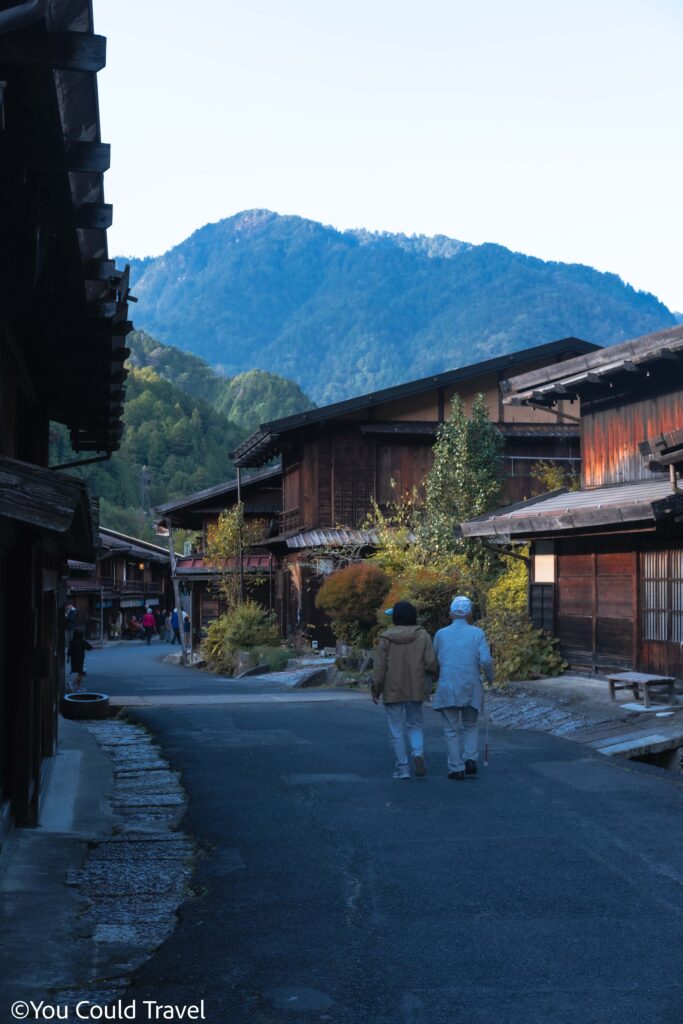
Magome Tsumago Trail

Hiroshima to Miyajima Day Trip Itinerary

2 day Kagoshima Itinerary
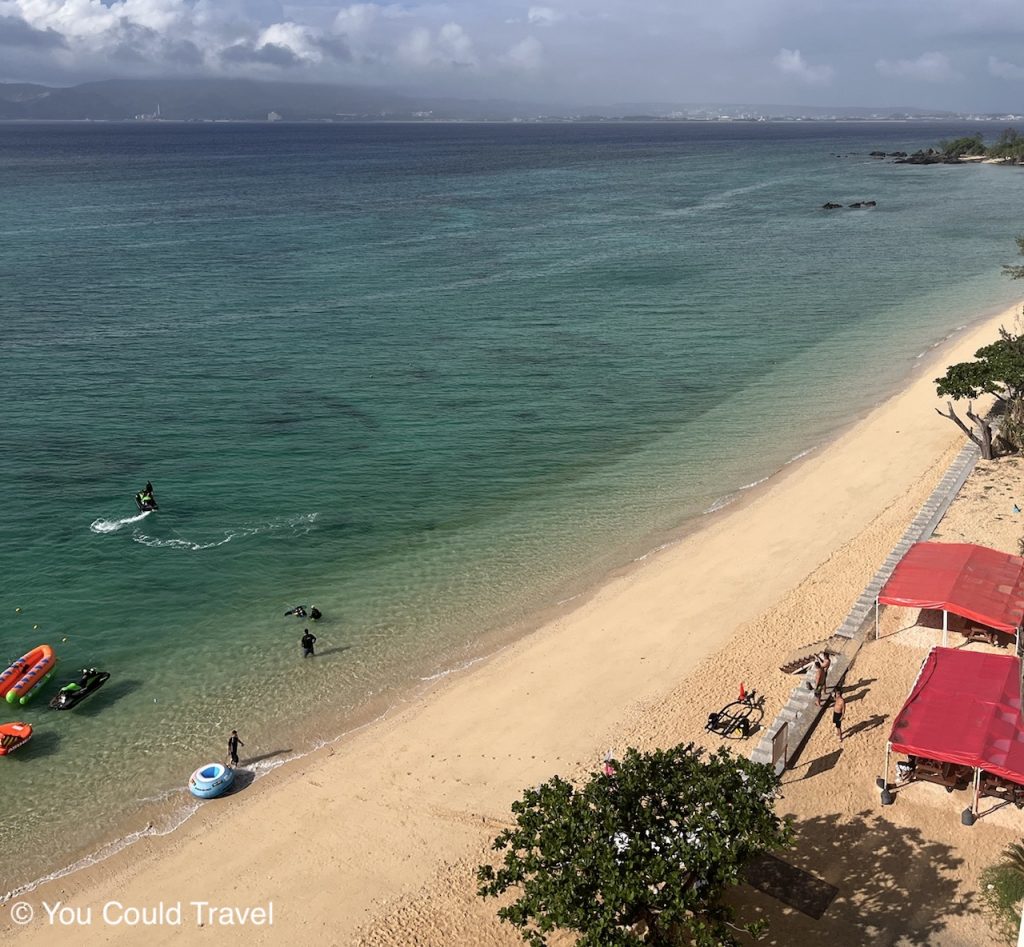
5-day Okinawa Itinerary

The Perfect Kawagoe Day Trip
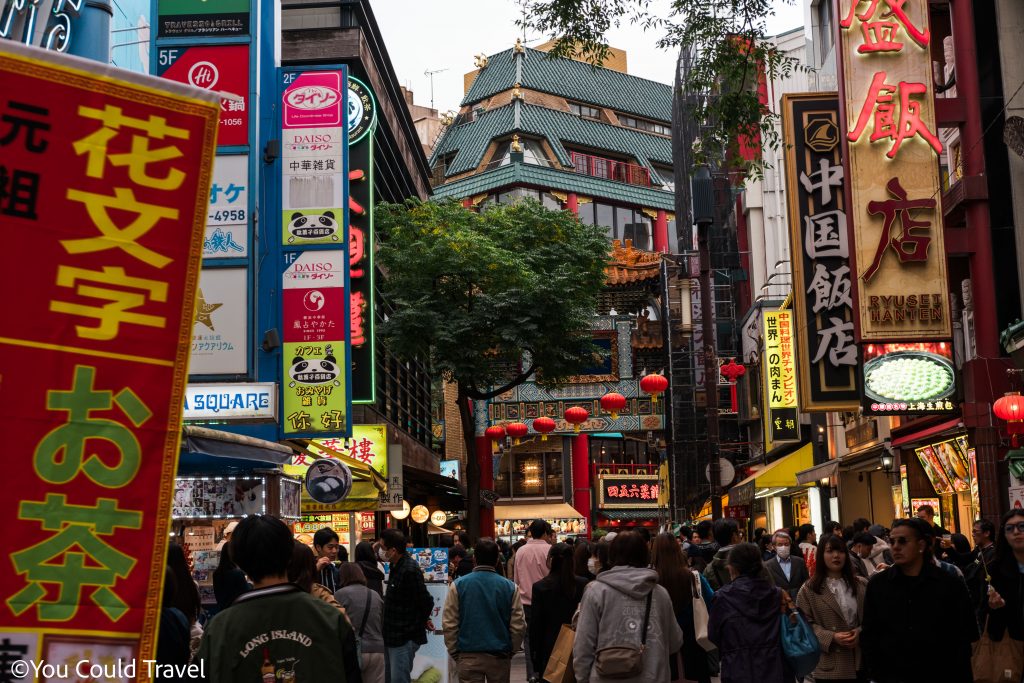
1 Day Yokohama Itinerary

Kamakura day trip from Tokyo
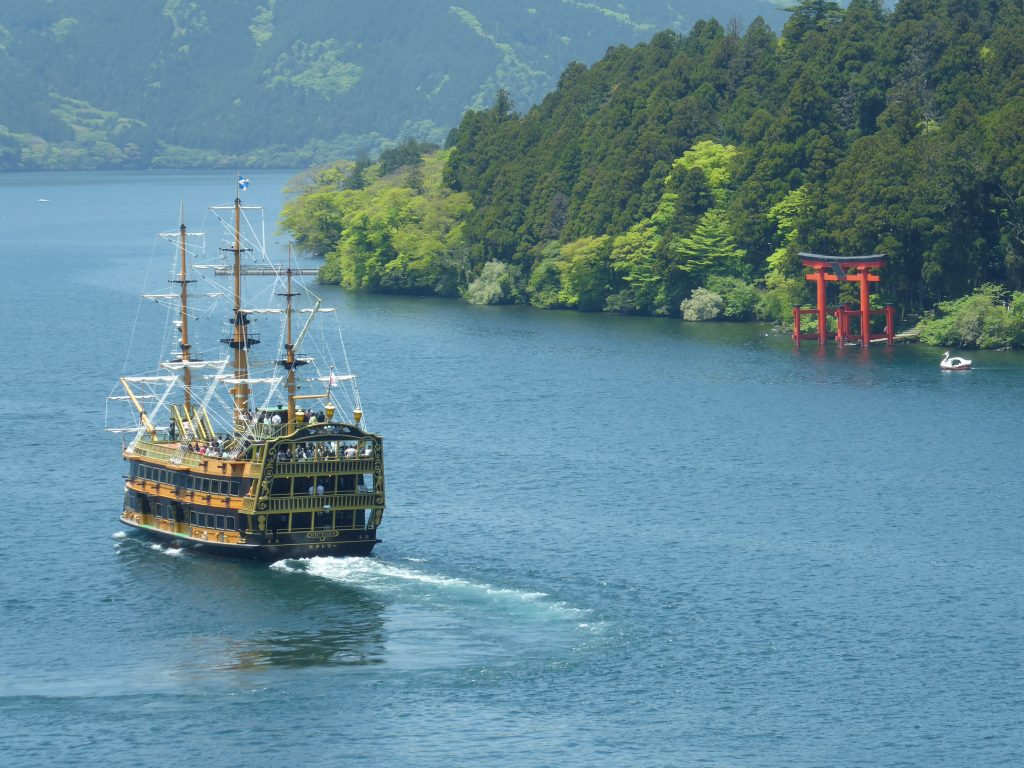
Day trip to Hakone
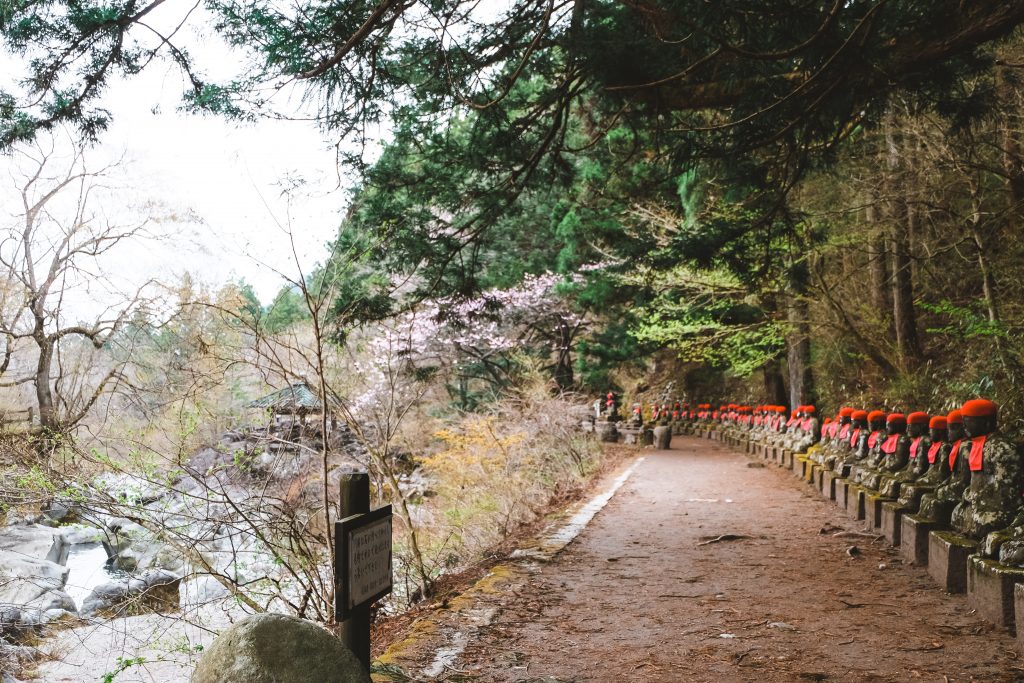
Day Trip To Nikko
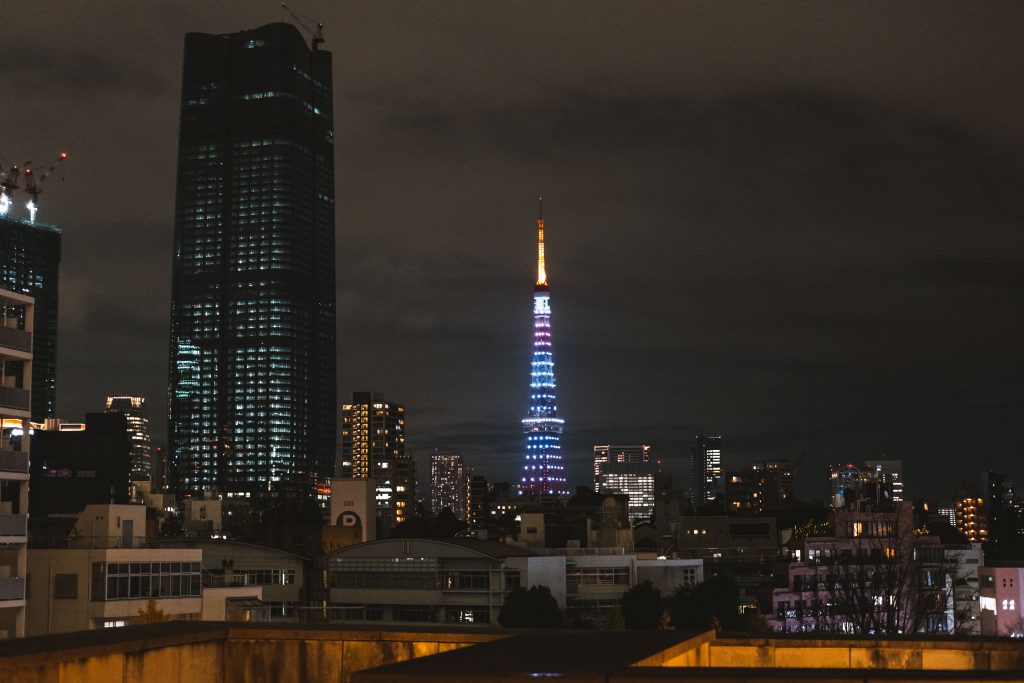
3 days in Tokyo itinerary

Japan 3 week itinerary
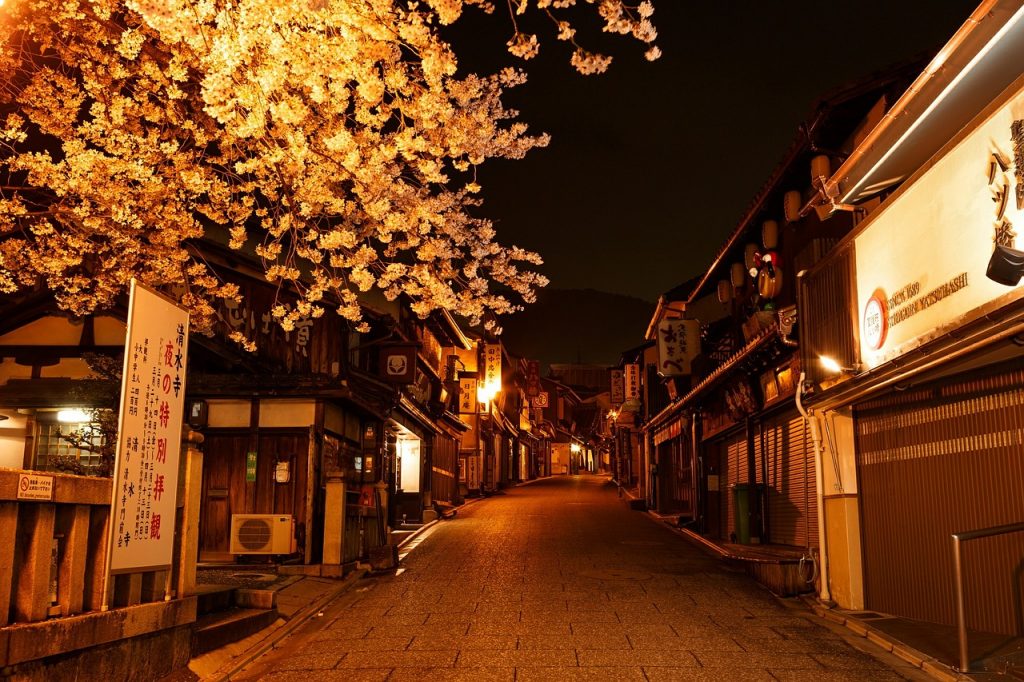
Kyoto 2 day Itinerary
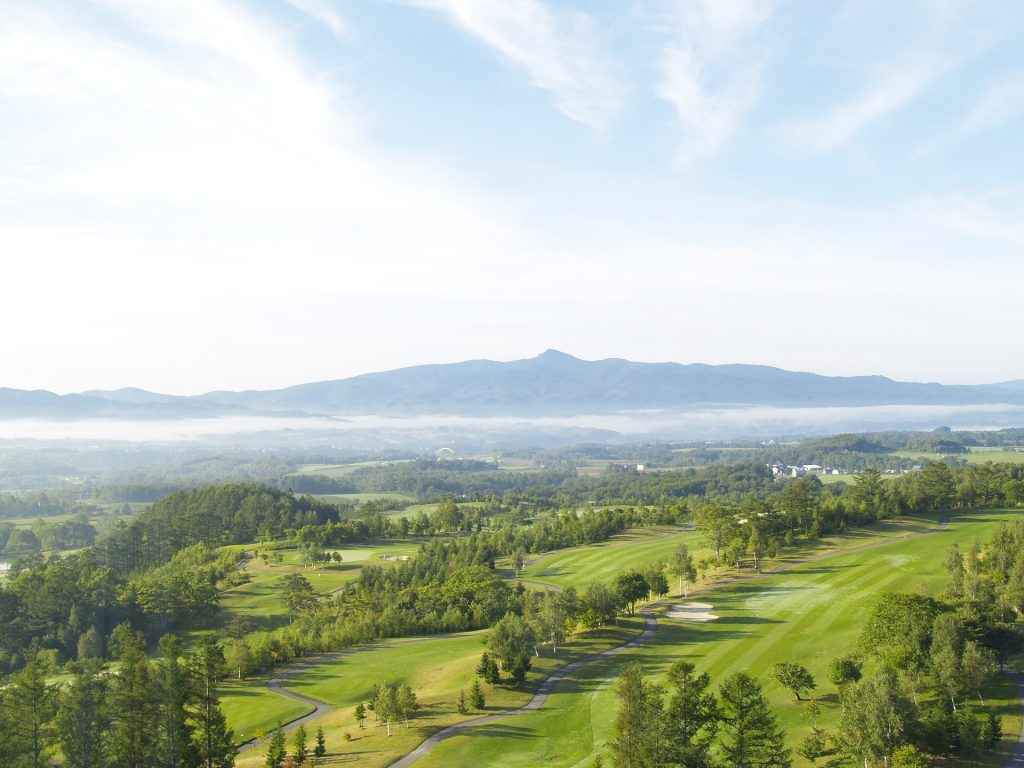
15 Day Hokkaido Itinerary
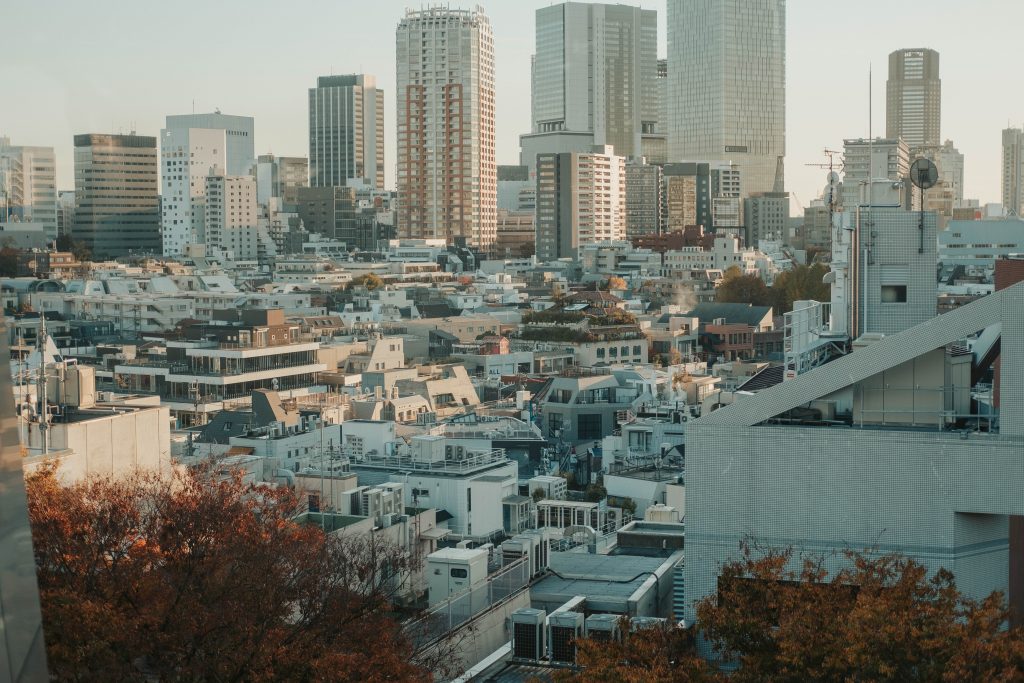
5 days in Tokyo itinerary

Places to visit in Tokyo
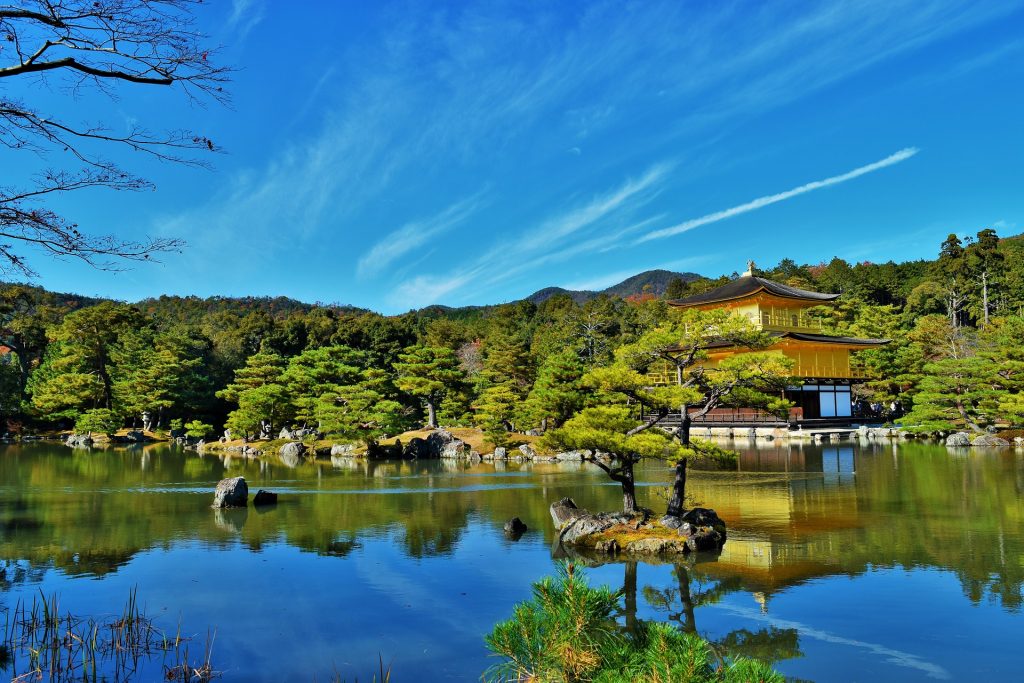
Day trips from Kyoto
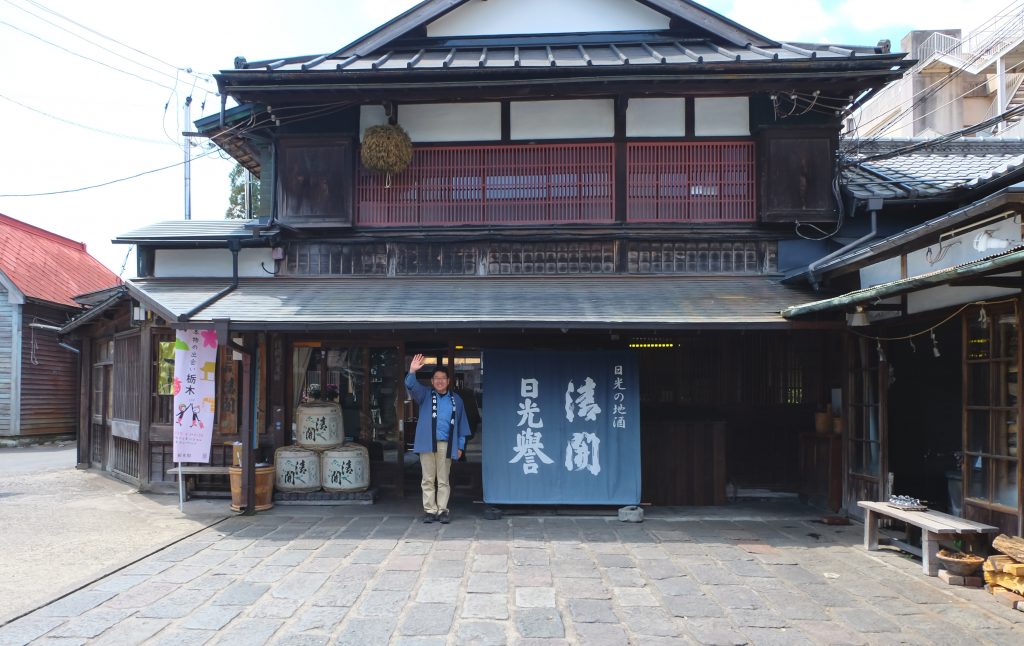
Day trips from Tokyo

4 Days in Osaka Itinerary
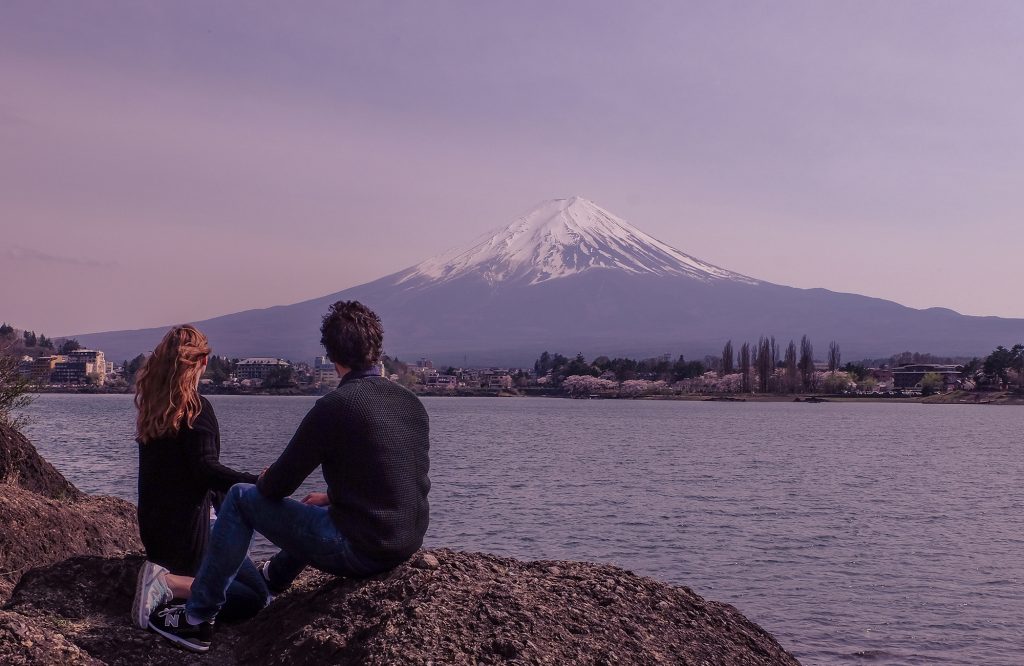
2 Weeks in Japan Itinerary

Day trip to Himeji Japan

Getting from Tokyo to Nagoya

Tokyo to Mount Fuji Day Trip
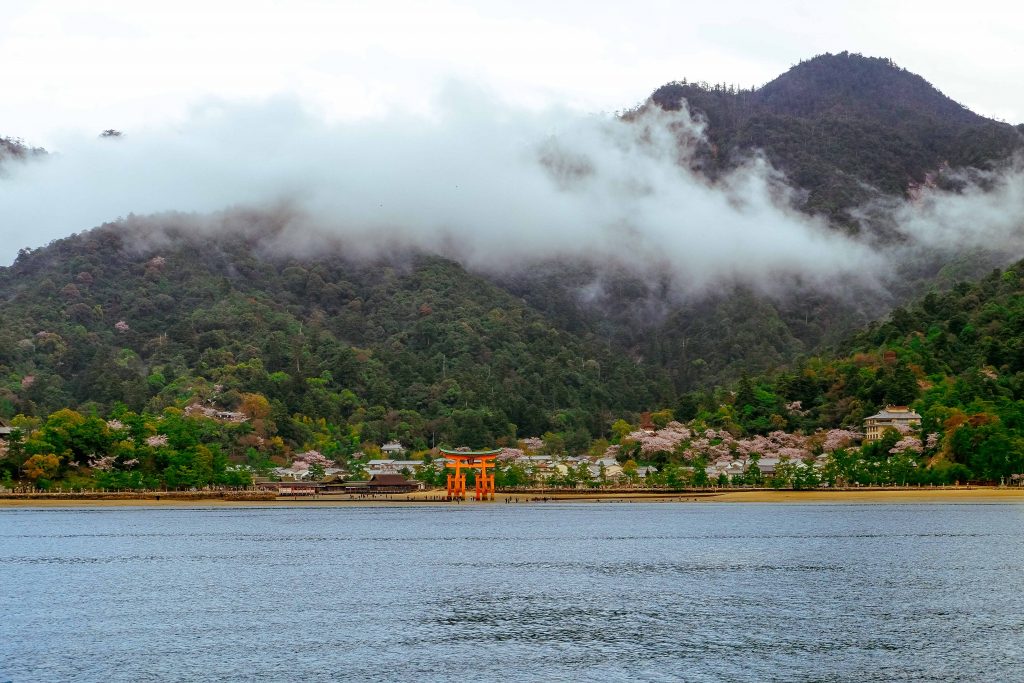
Hiroshima from Osaka
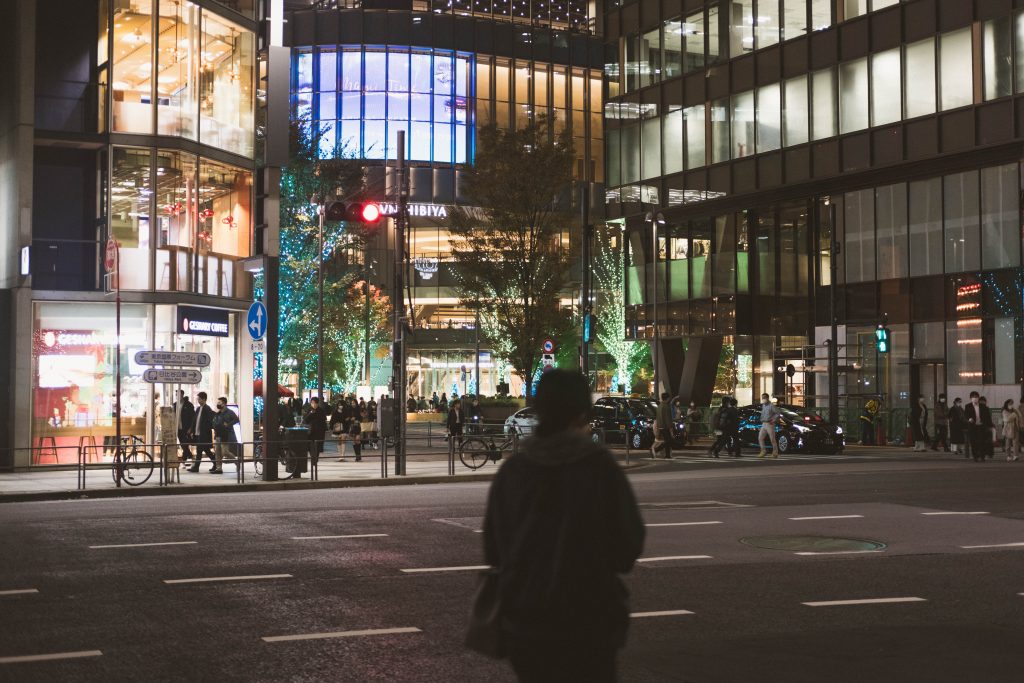
7 Day Tokyo Itinerary
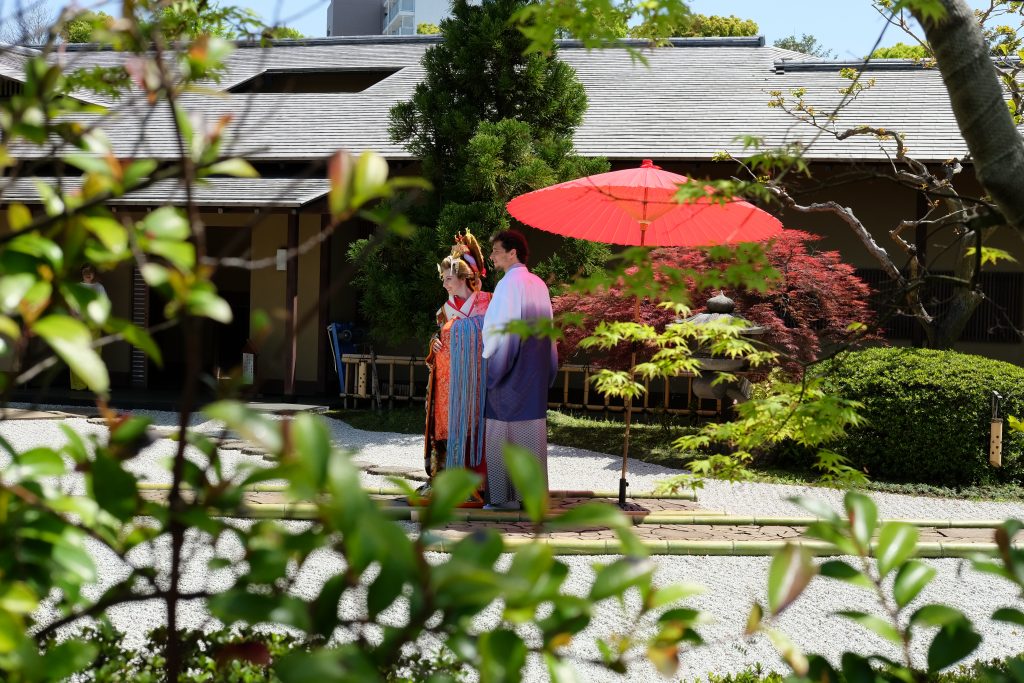
7 Day Japan Itinerary
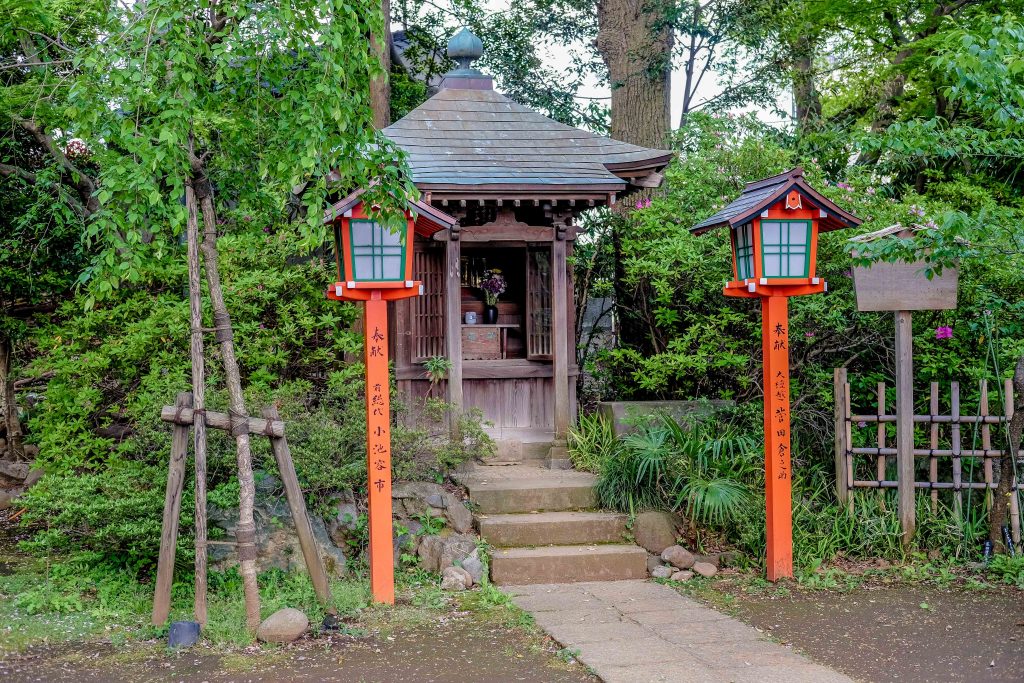
Places To Visit Outside Tokyo
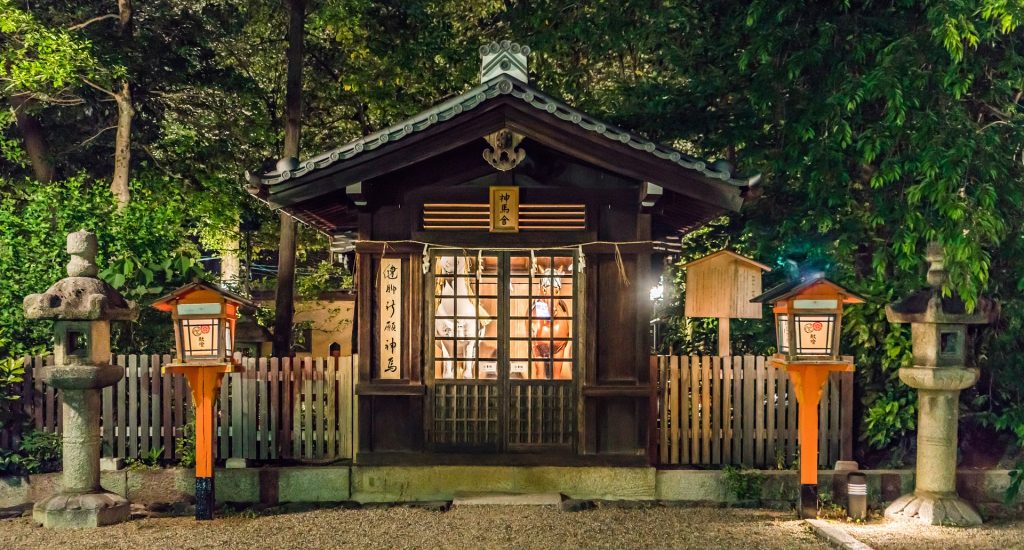
24 hours in Kyoto Itinerary
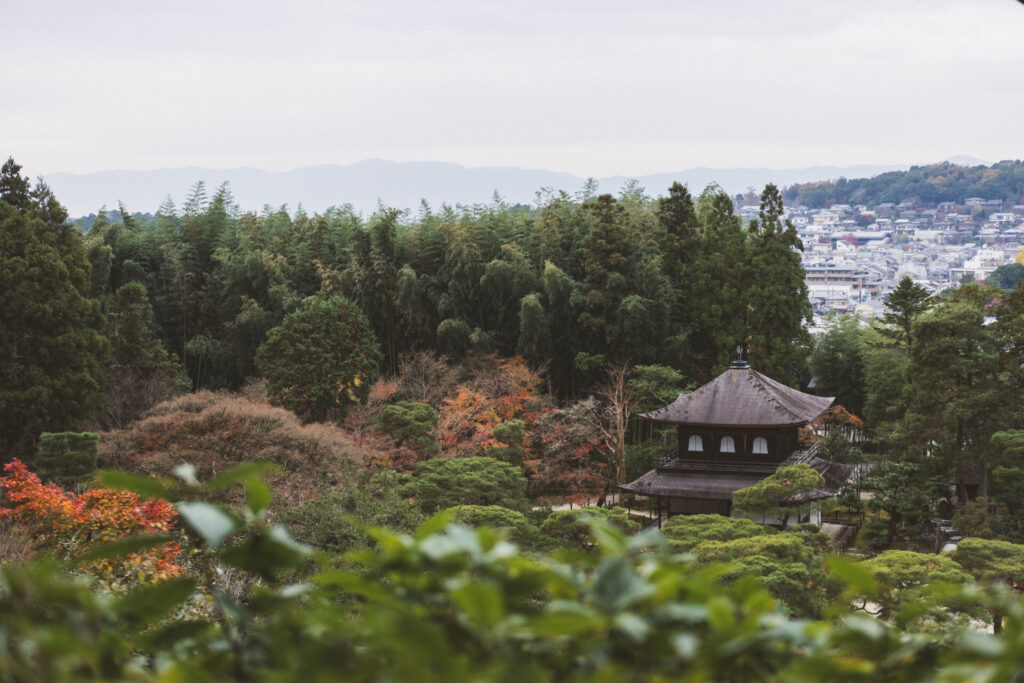
5 Day Kyoto Itinerary
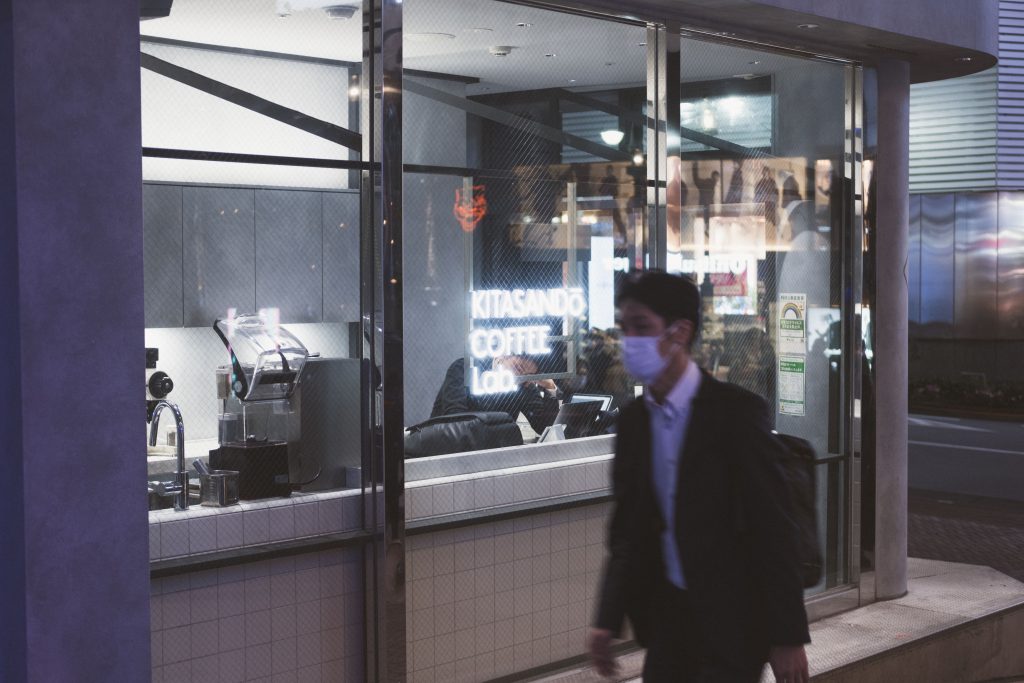
1 day Tokyo Itinerary
Prepare for your Japan travel by making sure you have a comprehensive itinerary in place. You should aim to spend at least 7 days in Japan. A week in Japan can be divided between Tokyo and Kyoto.
However, 2 weeks in Japan will enable you to visit a few more cities and points of interest. If you are completing an ancient pilgrimage route, your trip to Japan should be around 3 weeks long.
Visiting Japan is very exciting and usually, 7-19 days are ideal for first-time visitors to Japan. But the more you visit, the more you’ll want to come back and see even more of this wonderful country.
You don’t need a guide to visit Japan. You can complete all the itineraries on your own by using a rental or public transport which is reliable. It’s easy to tour Japan on your own, and it’s perfectly safe to do so.
Things to do in Japan

Things to do in Kanazawa

Things to do in Kagoshima
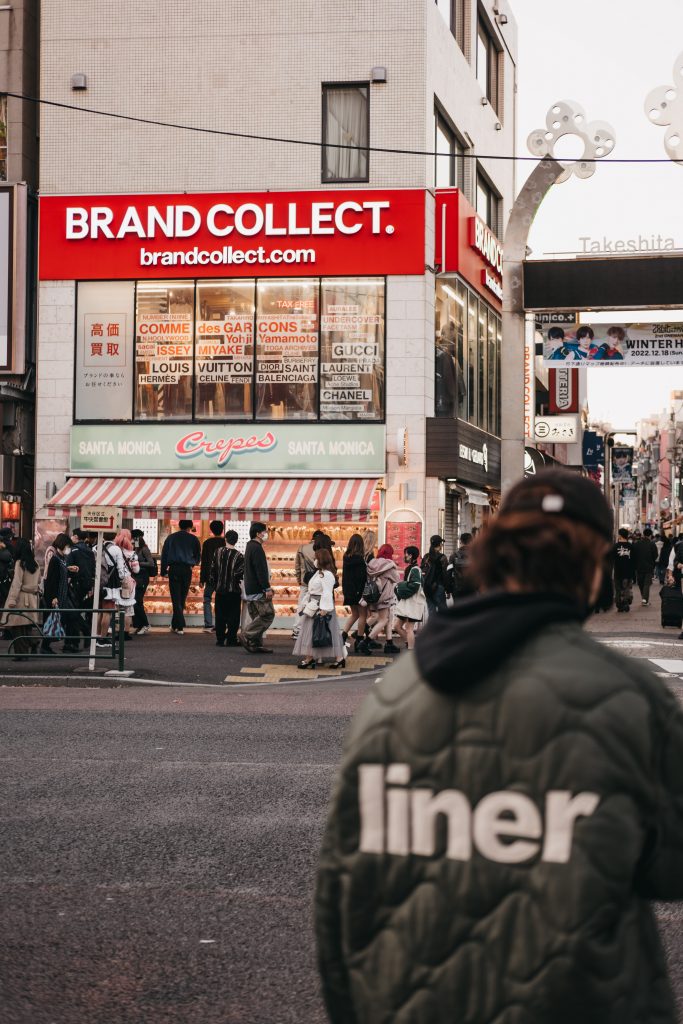
Things to do in Harajuku

Things to do in Okinawa, Japan
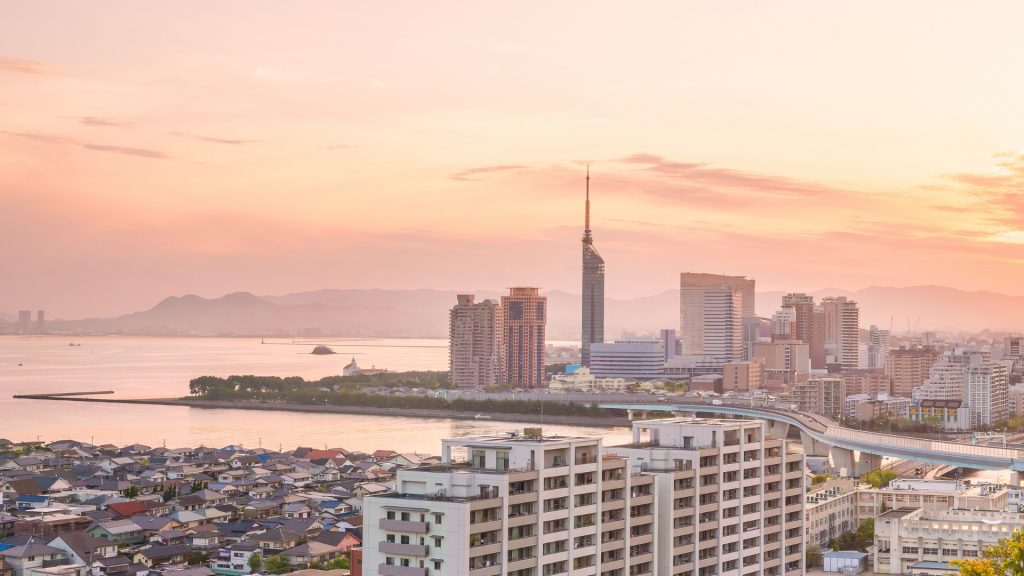
Things to do in Fukuoka

Top Museums in Japan

Things to do In Hakone, Japan
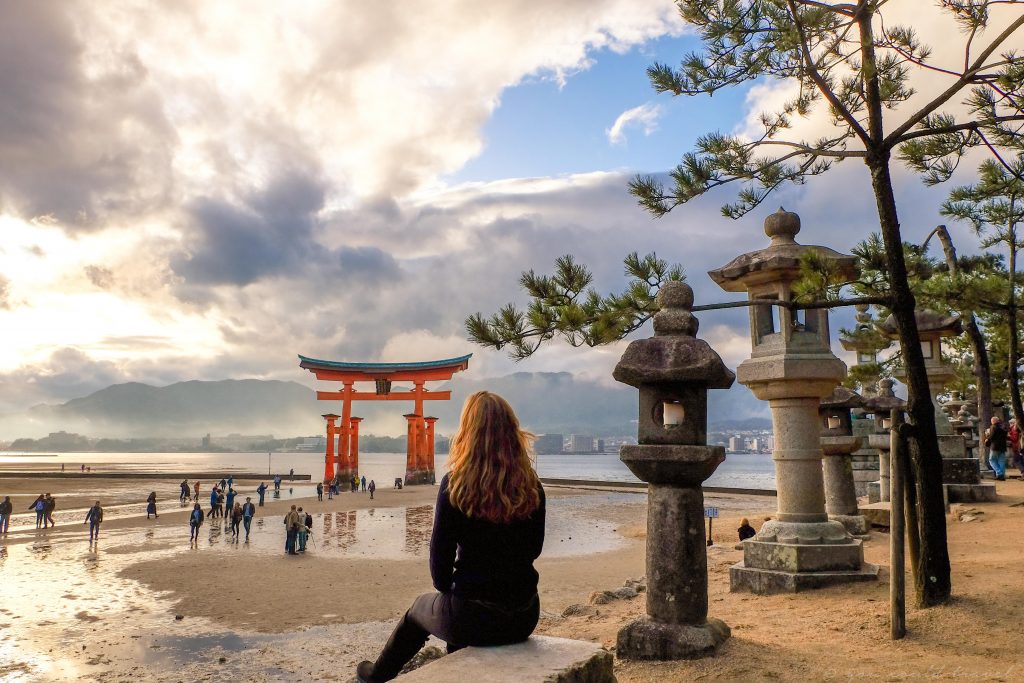
Things to do in Hiroshima, Japan
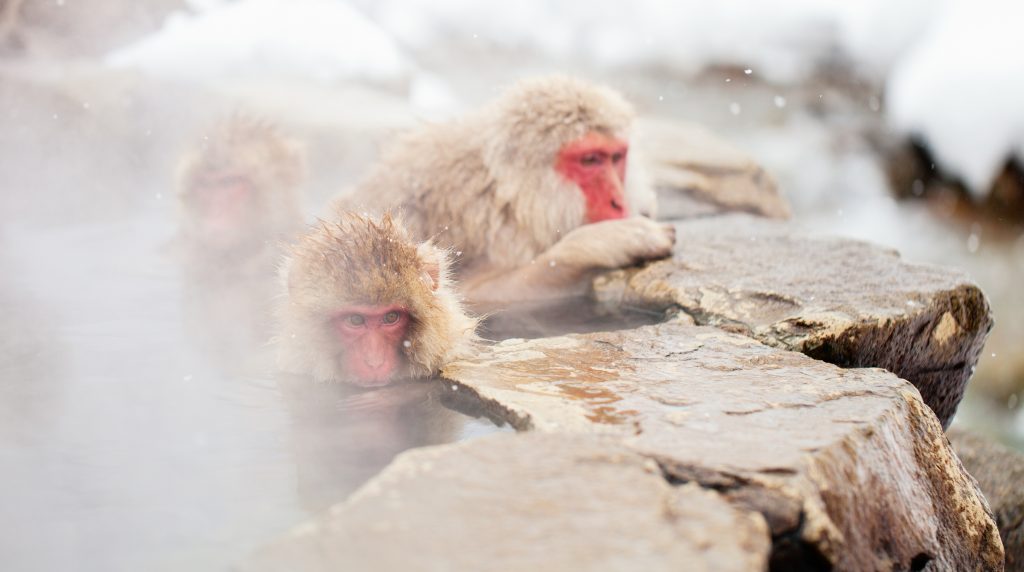
Things to do in Nagano, Japan
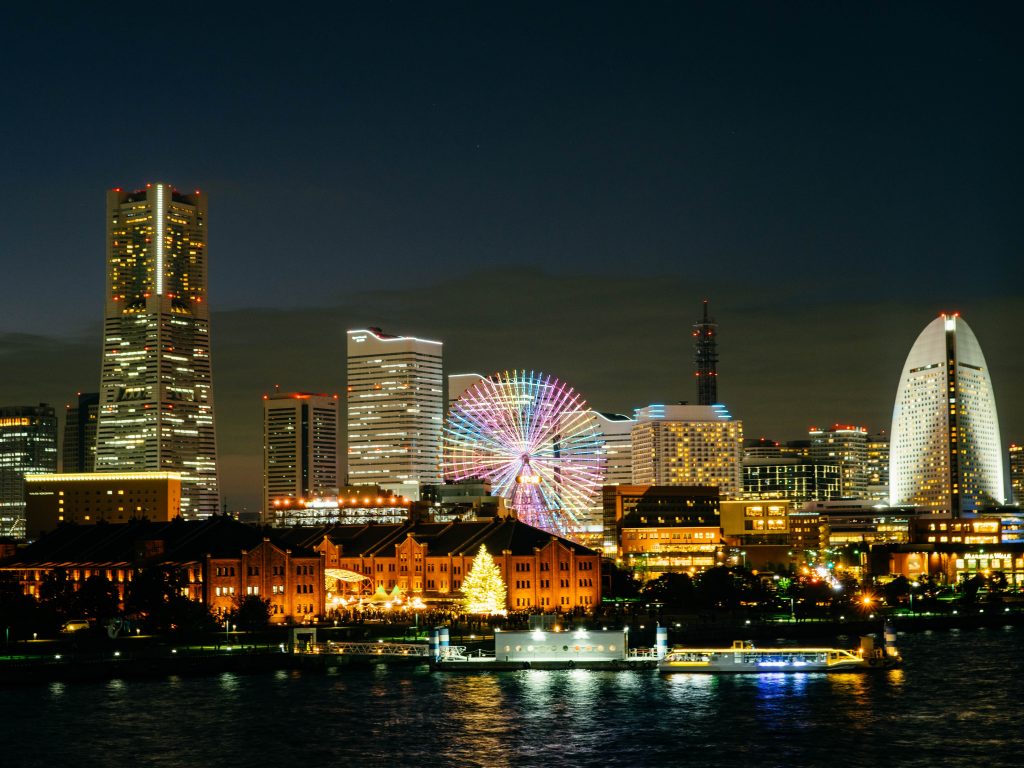
Things to do in Yokohama, Japan

Authentic Tokyo nightlife
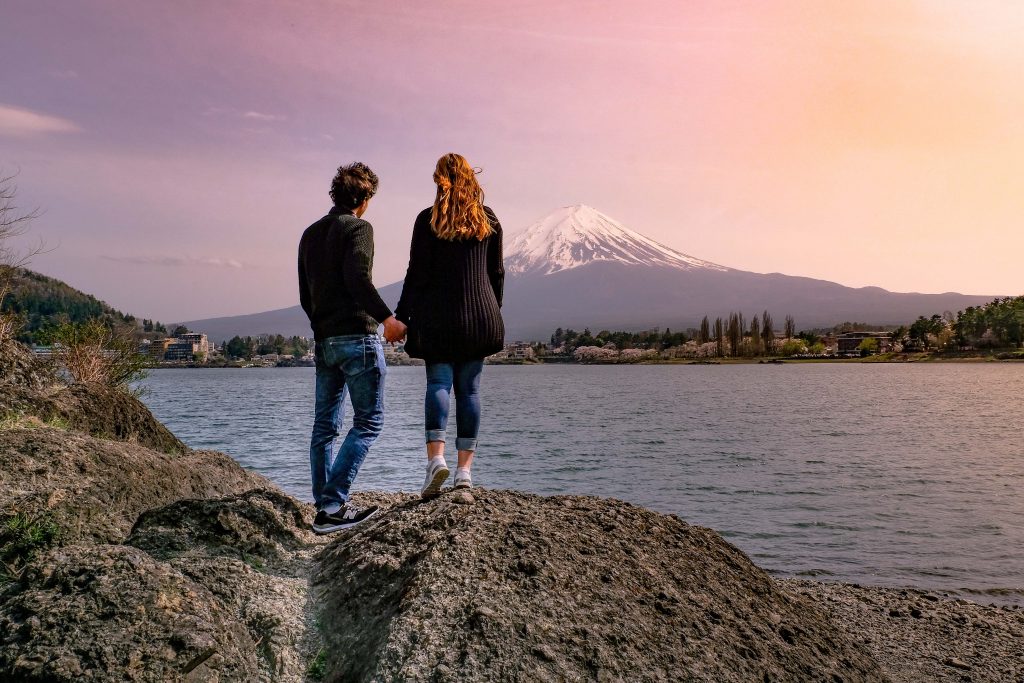
Things to do in Japan

Japan Travel Blog
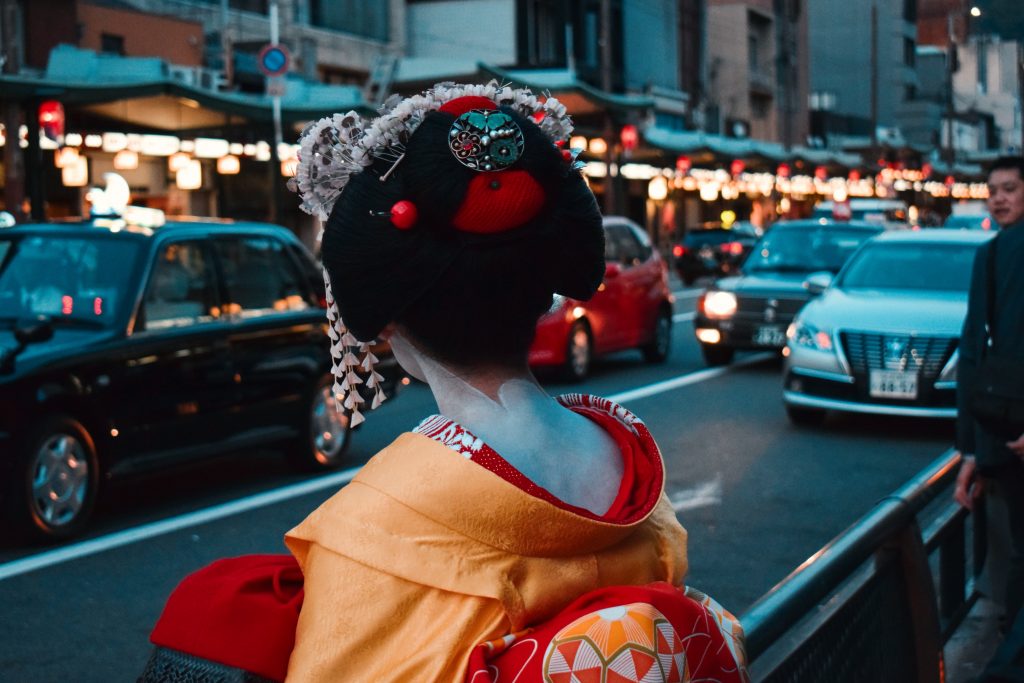
50 best things to do in Kyoto, Japan
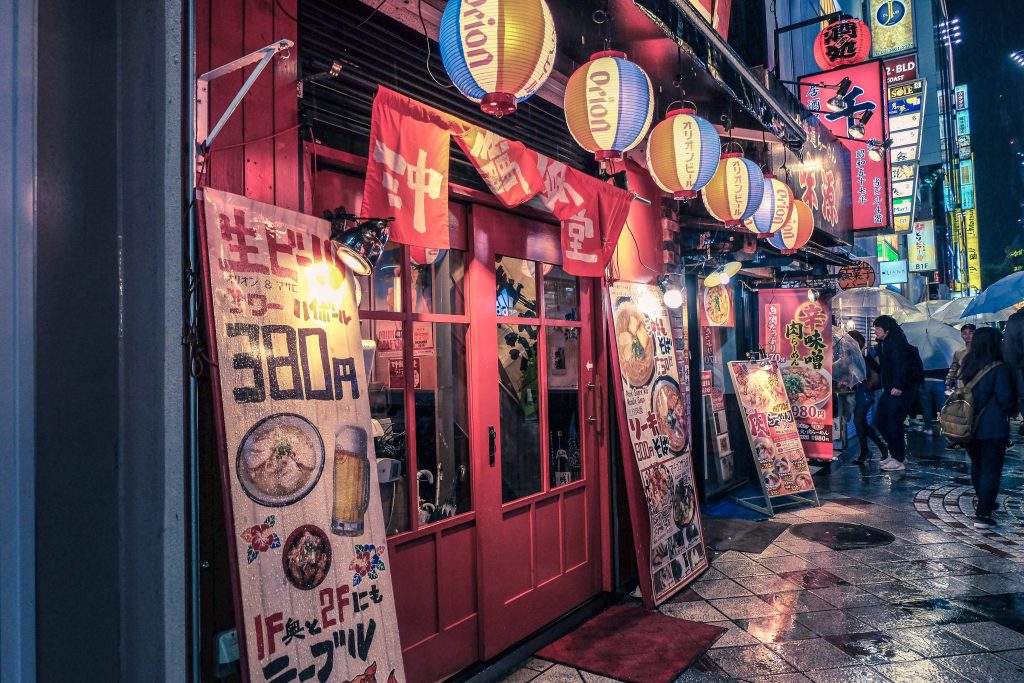
Things to do in Tokyo at night
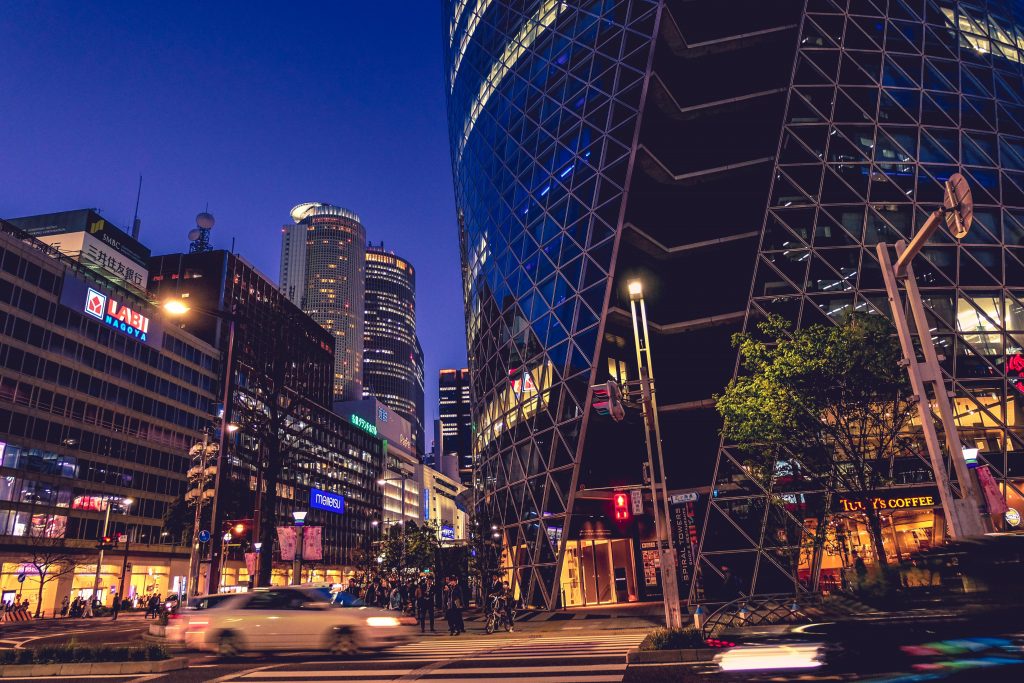
Things to do in Nagoya, Japan

Things to do in Kobe, Japan

Things to do in Osaka, Japan
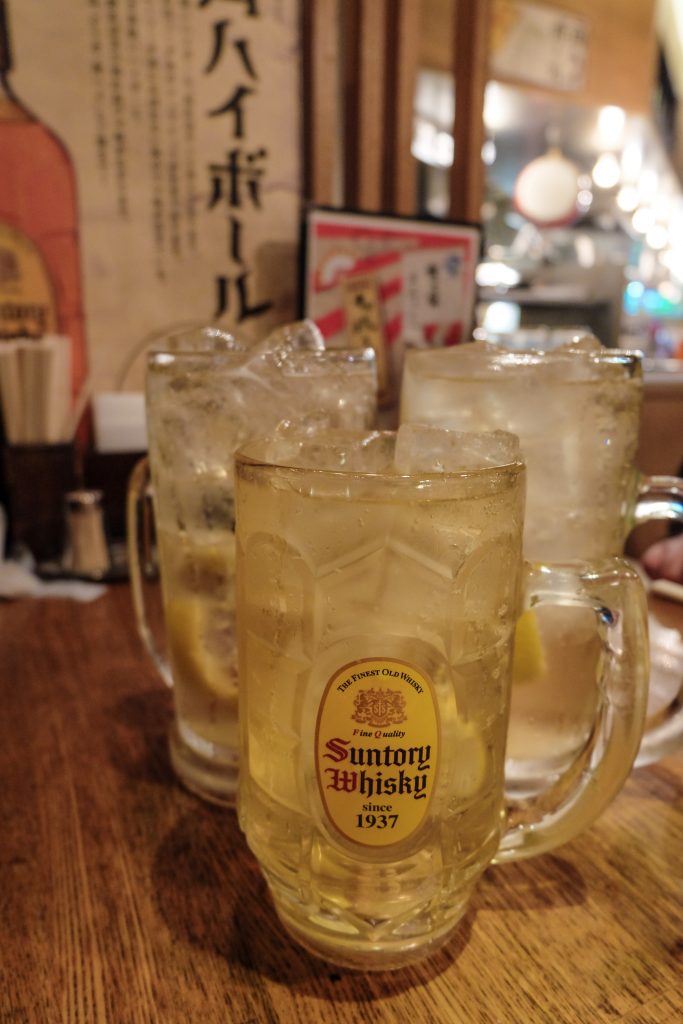
Tokyo Pub Crawl Experience

Sumo Wrestling in Tokyo

Things to do in Nikko, Japan

things to do in Shibuya, Tokyo

Things To Do In Shinjuku, Tokyo
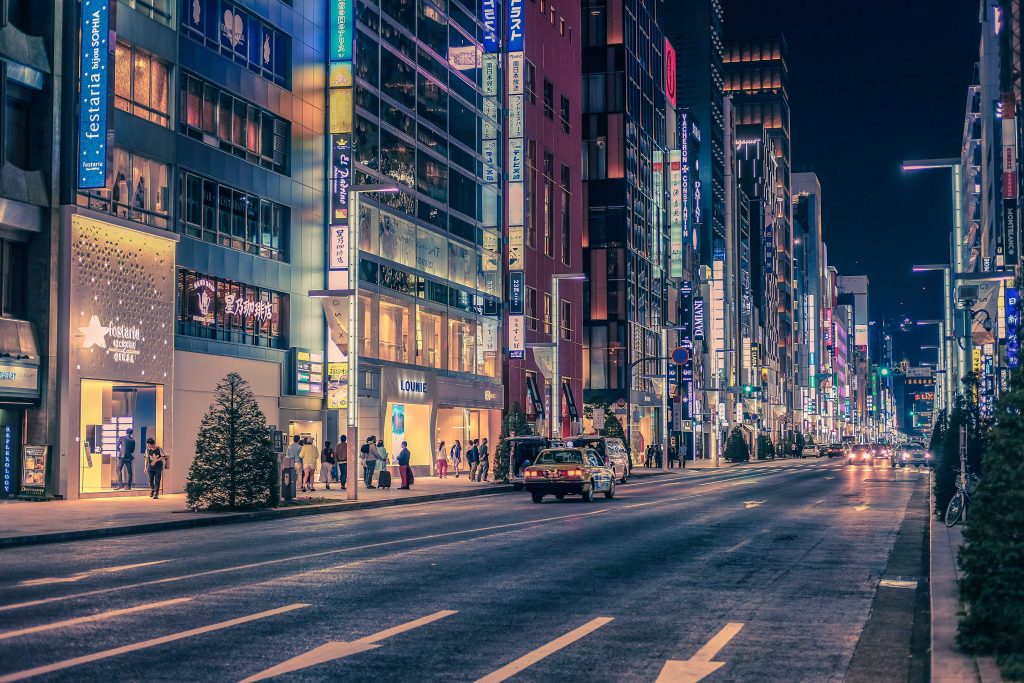
Things to do in Ginza, Tokyo

Things to do in Tokyo, Japan

Shijo Dori, Kyoto
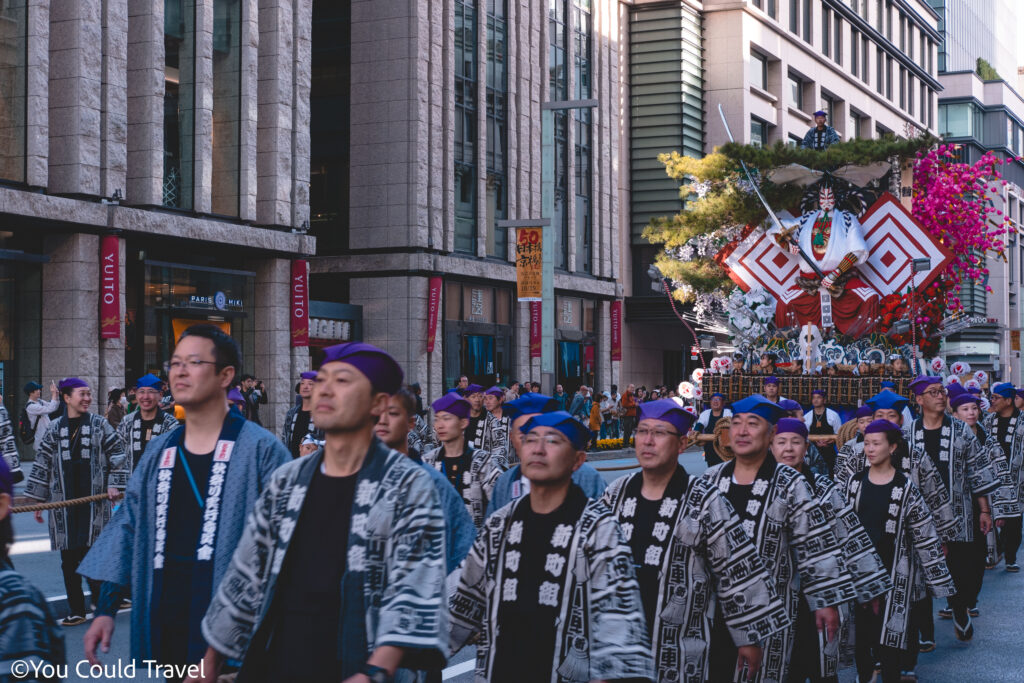
Free Things To Do in Tokyo

Guide to Gion District, Kyoto
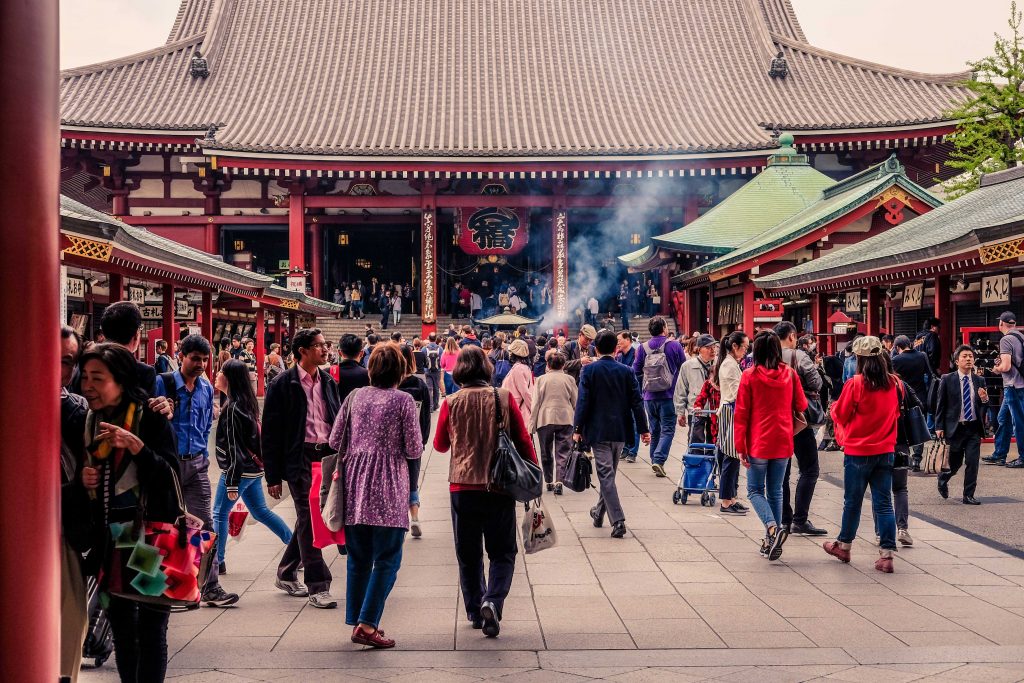
Must Do Guide in Tokyo

Tokyo From Above

Best things to do in Nara

Get Lost in Shinjuku
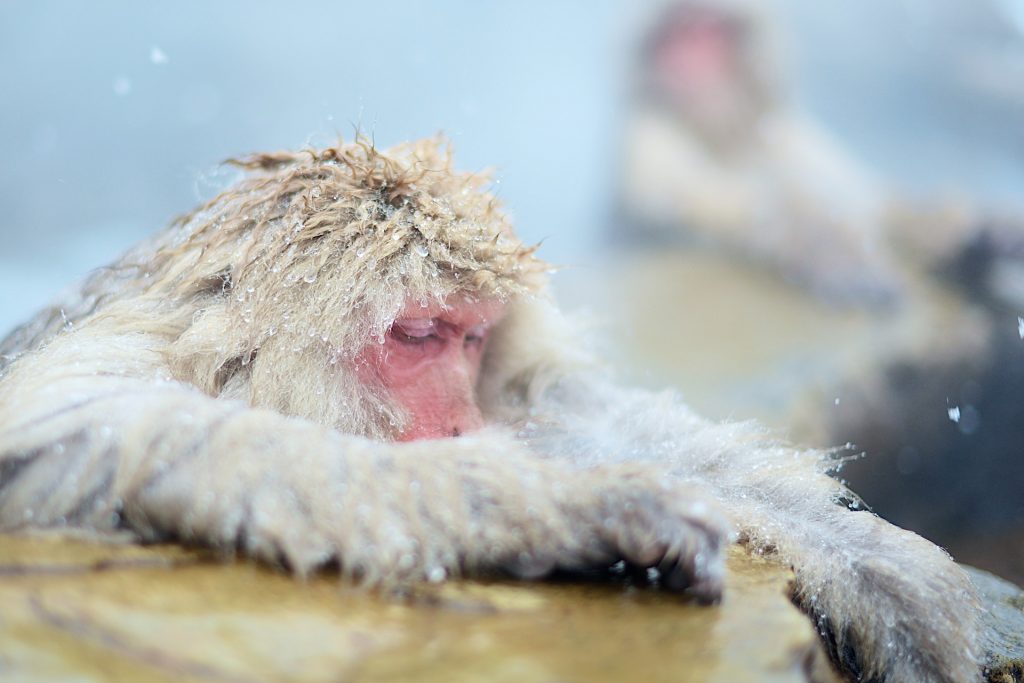
Snow Monkey Park, Nagano
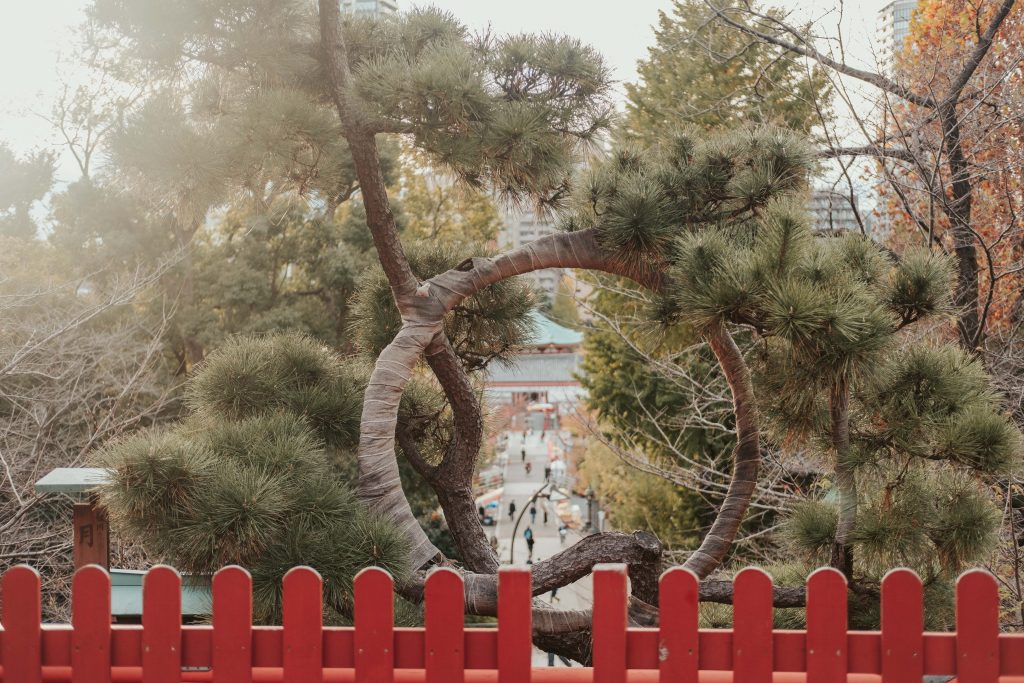
Things To Do in Ueno, Tokyo
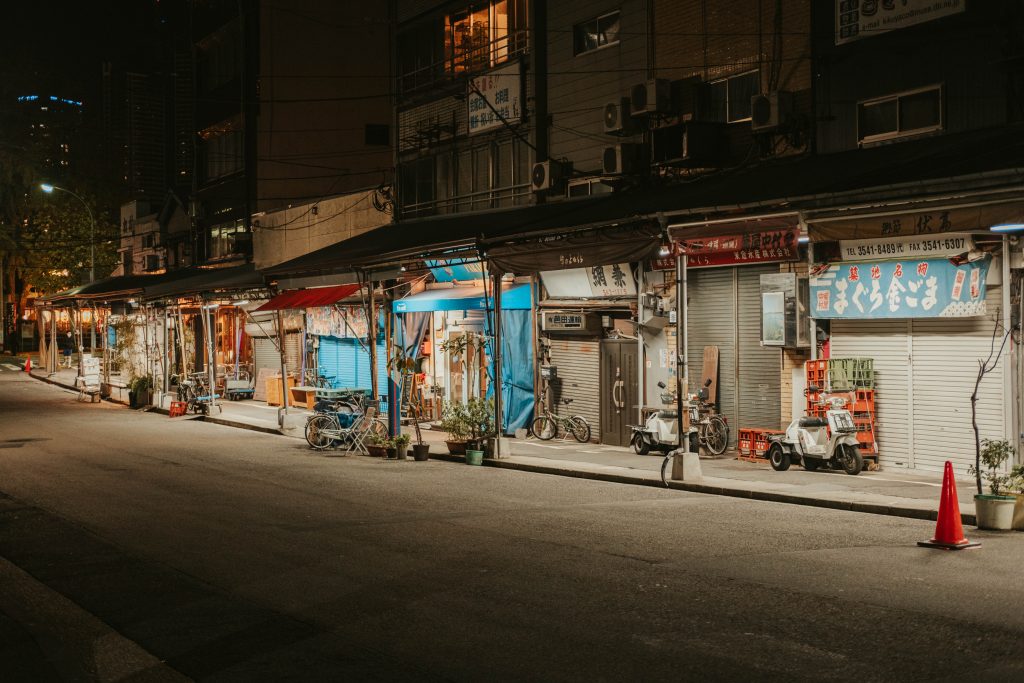
Tsukiji Fish Market
There are so many things to do in Japan, you’ll never get bored. It has many tourist attractions and points of interest ranging from cultural to fun and playful. You can explore Japan on your own but if you prefer meeting like-minded travellers, you can get opt for small group tours or join walking tours in some of the cities.
Bathe in an onsen
Bathing in an onsen is one of the best things to do in Japan. Onsen is about celebrating mother nature in Japan as you immerse your body in natural hot springs. Some luxury ryokans offer private onsen facilities with incredible views of the nearby mountains. There is a whole ritual about it which makes the experience even more exciting. No trip to Japan is complete without trying a traditional onsen. Book your admission ticket for the FuFuNoYu Onsen in Kyoto.
Go on a pub crawl in Tokyo
One of the coolest ways to experience Tokyo is to go on a pub crawl with a local to get a taste of what izakayas are like. You’ll be surrounded by locals enjoying themselves after a long day at work. Try the snacks, and the local beverages including beer, whiskey, and sake. Your Japan travel is all about immersing yourself in new experiences. Book your pub crawl experience here.
Dress in a kimono
Always wanted to wear a silk kimono and look incredible? You can do this in Japan as there are many provides that help you get dressed in a beautiful traditional kimono. For an outstanding experience, you might want to consider dressing up as an oiran or samurai. At the end of the experience, find a silk shop and buy your own traditional kimono to take home. Book a kimono experience in Asakusa, Tokyo.
See the Snow Monkeys in Nagano
One of the coolest things to do in Japan is to see snow monkeys relaxing in hot springs, in the mountains of Nagano. Visit on a cold day, so the snow monkeys have a reason to bathe in the hot onsen. Besides, you’ll enjoy a walk on an ancient forested path. It’s worth noting that this is in line with responsible travel, and it’s not considered animal tourism as the monkeys are free to roam in the wilderness. They are not kept in captivity. Book your Snow Monkey experience.
See a game of Sumo
Time your arrival to see an actual game of sumo. If that’s not possible or tickets have sold out, book a morning tour to see a sumo practice. It’s very fascinating and insightful and your guide will tell you quite a lot about the players, their diet, and rules. At the end of the practice, you might be able to meet the sumo players. Book your Tokyo Sumo Morning Practice.
Go skiing in Japan
Did you know Japan is an incredible skiing destination? Take a trip to Japan to see how snowy the mountains get in the winter. Not many tourists know that Japan is a fantastic destination for winter sports. If you’ve never skied before, don’t worry, as there are skiing schools with trained professionals so you can learn a new skill. Just make sure you add skiing and winter sports as an add-on to your travel insurance.
Visit Akihabara
Akihabara, much like Shinjuku, can be a little unusual at times. Akihabara is also known for its large shops, some of which sell magazines, electronics, and even cosmetics. You can also come to Akihabara to find anime figurines and posters with Sailor Moon. There are several electronic souvenirs for good prices here, like instant Fuji cameras, phones, and computer parts. For maid cafés, Akihabara is a must-visit in Japan. Book your Street Go Karting Experience in Akihabara.
Take the Shinkansen
You won’t believe how incredible the Shinkansen is. Not only it’s fast and efficient, but also clean and well-kept. People are quiet and well-mannered, making the trip even more convenient and pleasant. The Shinkansen tickets can get expensive, so if you are travelling via train, make sure to purchase a JR Pass.
Have a karaoke session
Karaoke means an empty orchestra, which has such a deep and beautiful meaning. Karaoke is a Japanese word, so you must try a karaoke session while in Japan. Book a karaoke room in advance and go there with your travel companions. Most rooms have comfortable seats, soundproofing, as well as drinks, included.
Eat street food
No trip to Japan is complete without trying street food. You’ll want anything and everything you find available at food stalls. You’ll want to visit the great Nishiki market in Kyoto, lined with stalls offering incredible food. Try matcha cakes, octopus on a stick, smoked tofu, noodles and fluffy cakes.
There is no such thing as bad food in Japan. You’ll love it all. Besides, food stalls are very clean, and the owners take great pride in providing great food. Book your Izakaya Food Tour in Shinjuku.
See the cherry blossom season
Seeing the Sakura season in Japan is a must. Even if you can’t do it during your first trip to Japan, you’ll want to come back to the country for more. See the cherry blossom in a major city like Tokyo or Kyoto, then head over to Yoshino to admire landscapes of what looks like floating mountains thanks to the incredible pink hues of the Sakura petals.
Places to see in Japan
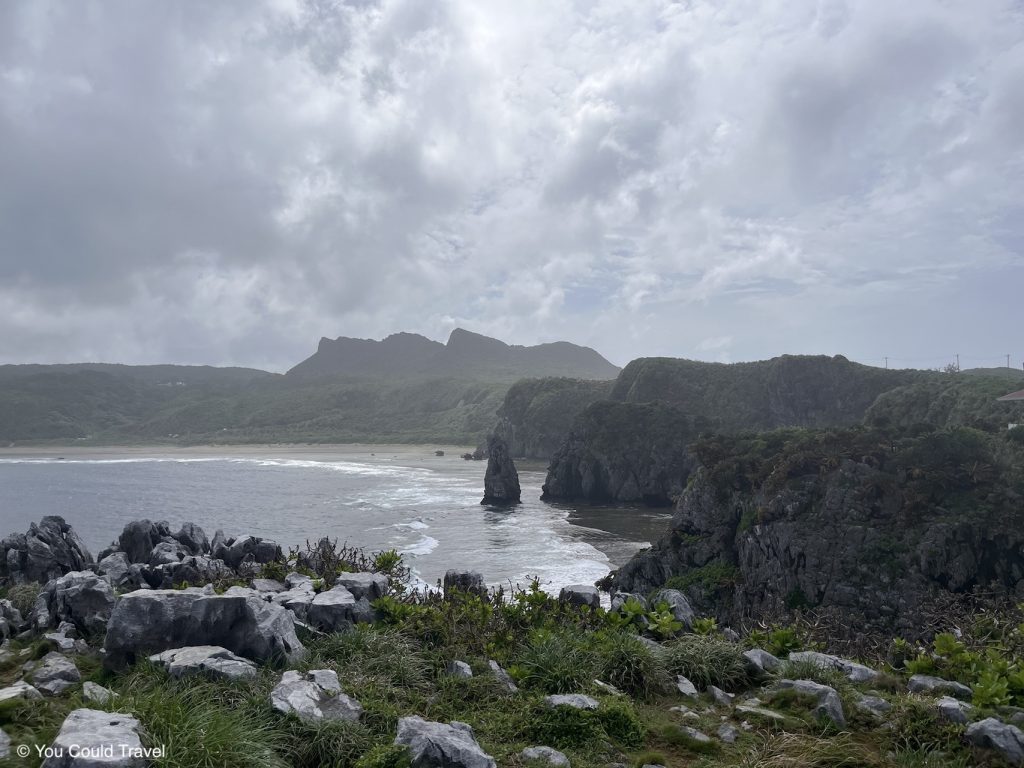
Guide to Cape Hedo Okinawa
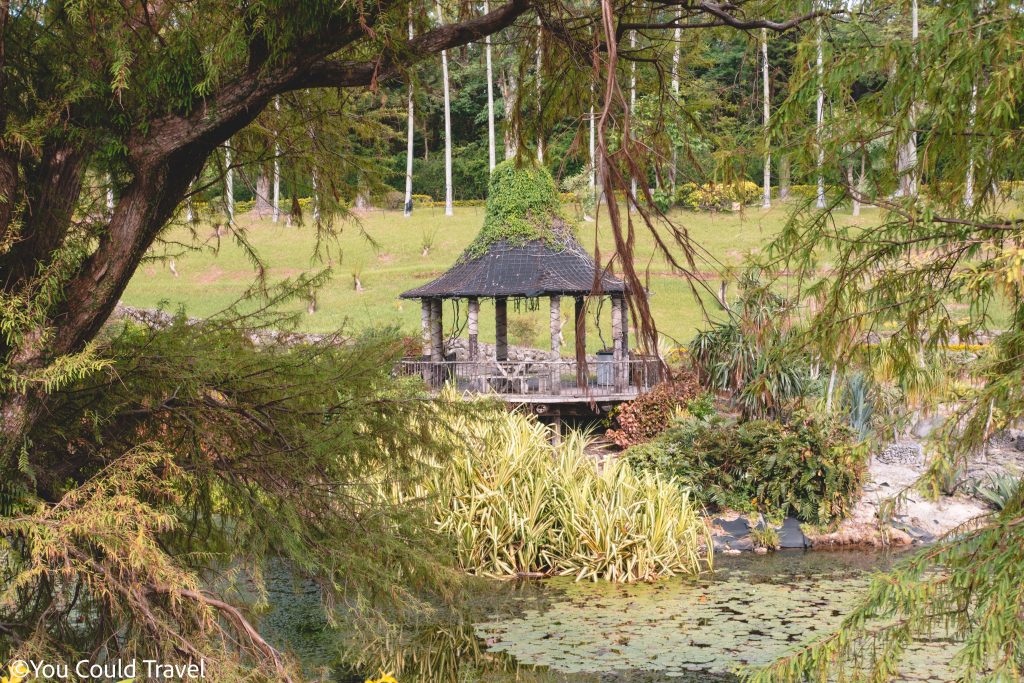
Okinawa Southeast Botanical Gardens
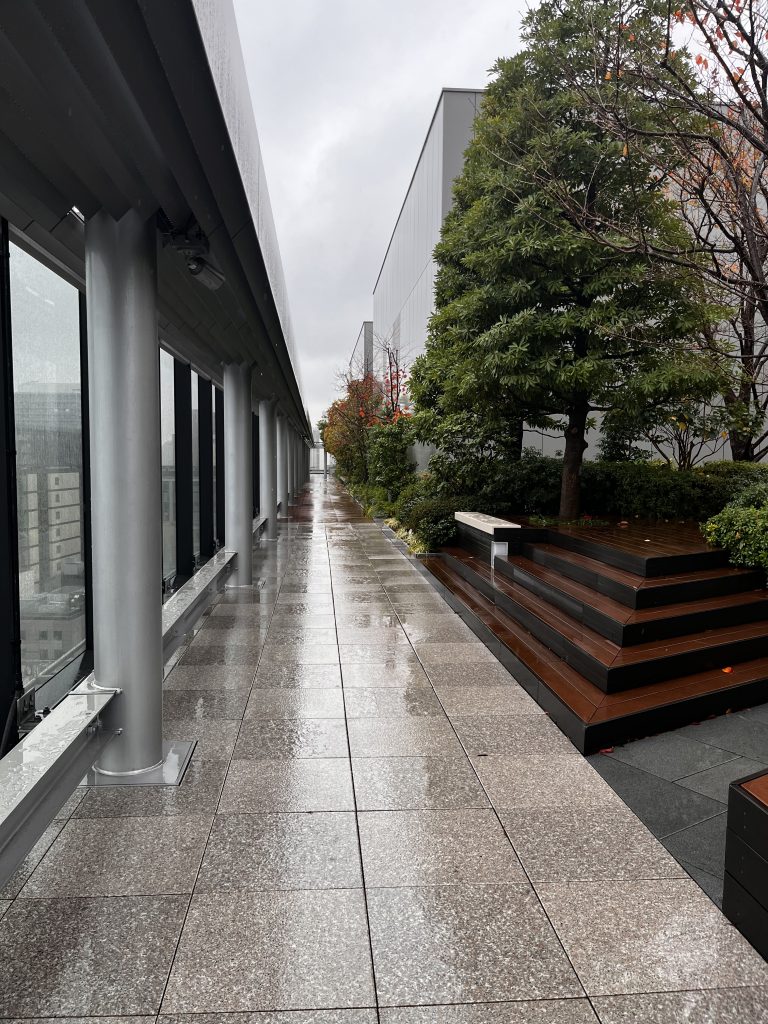
Ginza Six Rooftop, Tokyo

Gotokuji Temple, Tokyo

Meiji Jingu (Meiji Shrine)

Nago Pineapple Park in Okinawa
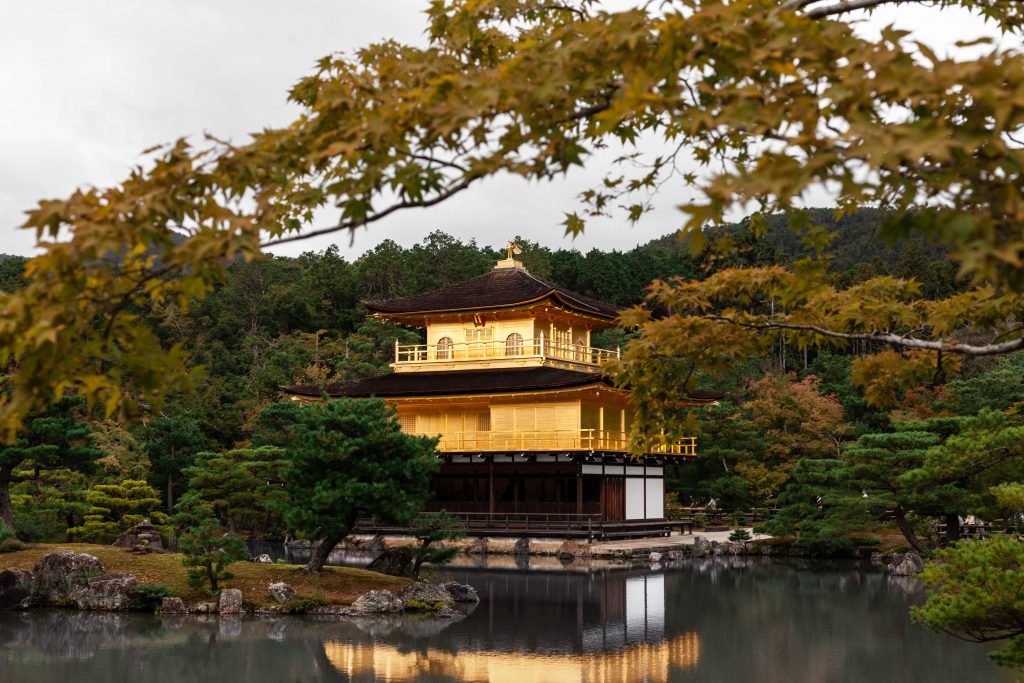
Popular Japan Tourist Attractions
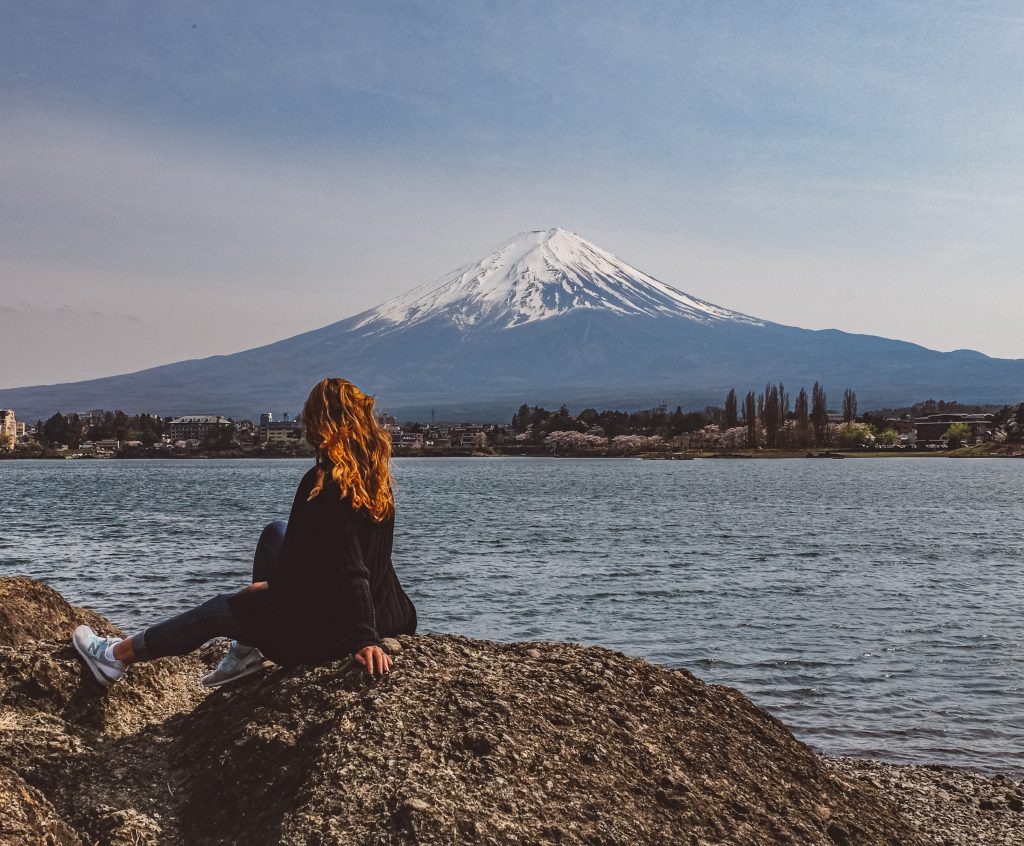
Stunning Landmarks in Japan
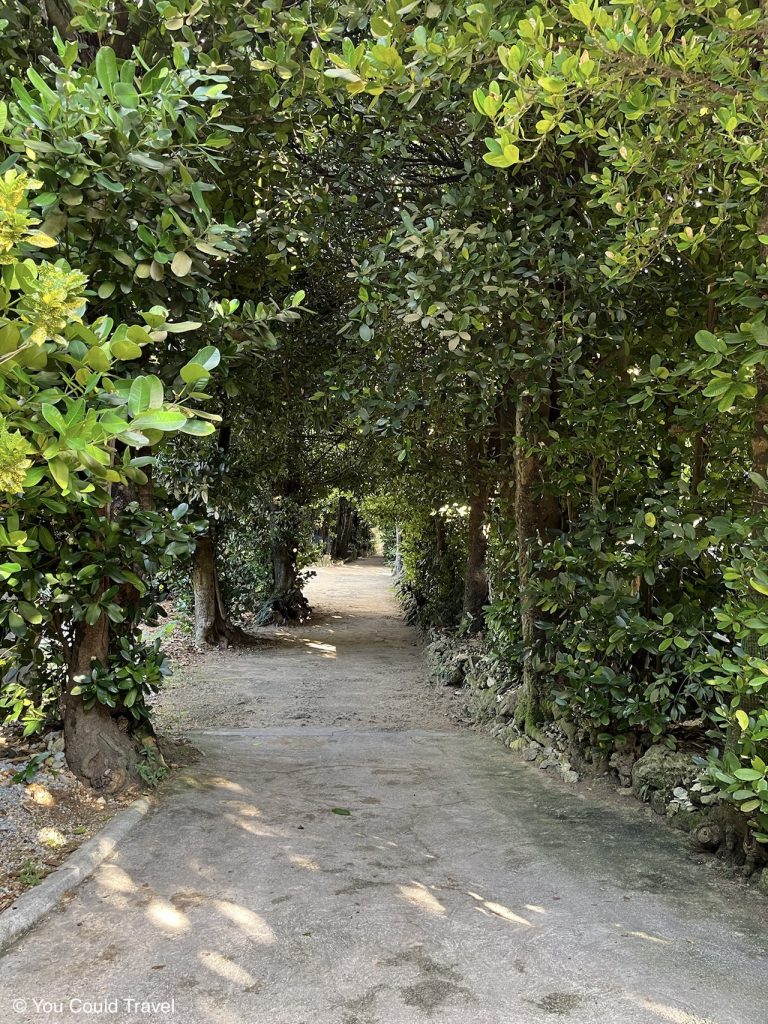
Bise Fukugi Tree Road

Guide to Enoshima Island

Magome Juku, Japan

Complete Shibuya Area Guide

Guide to Nakameguro, Tokyo

Roppongi Guide – Nightlife, Art, Dinning & Events
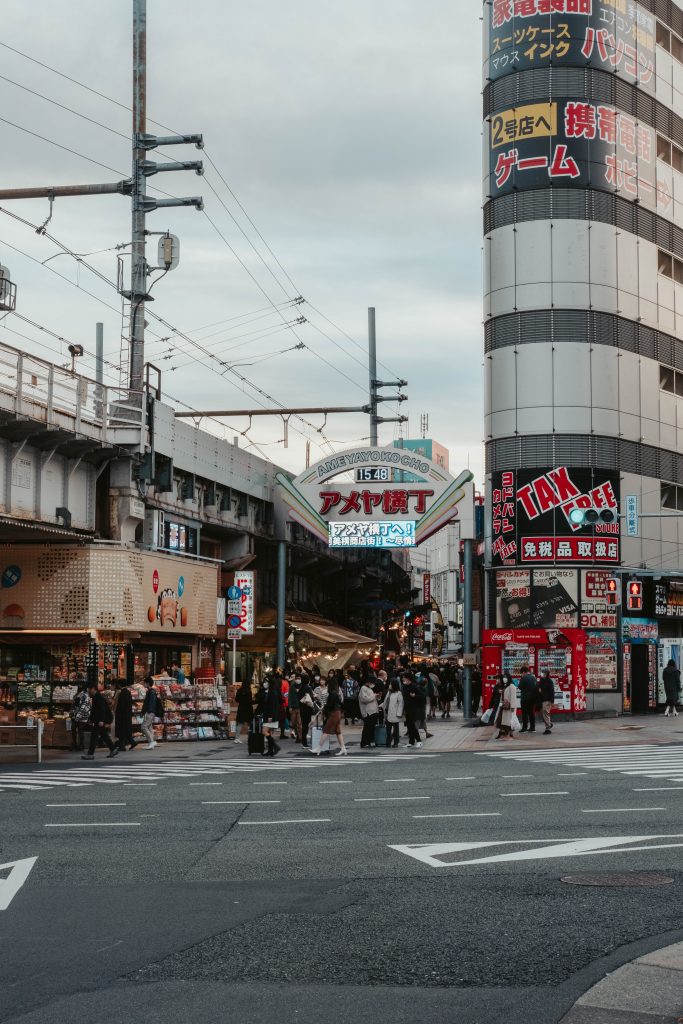
Ameyoko Shopping Street
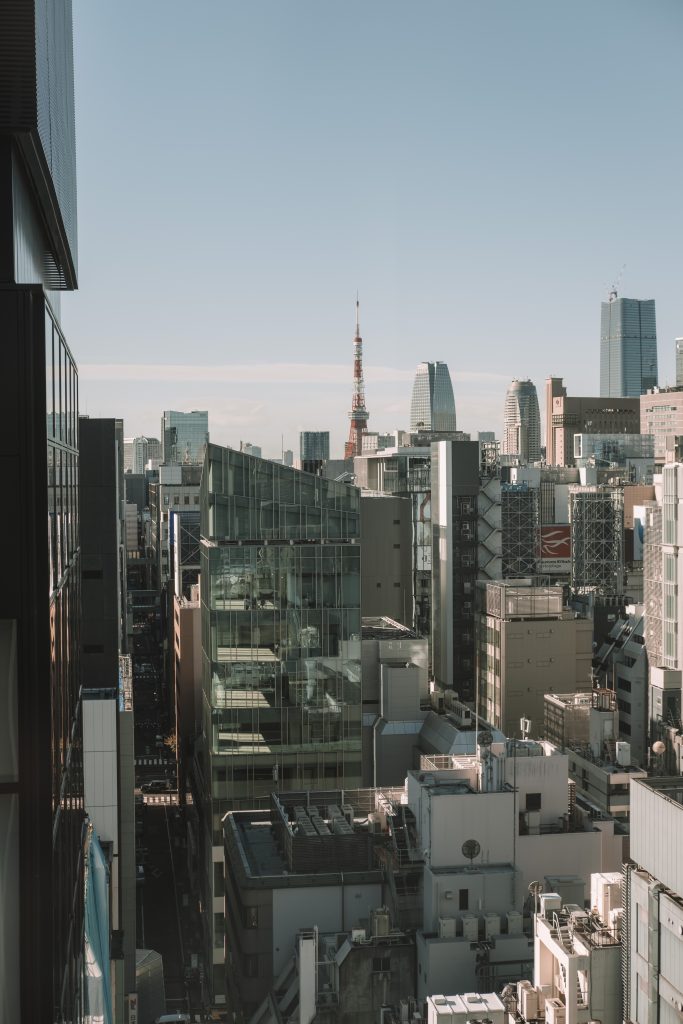
Guide to Ginza, Tokyo
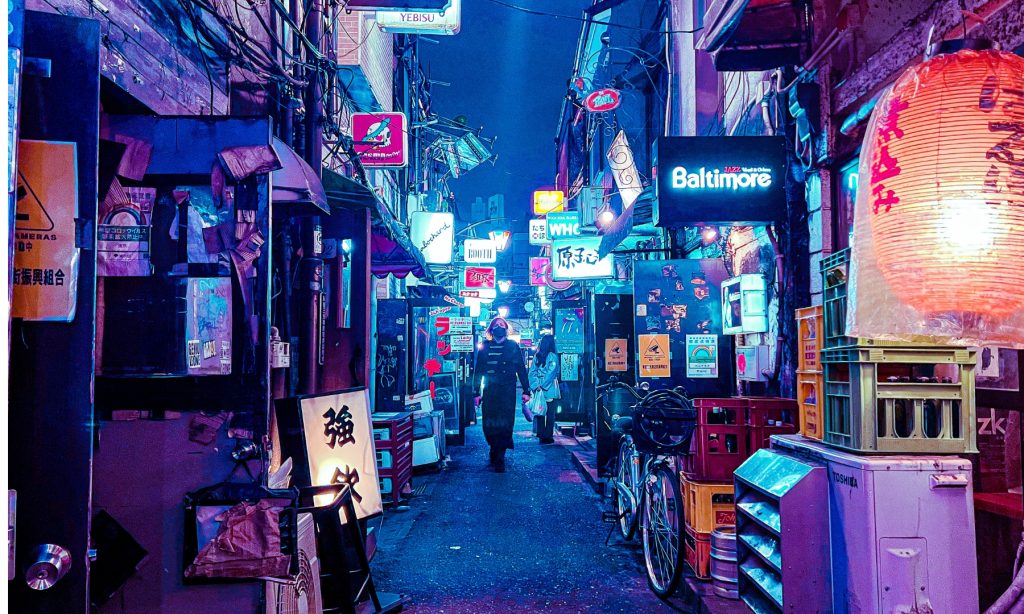
Shinjuku Golden Gai Guide
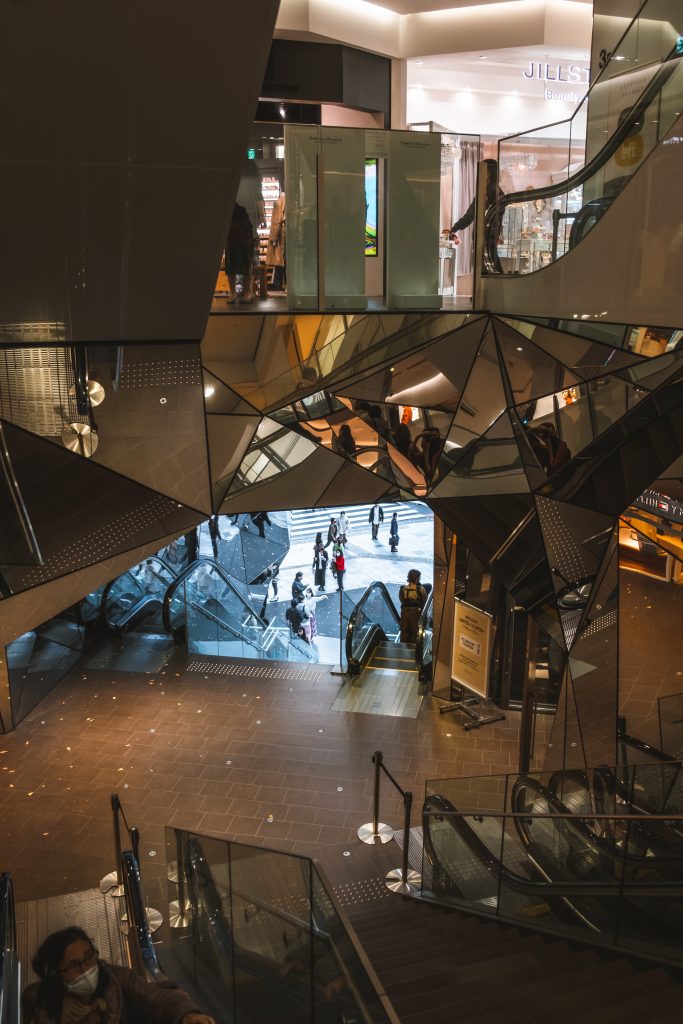
Tokyu Plaza Omotesando Harajuku
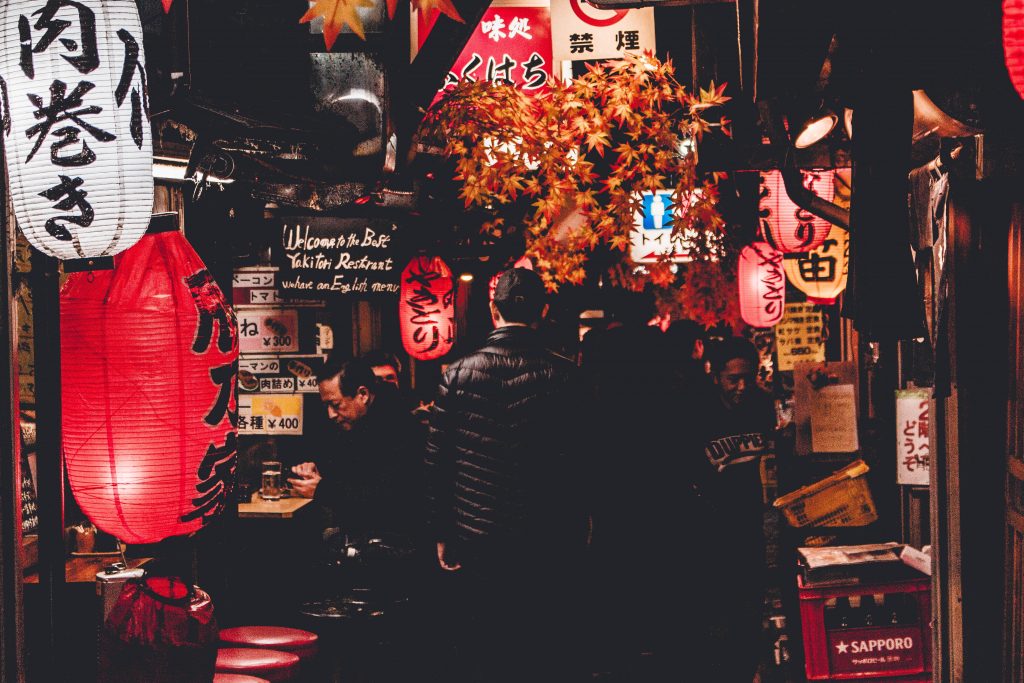
Guide to Omoide Yokocho

Guide to Tokyo Neighborhoods

Guide to Arashiyama Bamboo Forest Kyoto
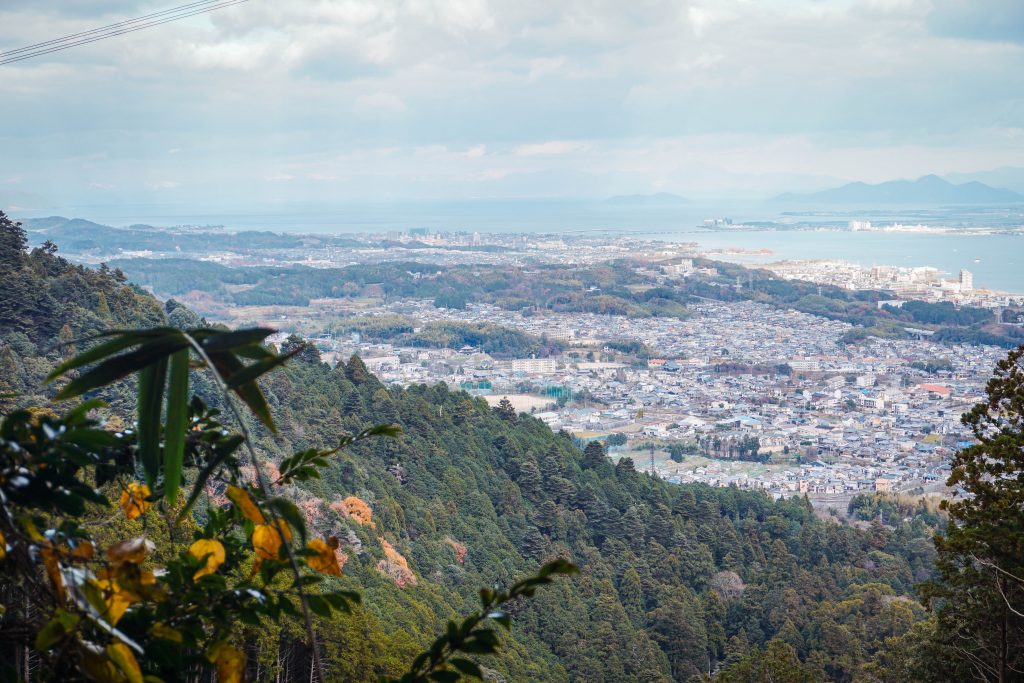
Guide to Mount Hiei

Day trip to Uji

Guide to Fushimi Inari Shrine
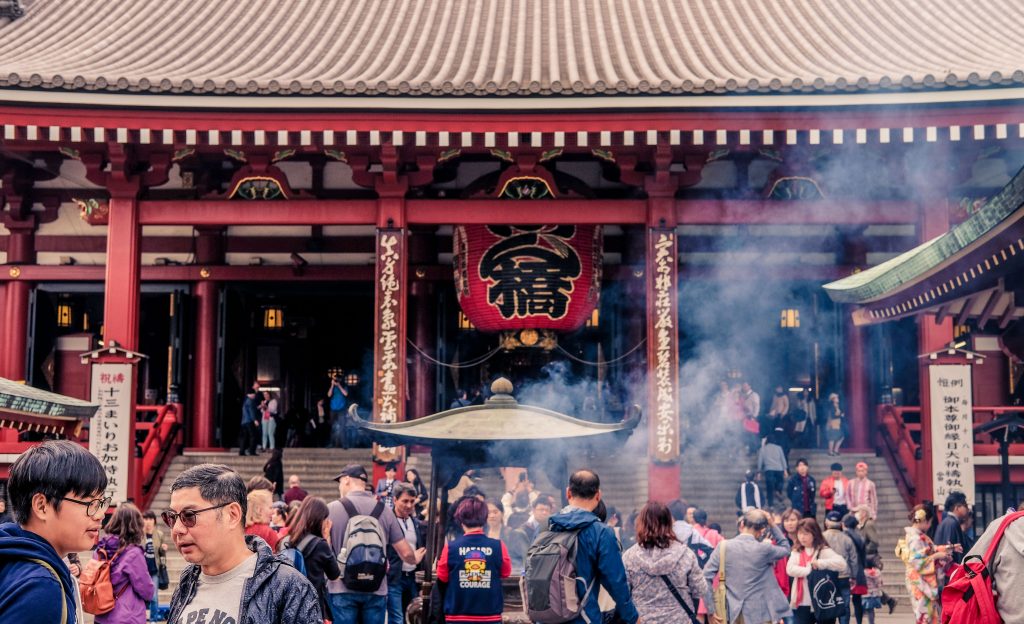
Guide to Senso-ji Temple, Tokyo
Japan has so many incredible places for you to discover. Your trip to Japan will take you places you couldn’t have imagined existed. Walk the paths that samurai and geisha walked for centuries before you. Hike mountains surrounded by cherry blossoms and see dreamy landscapes in all their splendour. Drive around Hokkaido and see stunning flower carpets and dive into Okinawa’s waters, Japan’s tropical islands.
Fushimi Inari Shrine
One of the most well-known places to visit in Japan is Fushimi Inari Shrine. Fushimi Inari Shrine is the most important spiritual ground dedicated to Inari, the Shinto god of rice. Most tourists come to Fushimi Inari Shrine to follow the mountain path through the wooded forests of the Mountain Inari. The best times to visit Fushimi Inari Shrine is either first thing in the morning or late in the evening. Book a Fushimi Inari Hidden Hiking Tour.
Mount Fuji
To see the elusive Mt Fuji, take a day trip from Tokyo on a sunny day, when you are almost certain there won’t be any cloud above the mountain. Take a trip to one of the five lakes around the mountain for the best chance to see it. An easy option is to head over to Lake Kawaguchi. You’ll also get to see the snowed-capped mountain during your train ride as well. Book your tour to Lake Kawaguchi.
Arashiyama Bamboo forest
A gem located in Kyoto, the Arashiyama bamboo forest is a well-known tourist attraction in Japan. Make sure your Japan travel itinerary has it on the list, as you’ll want to walk the path lined with swaying bamboo stalks. Along the path, you’ll stop at many temples and shrines and see some incredible Japanese gardens. Book your Arashiyama Rickshaw Tour.
Miyajima Island
Itsukushima, also known as Miyajima, is a small island in Hiroshima Bay. To get to you, you’ll need to make your way to Hiroshima, and from there you’ll take a ferry across. The island is incredible and should be seen at low and hide tide. There are many trails on the hillside and also plenty of restaurants with street food and typical Japanese delicacies. Purchase deer biscuits and feed the local deer, and try some delicious oysters, especially great in the region. Book your Hiroshima and Miyajima tour.
Nikko
An often-overlooked location amongst tourists, Nikko is a stunning mountain destination full of trails, vista points and waterfalls. Start your tour from the Nikko town, then take one of the local buses all the way to the top of the mountains, where you can find some of the most secluded and stunning ryokans with access to a Japanese onsen.
Yoshino
Often votes the most beautiful place in Japan to see the cherry blossoms, Yoshino is a popular destination that fills up fast. Take a day trip to Yoshino from Kyoto, Osaka or Nara, just stay overnight in a traditional ryokan. Along the paths, you’ll find restaurants that serve authentic kaiseki with views over the Sakura trees.
Hokkaido
Hokkaido is a whole island with many points of interest, but if you can spend time driving around it, you’ll have the best of time. Hokkaido is especially known for its fresh seafood and flower landscapes. In the winter, Sapporo, the capital city of the island, truly comes to the island with ice sculptures and snow celebrations. Visit the Shirogane blue pond and Lake Tōya. Book your Sapporo tour.
Okinawa
Beach bums must-see Okinawa, the tropical islands of Japan. Crystal clear waters, sandy beaches and perfect seafood dishes all await you in Okinawa. Visit Yonaha Beach, one of the best in the prefecture, see Taketomi island and relax on Zamami island. Life here is quieter and a lot more relaxed.
Kamikochi
Kamikōchi is a remote mountainous highland valley within the Hida Mountains range, located in Nagano prefecture. It is considered one of Japan’s National Cultural Assets. It is sometimes referred to as the “Japanese Yosemite Valley”.
Kumano Kodo
Kumano Kodo is 70 km in length, and it usually takes 4 days to complete. For 1000 years, many people, including emperors and Japanese aristocrats, made the arduous pilgrimage to Kumano. Walking the ancient Kumano Kodo is a fantastic way to experience the unique cultural landscape of Kumano’s spiritual countryside. This path is registered as a UNESCO World Heritage.
What to pack for Japan
The suitcase for your trip to Japan might look a little different depending on the season and location you wish to visit in Japan. The good news is that if you forget anything, Japan has so many convenience stores where you will find anything you need. There are plenty of clothes shops too, especially in places like Ginza where you can find great quality items. And you might want to consider shopping in Japan anyway because the quality of items and service is usually far superior to almost anywhere else in the world.
Don’t leave without travel documents and a copy of your travel insurance. Make sure you have a copy of your itinerary as well. We recommend buying this travel planner to have everything written down, just in case.
For Spring, you’ll want to pack layers. You will need a light jacket or a trench, and waterproofs as well. While sunny and lovely, you will find that Japan gets showers and the evenings are cold. Pack dresses, skirts, shorts but also jeans, tights, walking shoes and a sweater. You can’t go wrong with a thermal layer.
For Summer, you’ll want breezy dresses and linen shirts and shorts. It will be hot and humid, so add sandals and comfortable shoes.
Autumn will be warm in the day and cool at night, so it’s best to get your waterproofs, especially if you want to do some walking trails in the mountains. Bring comfortable shoes, and layers. Add a couple of sweaters, some tights, jeans, and thermals.
Winter is cold, so you’ll want to pack your snow jacket and your snow boots. Add as many layers as you can, including wool sweaters and thermal trousers.
Bring your favourite cosmetics and travel makeup but remember you can go shopping in any place in Japan.
Where to stay in Japan
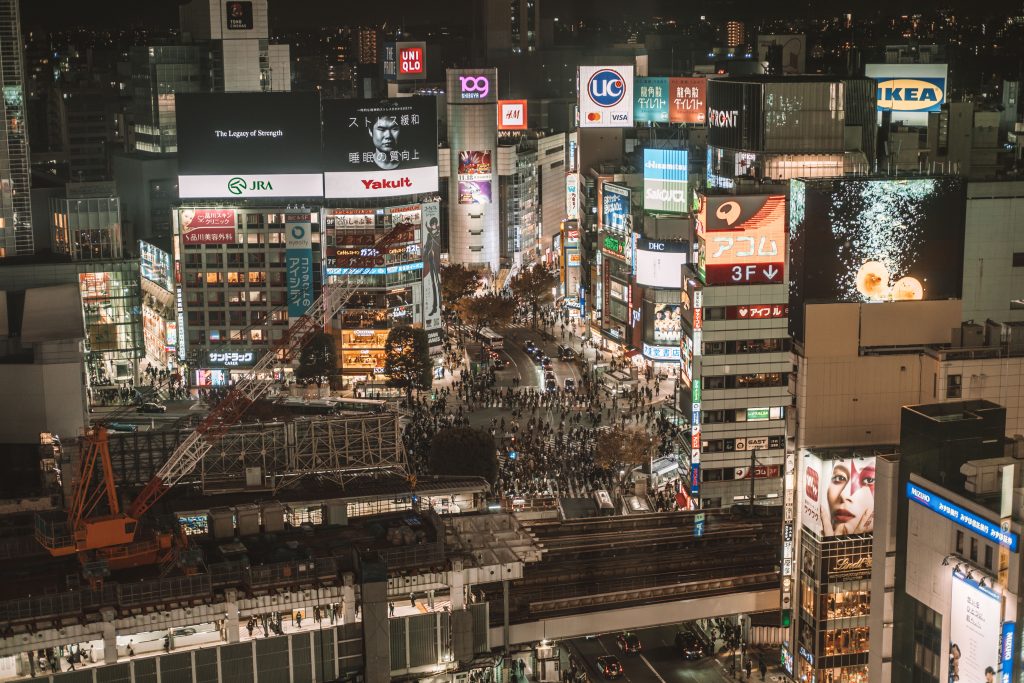
Where to stay in Shibuya

Where to stay in Takayama
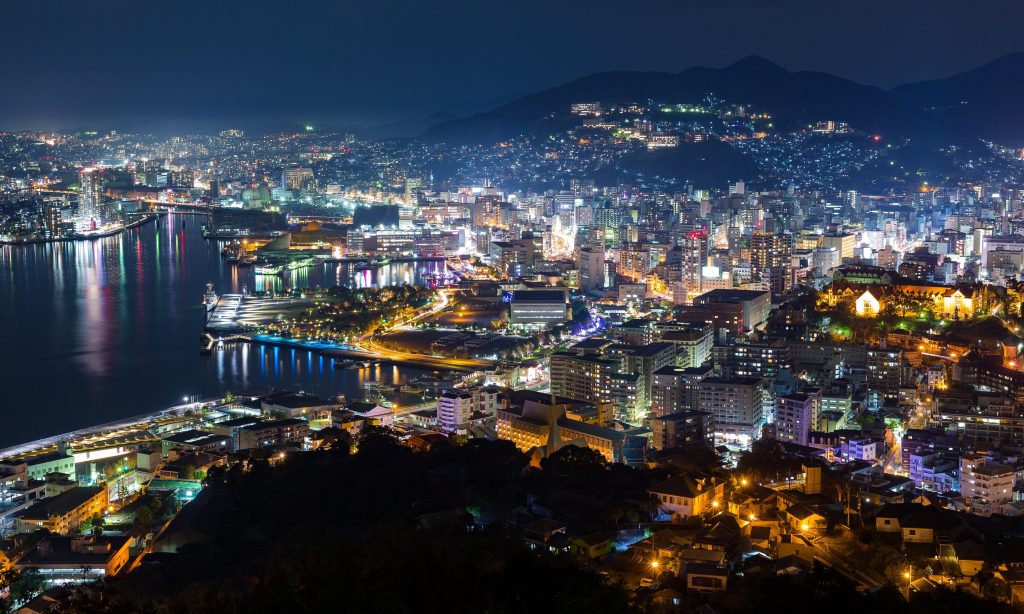
Where to stay in Nagasaki

The best Fukuoka onsen
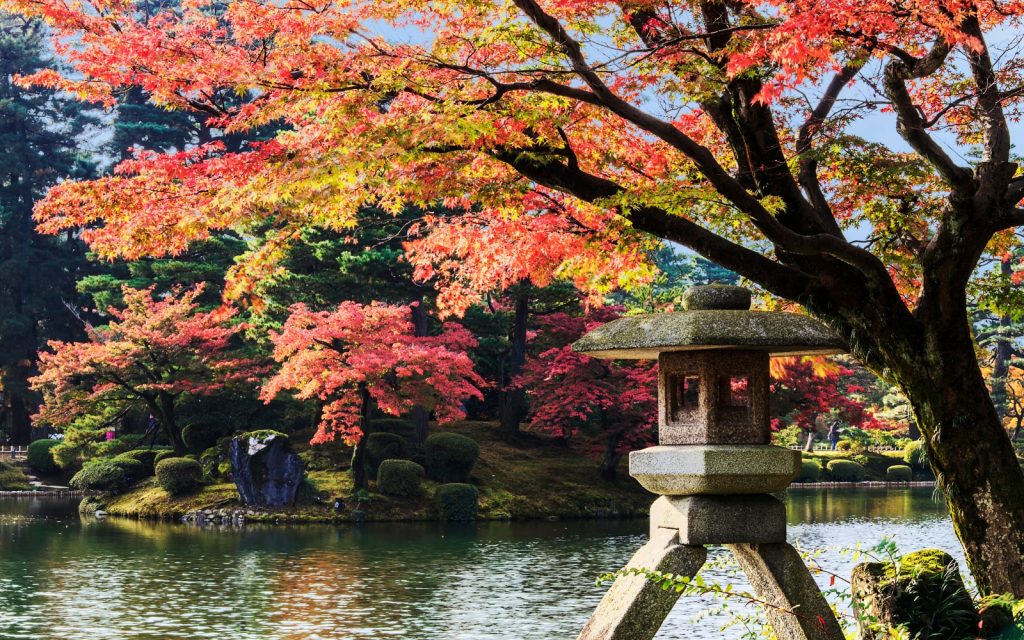
Where to stay in Kanazawa

Where to stay in Fukuoka

Where to stay in Okinawa
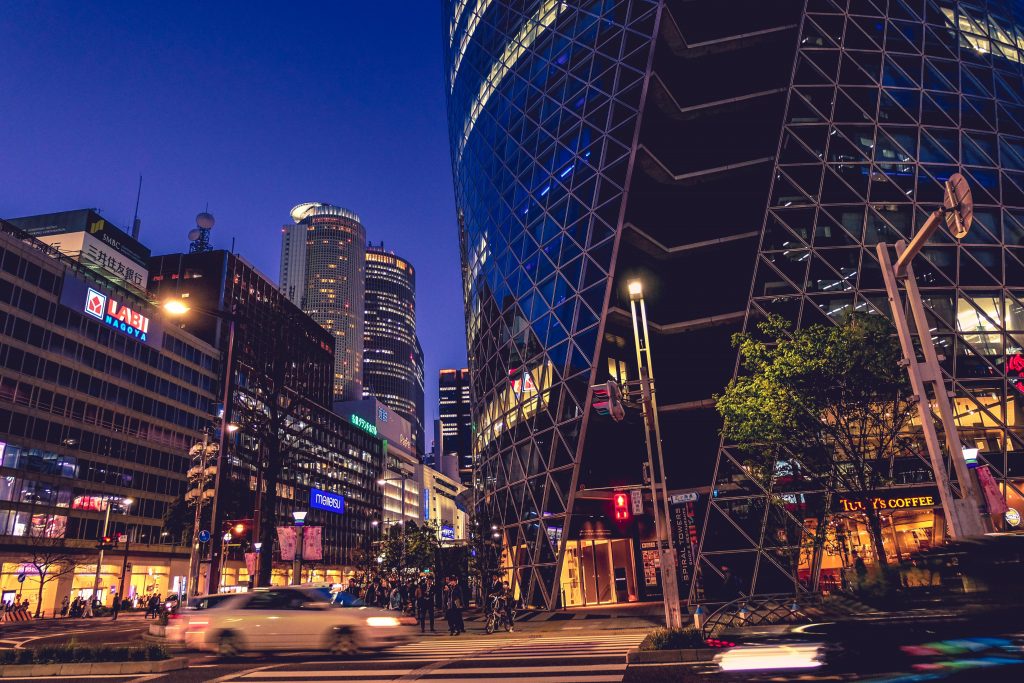
Where to stay in Nagoya

Where to stay in Sapporo, Japan
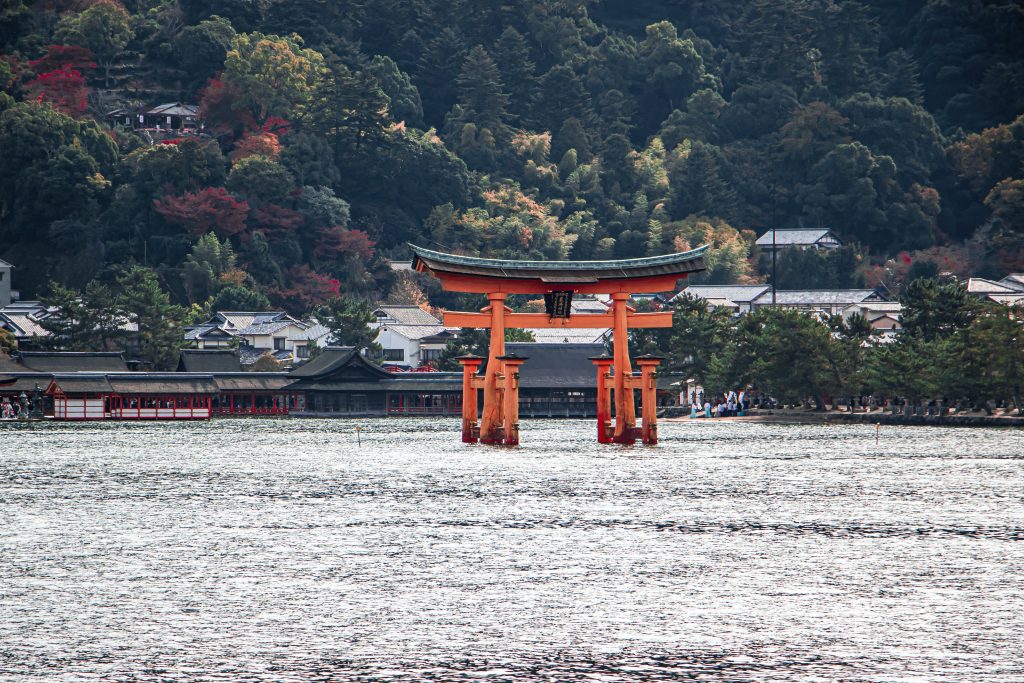
Where to stay in Hiroshima, Japan

Where to stay in Hakone, Japan
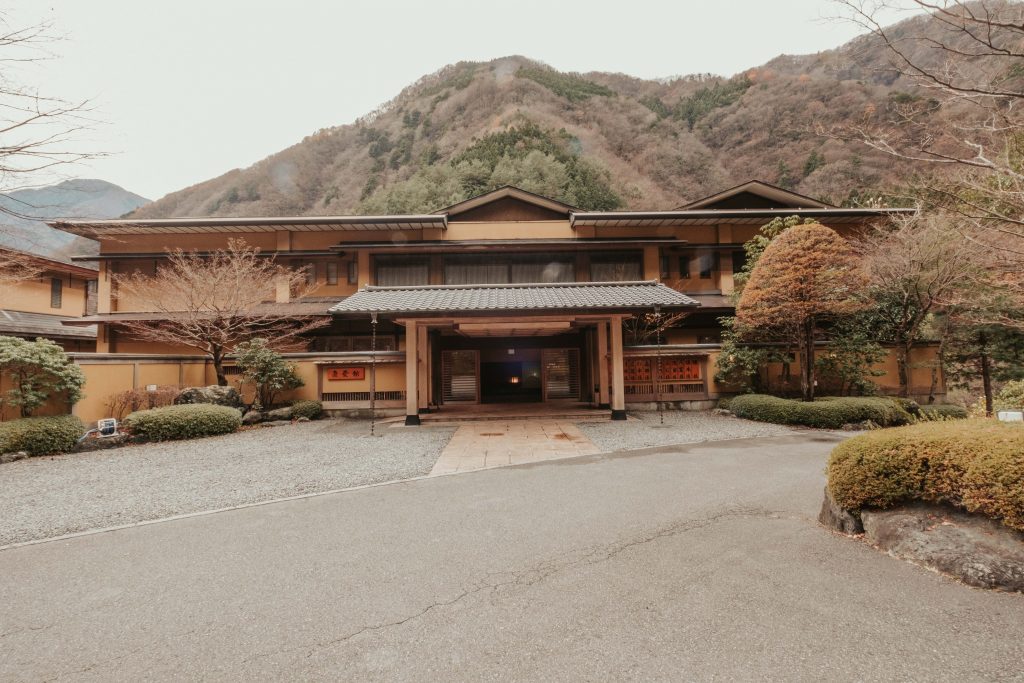
Nishiyama Onsen Keiunkan Review

Kyoto Onsen
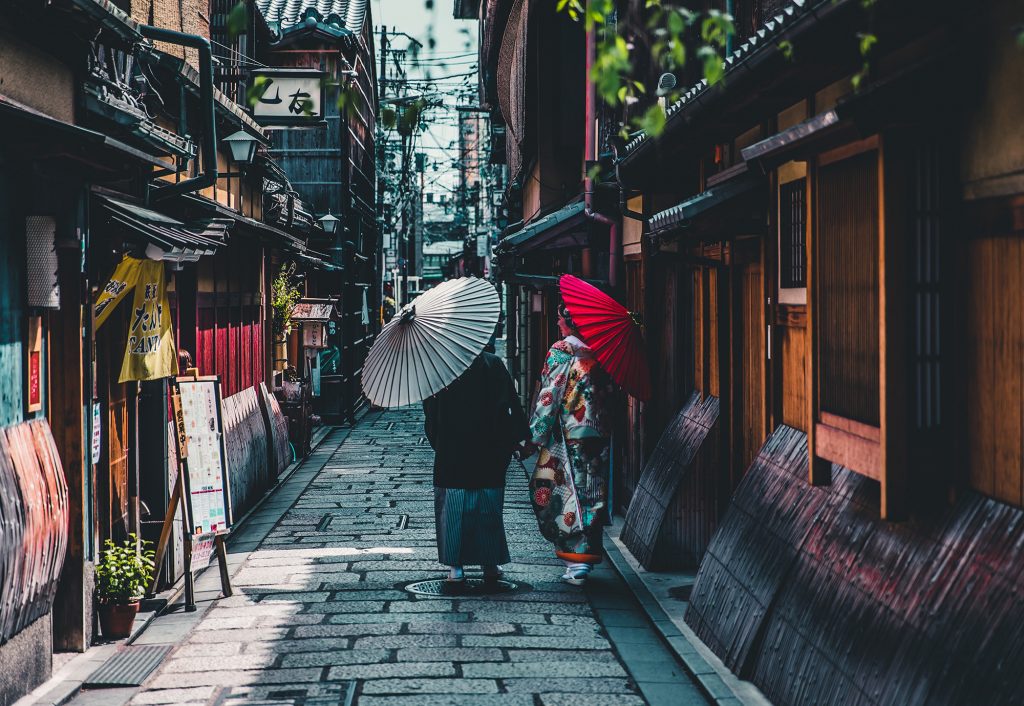
Where to stay in Kyoto
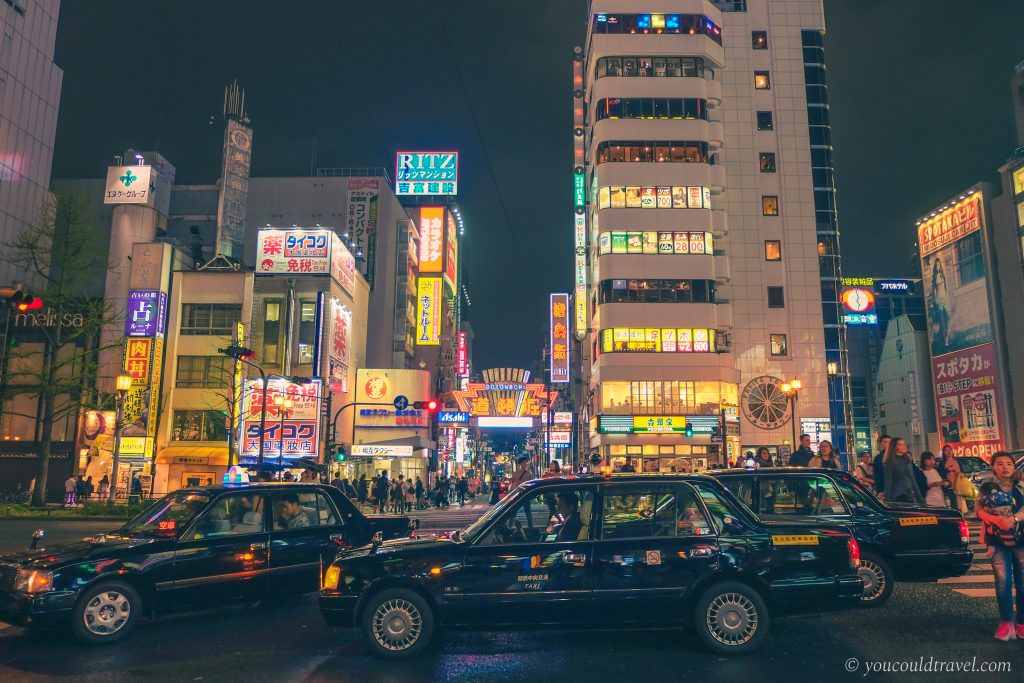
Where to Stay in Osaka

Where to stay in Tokyo
Accommodation in Japan can be on the expensive side, but with a little planning, you can find fantastic deals. Japan has a range of accommodation options, and you should book your hotel at least a couple of months in advance.
Japan is a popular travel destination and unique in many ways. You can stay in a capsule hotel in Tokyo if you wish to save money but can also splurge in the most incredible experience in a traditional Japanese inn (ryokan). Stay in a ryokan if you visit Kyoto and take advantage of the onsen option available to you. An onsen is a natural hot spring in Japan.
Major cities will have business hotels, mid-range and luxury hotels. If saving money is a priority, then you’ll want to consider a business hotel. While the rooms are compact, there are clean and affordable.
Luxury hotels in Japan are found in key locations like Shinjuku or Shibuya. The rooms are large and comfortable, and the service is top-notch.
Japanese cuisine
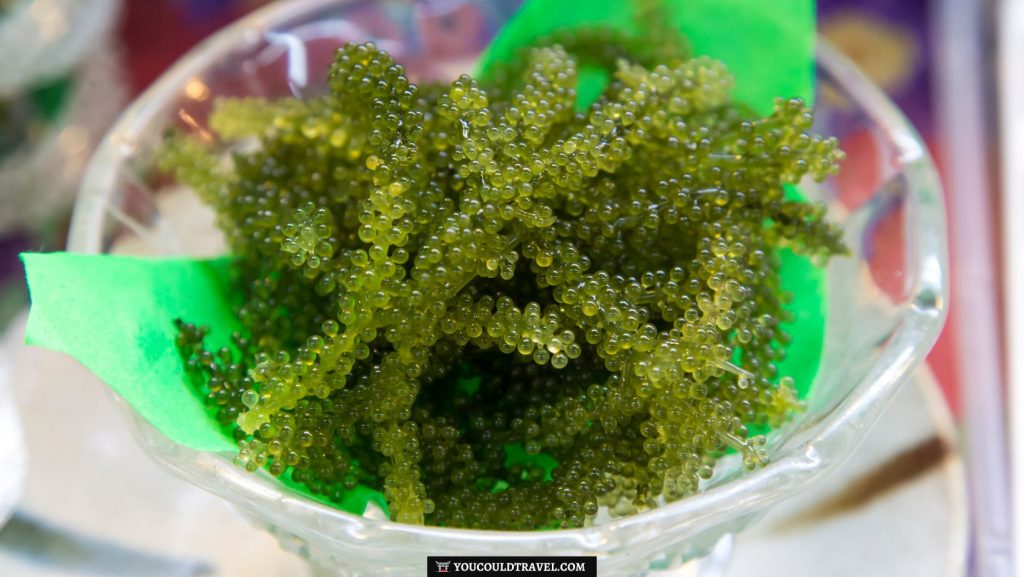
What to eat in Okinawa
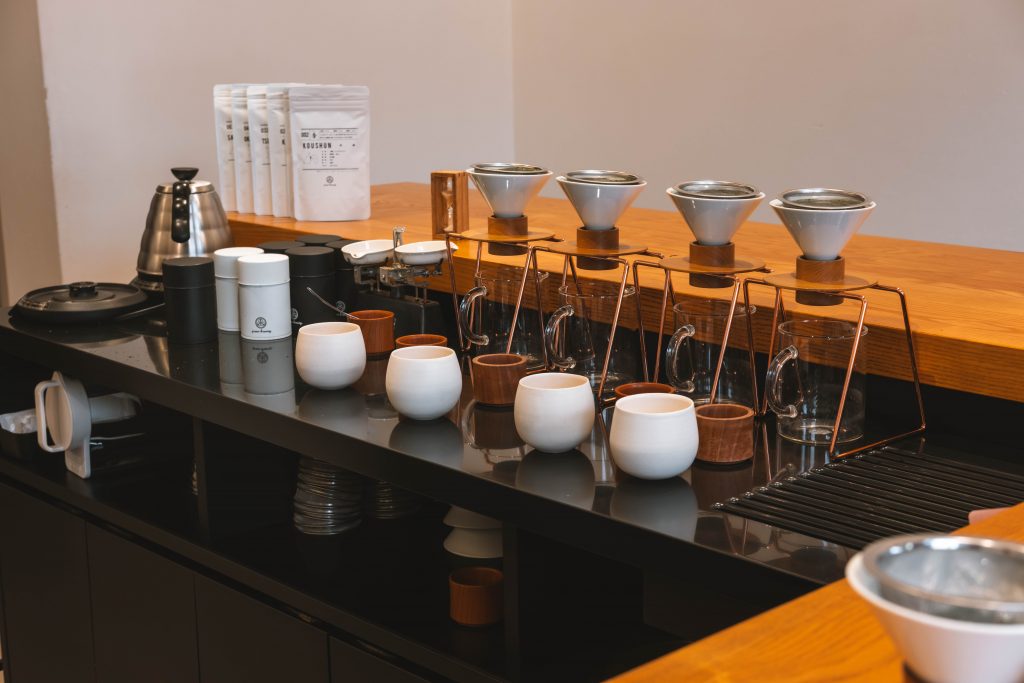
Tokyo Saryo Experience

Best High Tea in Tokyo

Sakurai Japanese Tea Experience
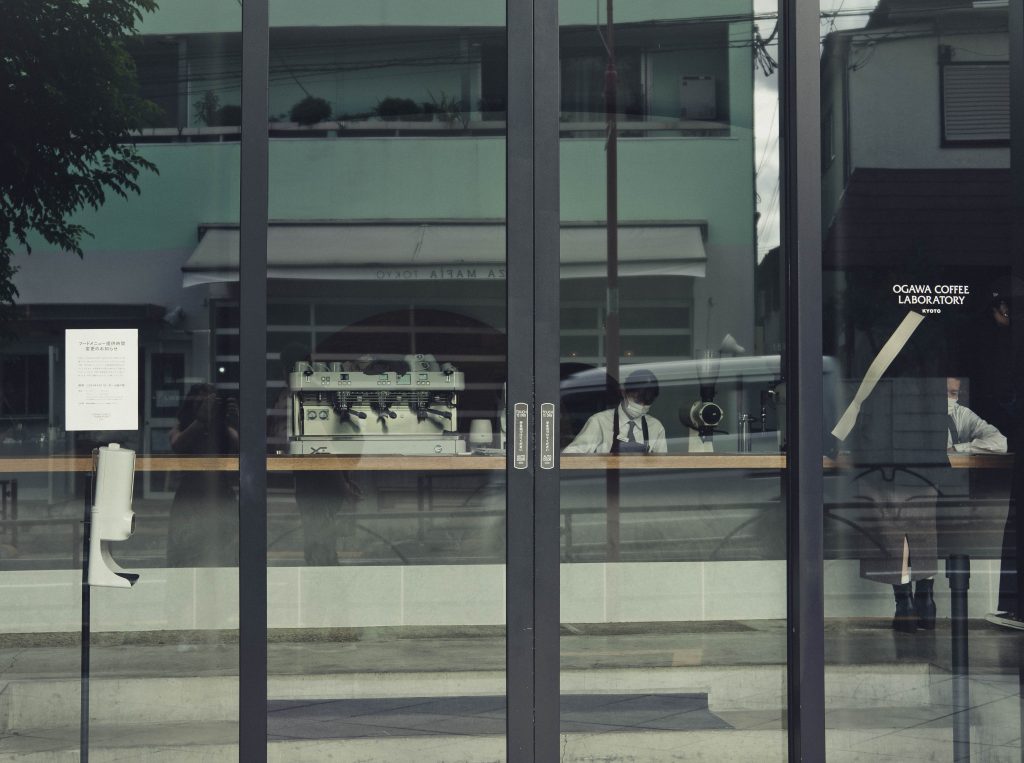
Ogawa Coffee Laboratory

Different types of ramen

Kikunoi Honten in Kyoto Review
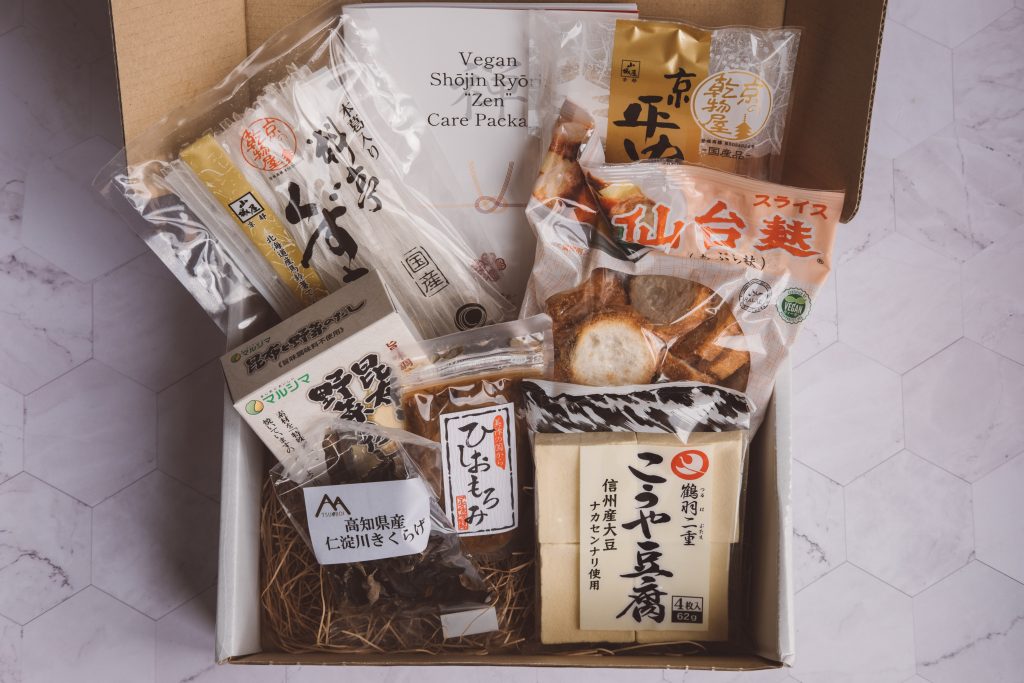
Kokoro Cares Packages
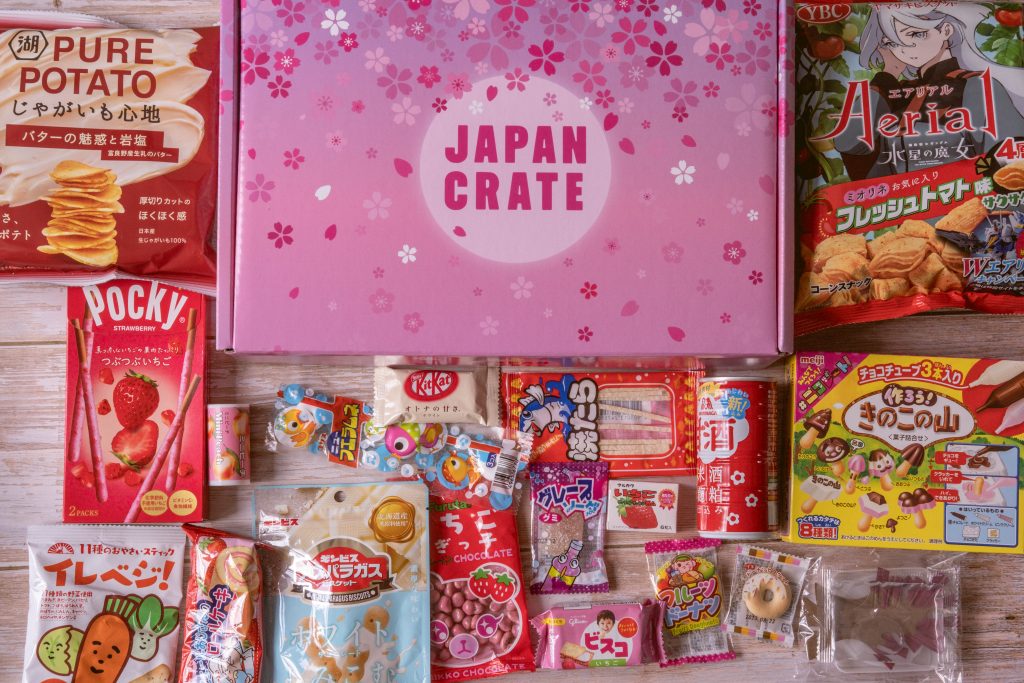
Japan Crate Review

Tokyo Treat Box Review
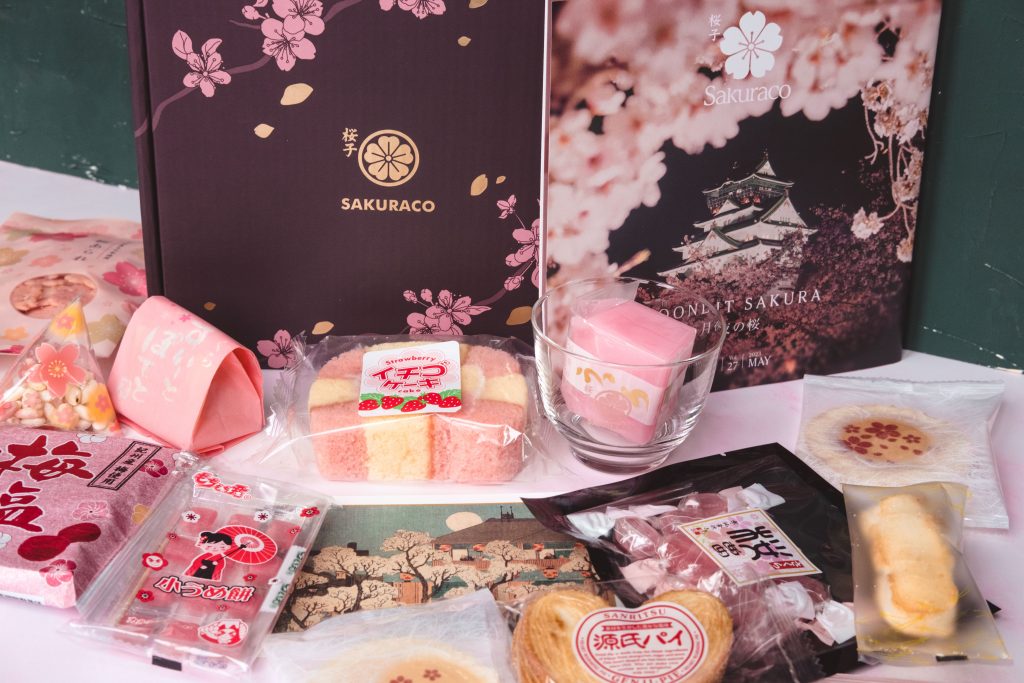
Sakuraco Box Review

Best Yokocho: Tokyo alleys guide
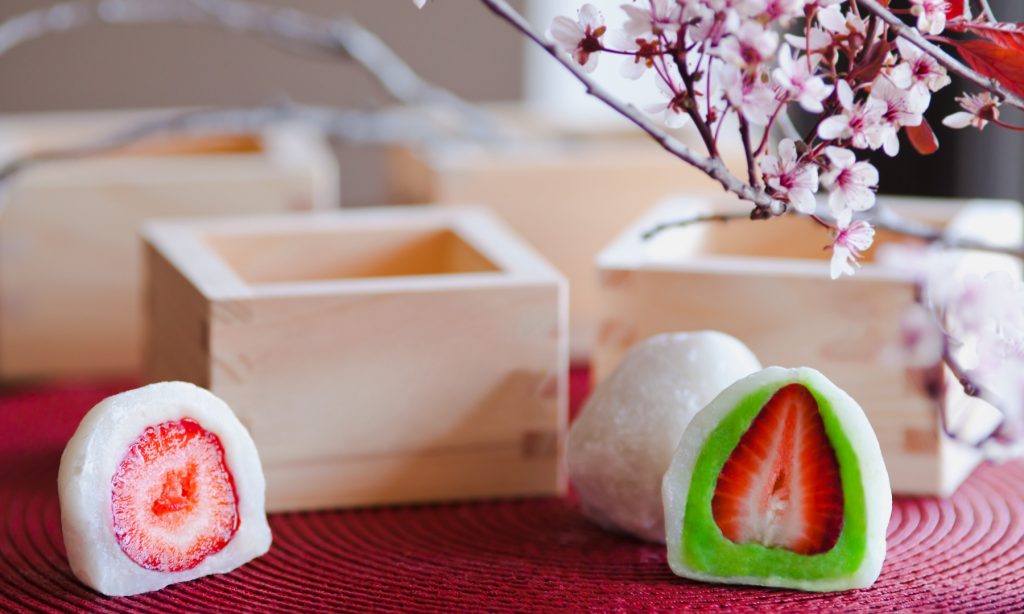
Best Japanese Desserts
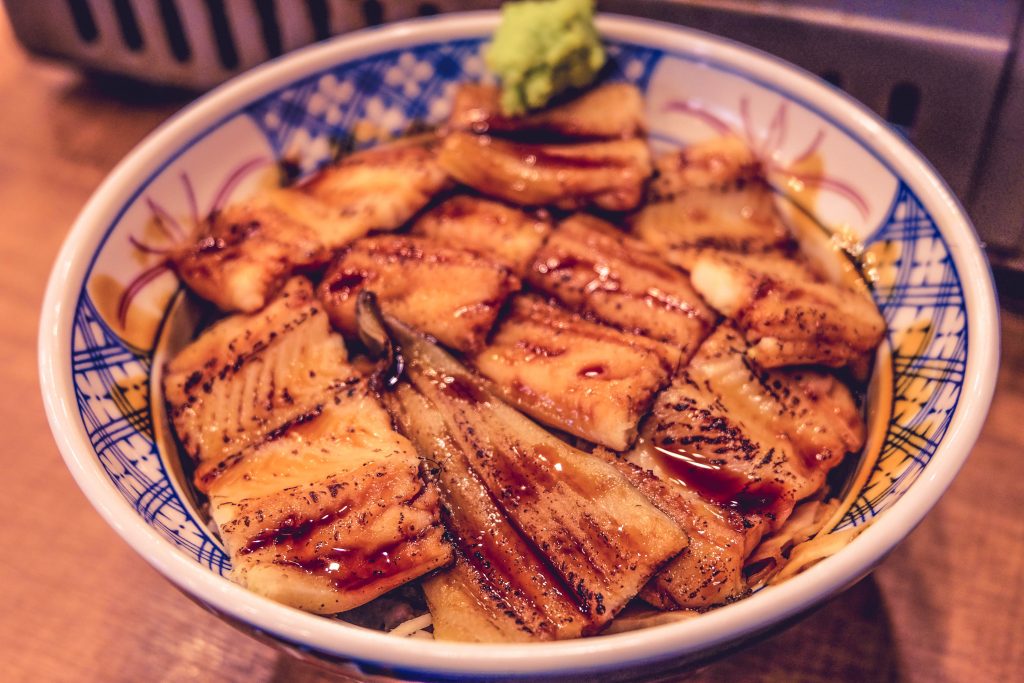
What to eat in Nagoya

Essential Tokyo Restaurants

What to eat in Japan
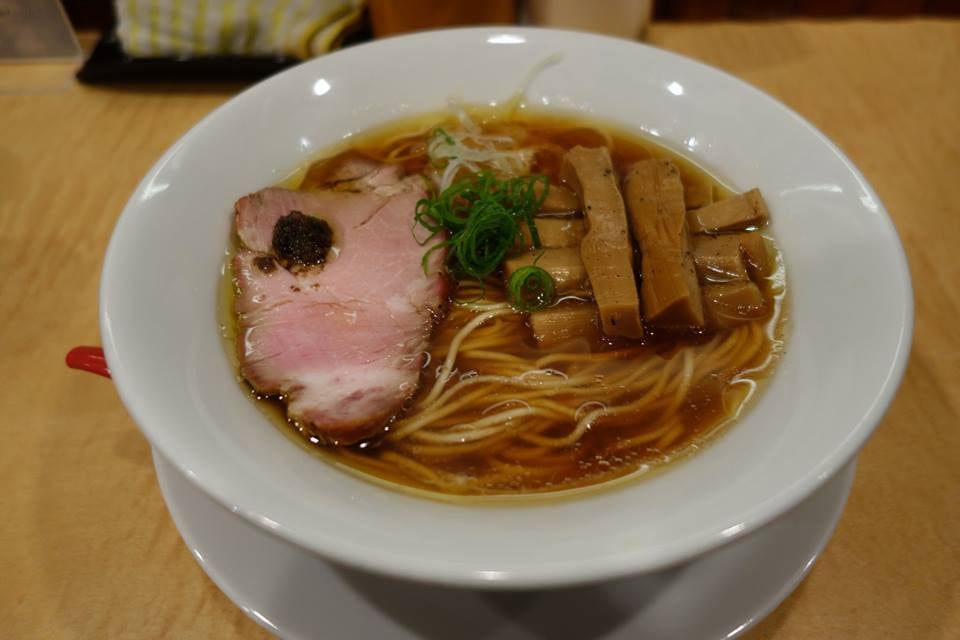
Enjoying Tsuta, Tokyo

Japanese Tea Ceremony

The perfect Japanese sushi
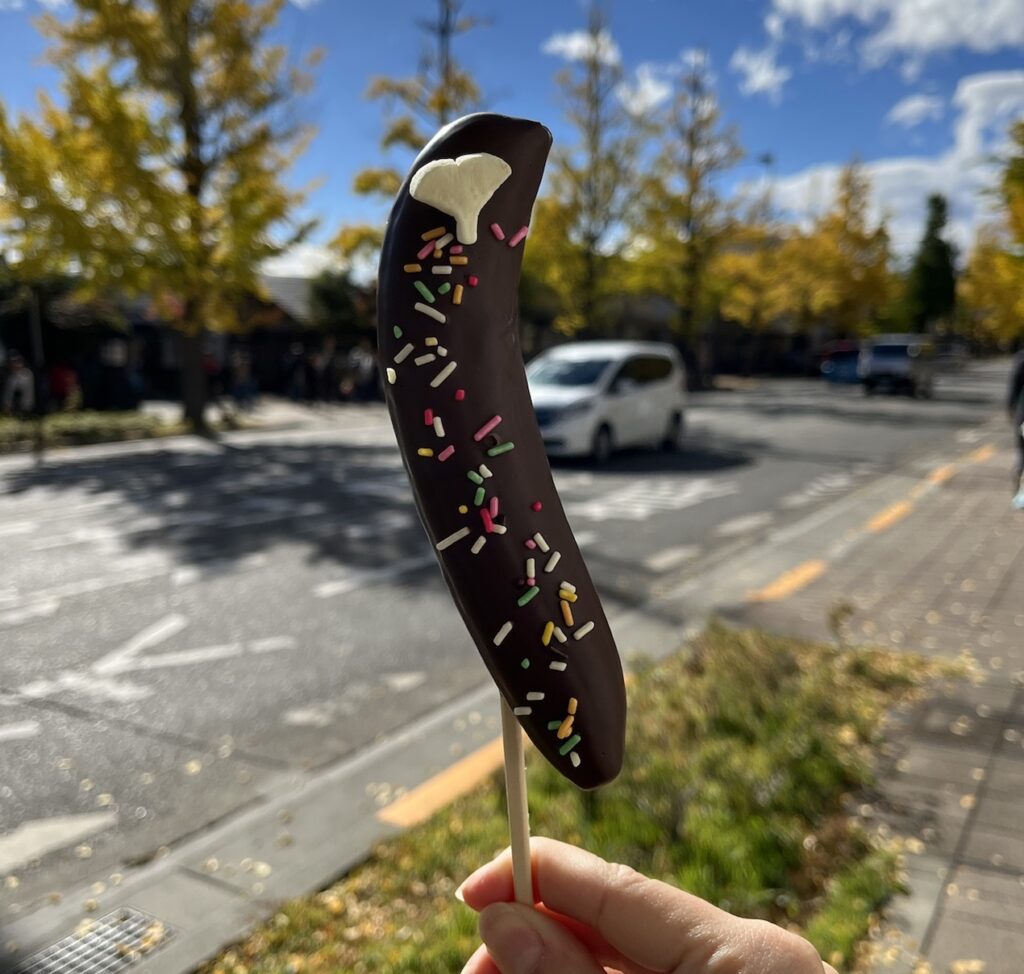
Tokyo Streetfood
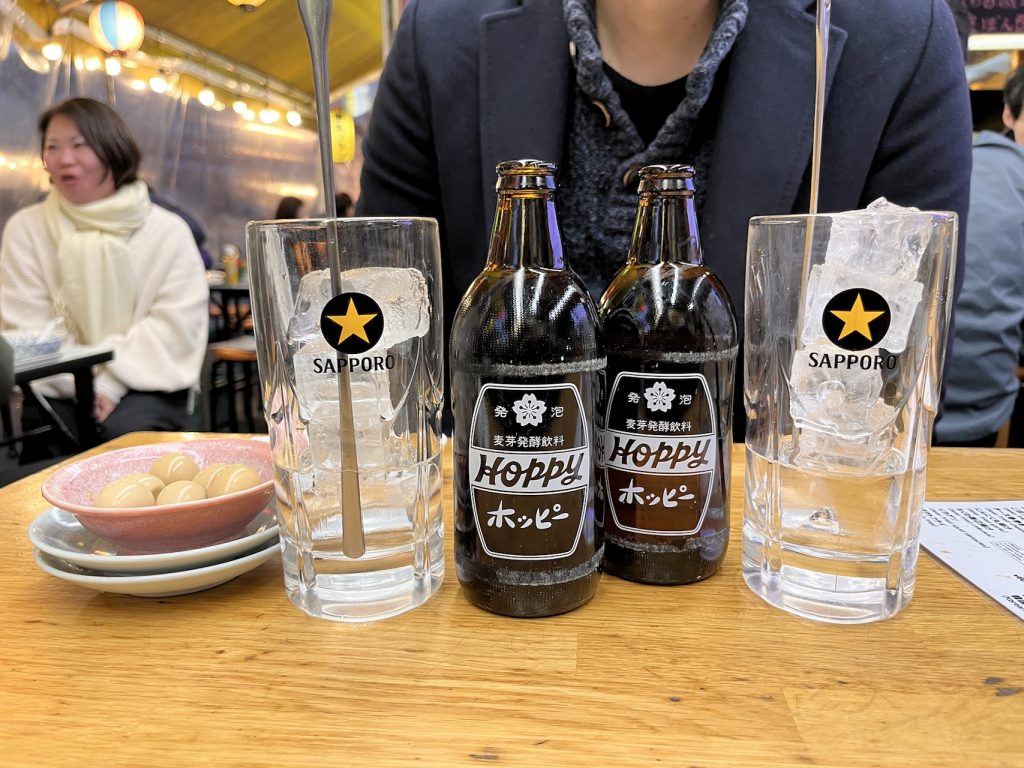
How to drink in Japan
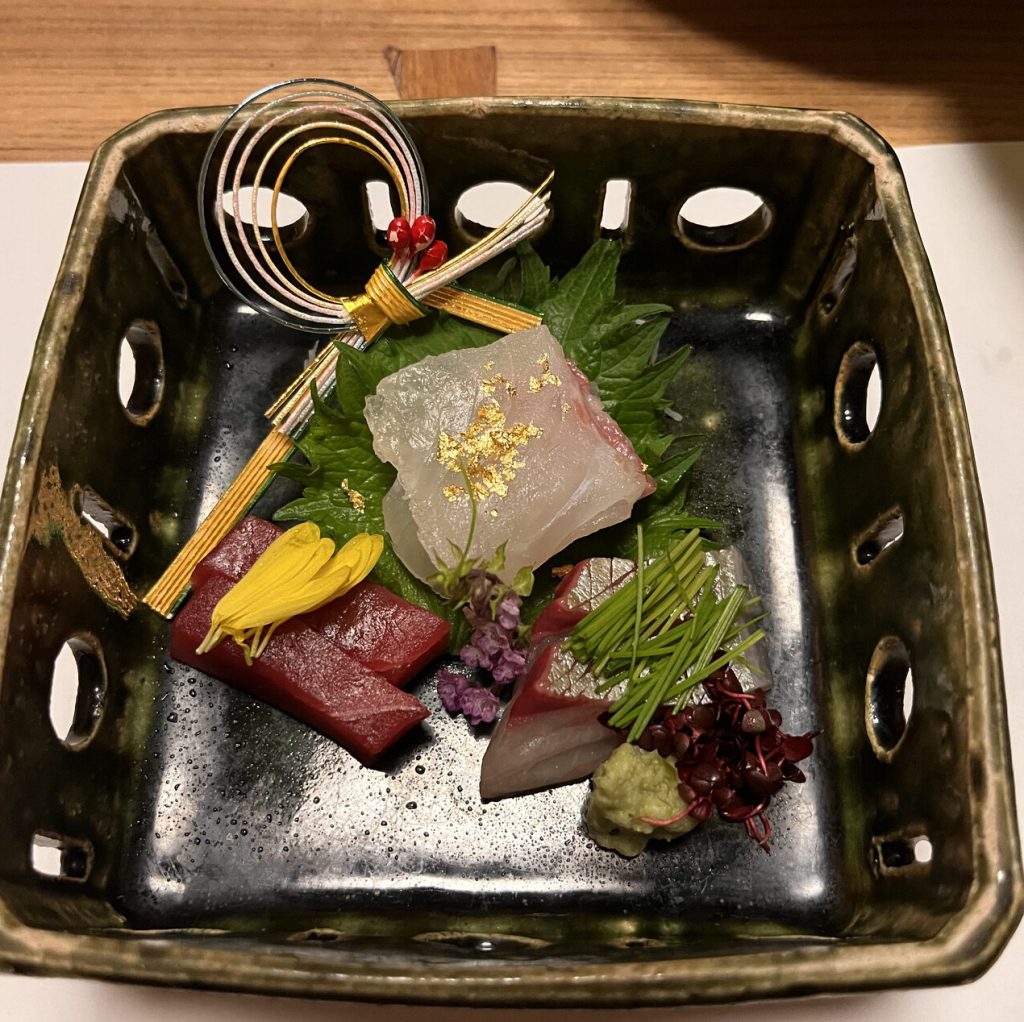
What to eat in Kyoto
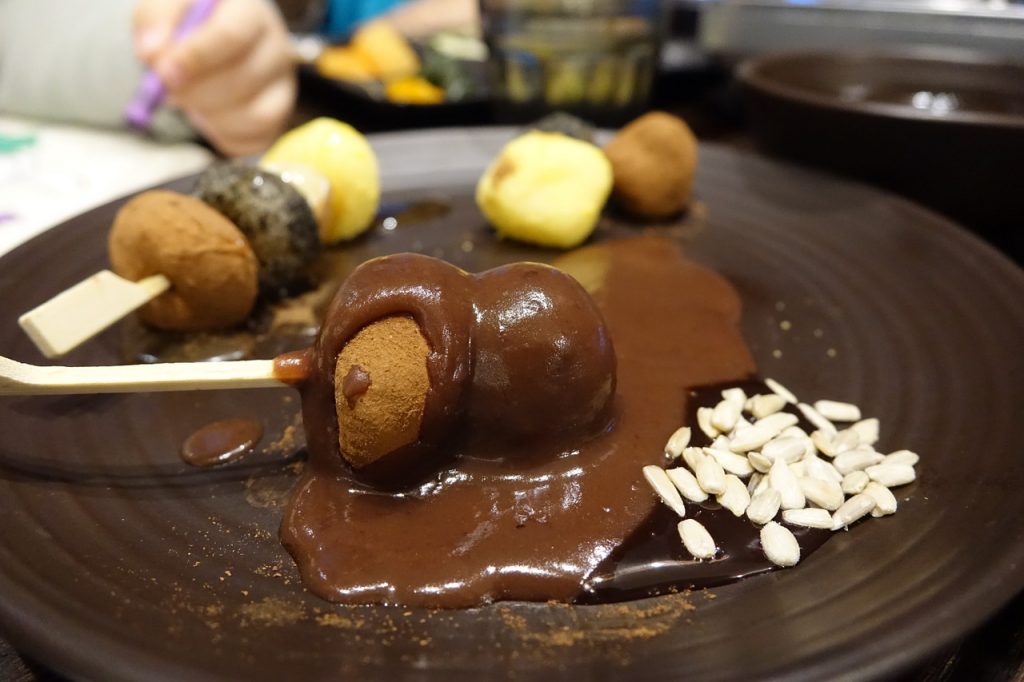
Tokyo Streetfood
Japanese cuisine is considered one of the best in the world. With more Michelin star restaurants than any other country and plenty of street food options, you’ll never get bored with the food here. Your trip to Japan will be about food, and once you sample some dishes, you’ll fall in love with the country even more.
The Japanese have a worldwide reputation for being incredibly passionate about their food. Throughout the centuries, skilful chefs have perfected the art of cooking. With every bite of sushi or each sip of ramen, you can tell that Japanese food has a soul.
Most people associate Japan with sushi, and for good reason. Japan is home to the largest fish market in the world, which means, you’ll sample some of the freshest fish. Sushi chefs (itamae) train for years before they are allowed to make your most exquisite sushi.
Try ramen while you are in Japan. Every region has its own ramen with different flavours. In Himeji, you can even find a usual, yet delicious milk ramen. Since your whole trip is all about tasting food, you will want to add mochi, dango and takoyaki to your list of must-try dishes and snacks. Order tonkatsu from one of the rural villages and eat the best Japanese sweets from a traditional tea house, where you’ll also learn about the Japanese tea ceremony.
Stop at a family mart or a 7-eleven and grab a snack on the go and get a hot beverage from one of the 5 million vending machines in the country.
Shopping and Souvenirs
You can stop at a souvenir shop to purchase the usual gifts from Japan or you can go to a shop in Japan and combine souvenir hunting with an awesome shopping experience.
Head over to a supermarket in Japan to purchase sweets and drinks from Japan for family and friends. Buy a box of mochi or a small bottle of sake. You can find rice crackers, jellies, and all sorts of unique items that taste fantastic.
If you wish to purchase clothes, you can visit one of the main shopping centres. Even train stations will have plenty of shopping options, so you’ll never be too far from one. For unique items, head over to Tokyo Hands, a cute shop in Tokyo that’s particularly great for souvenirs from Japan. The Loft in Shibuya is another great option where you’ll find items for home, kitchen, office, and even your car. The products are cute and memorable, and you’ll want to bring home so many gifts from your Japan travel.
